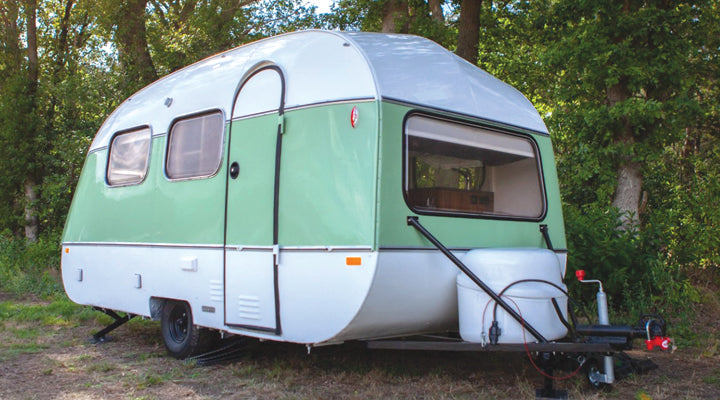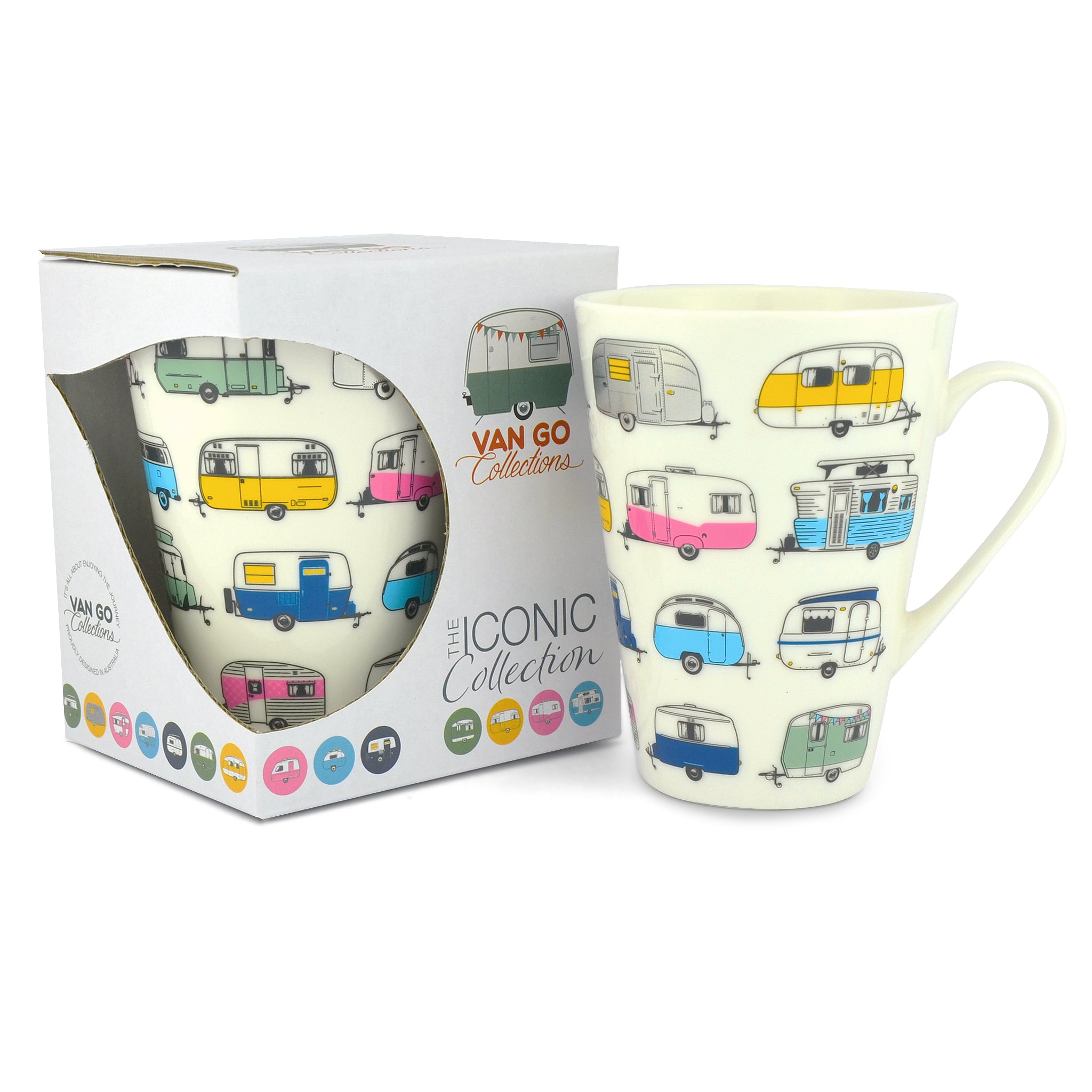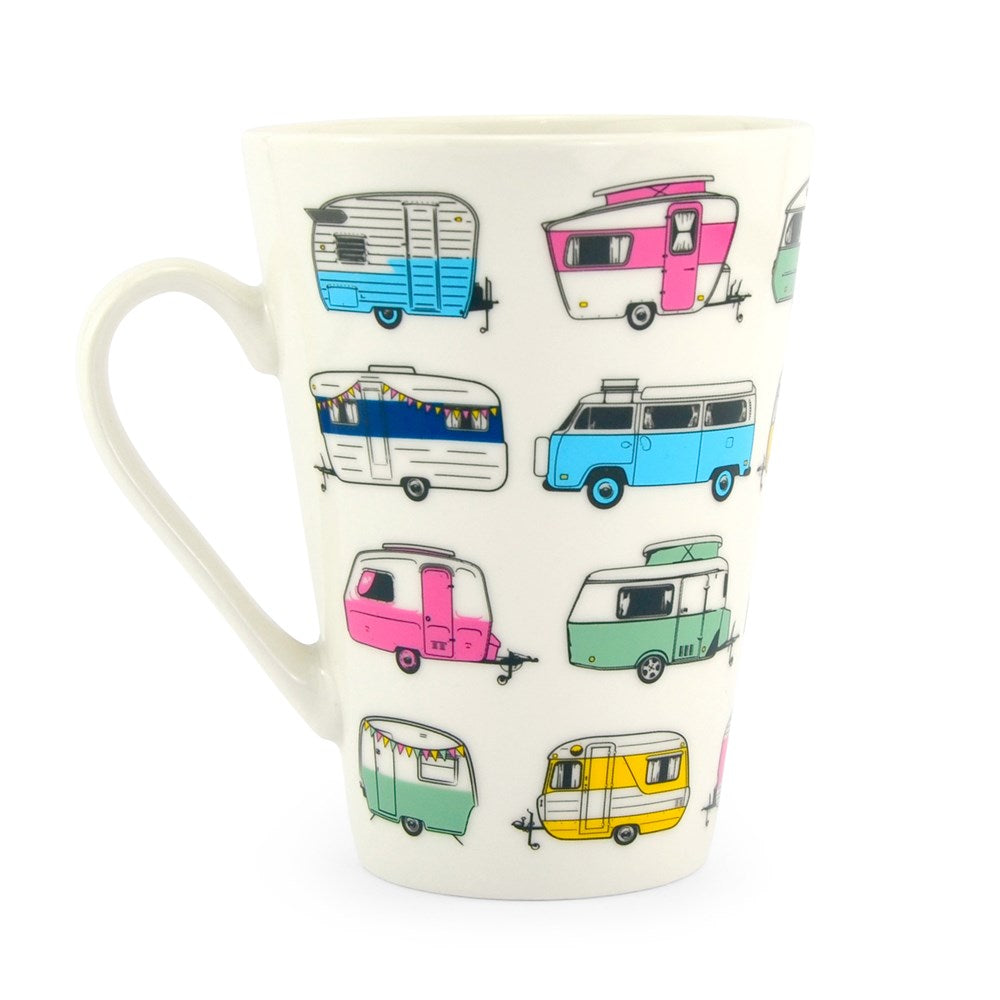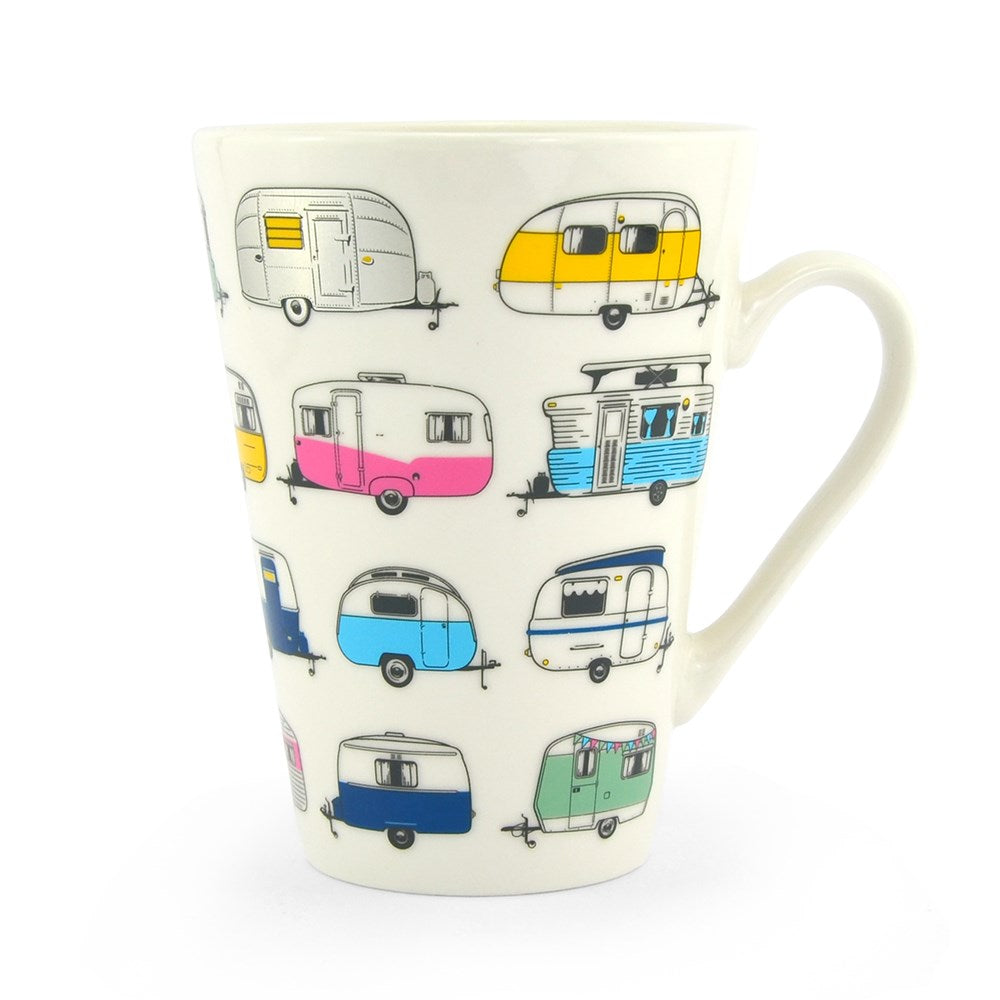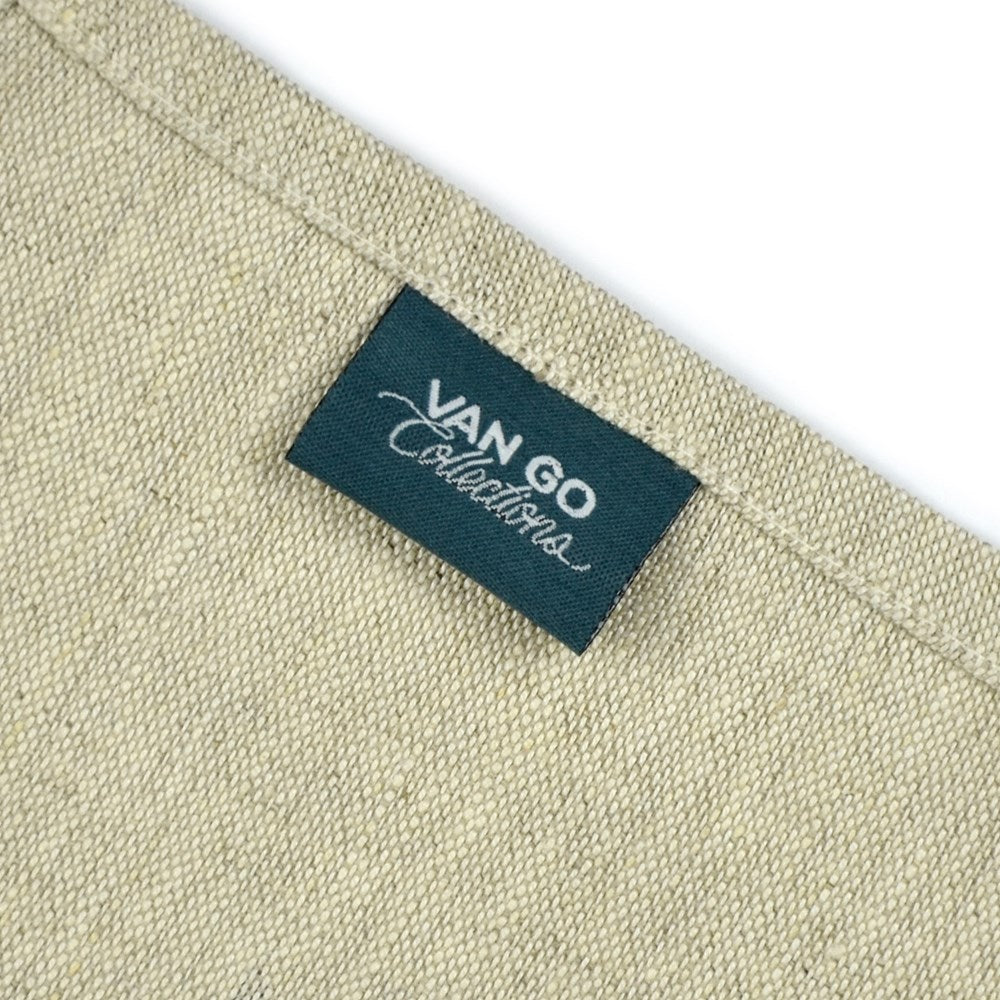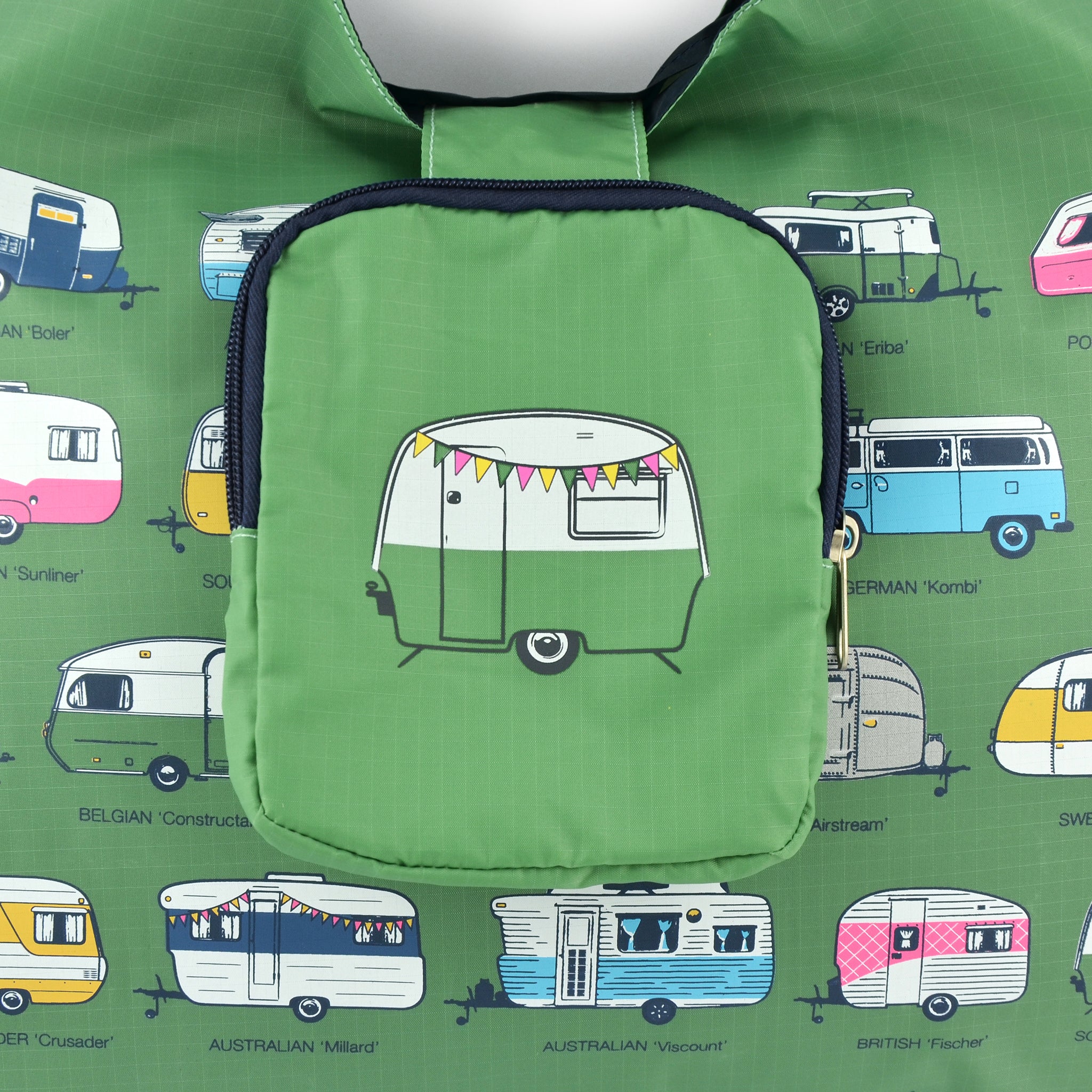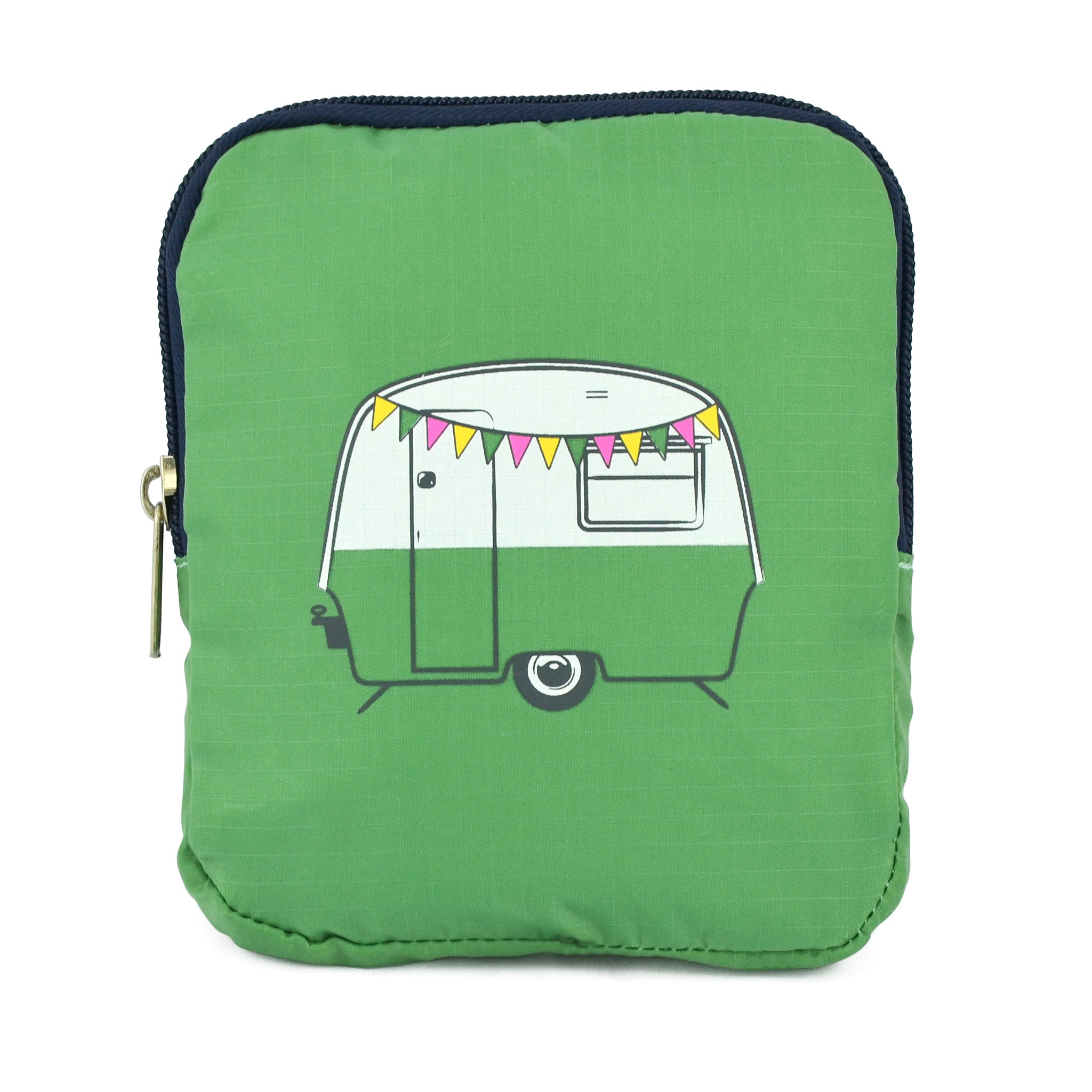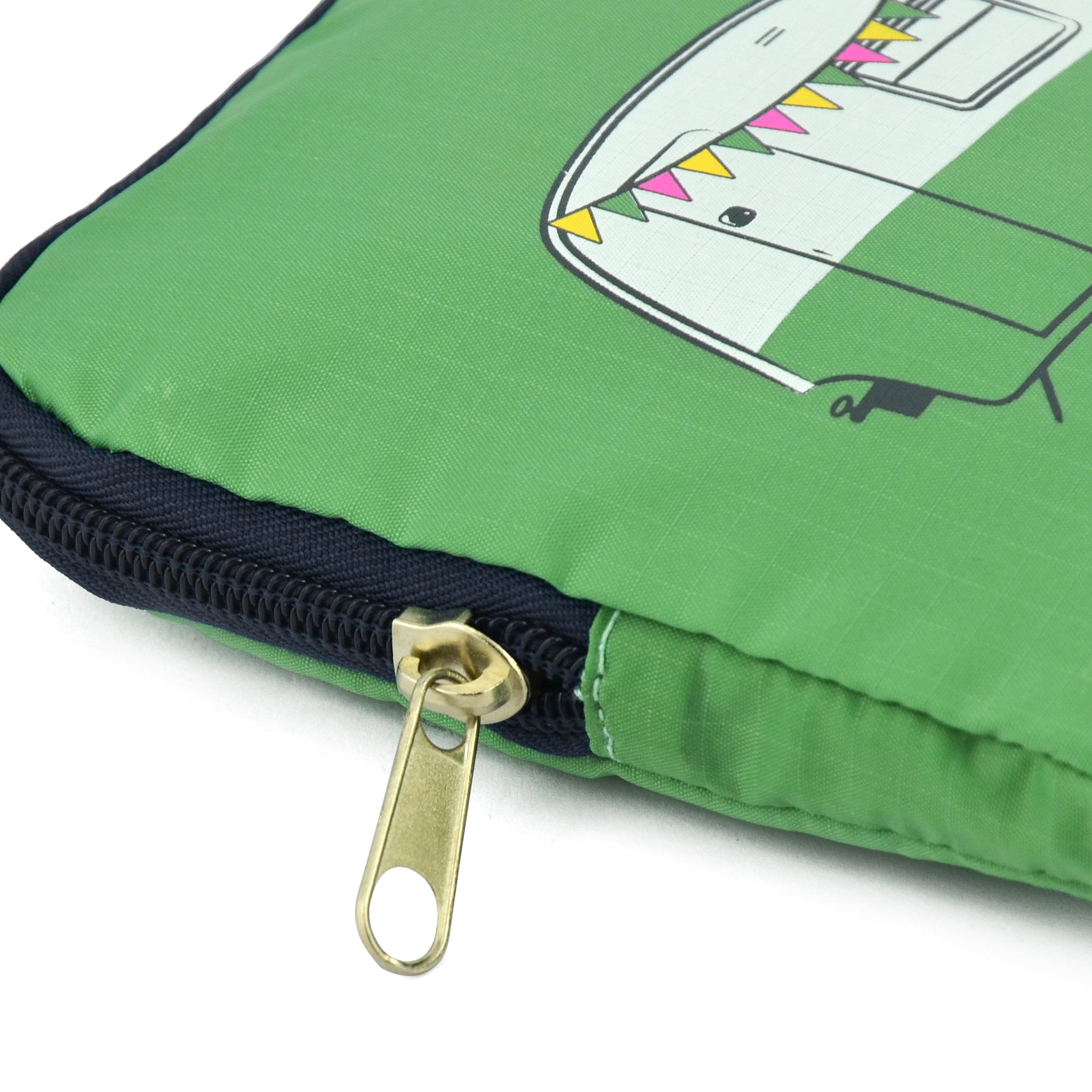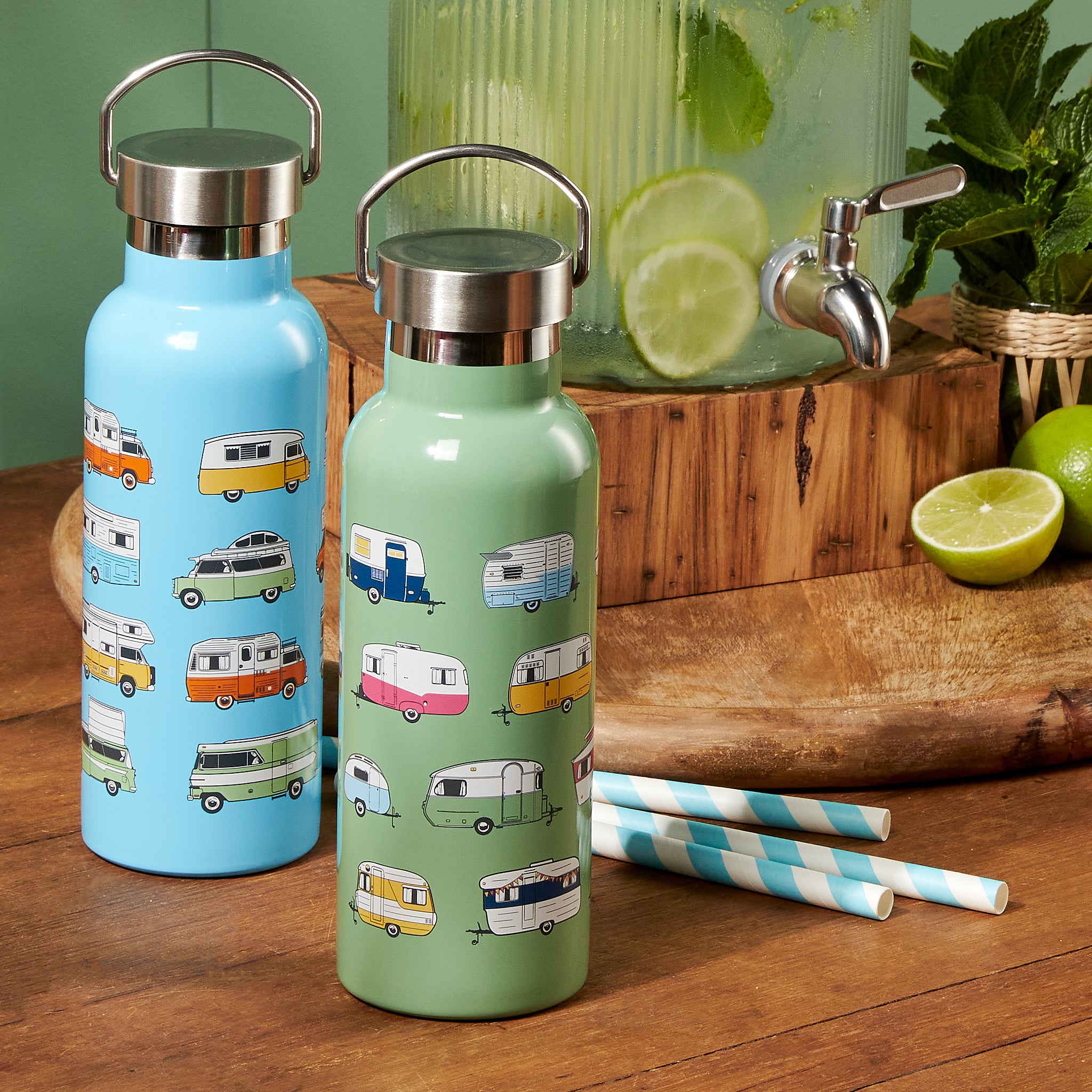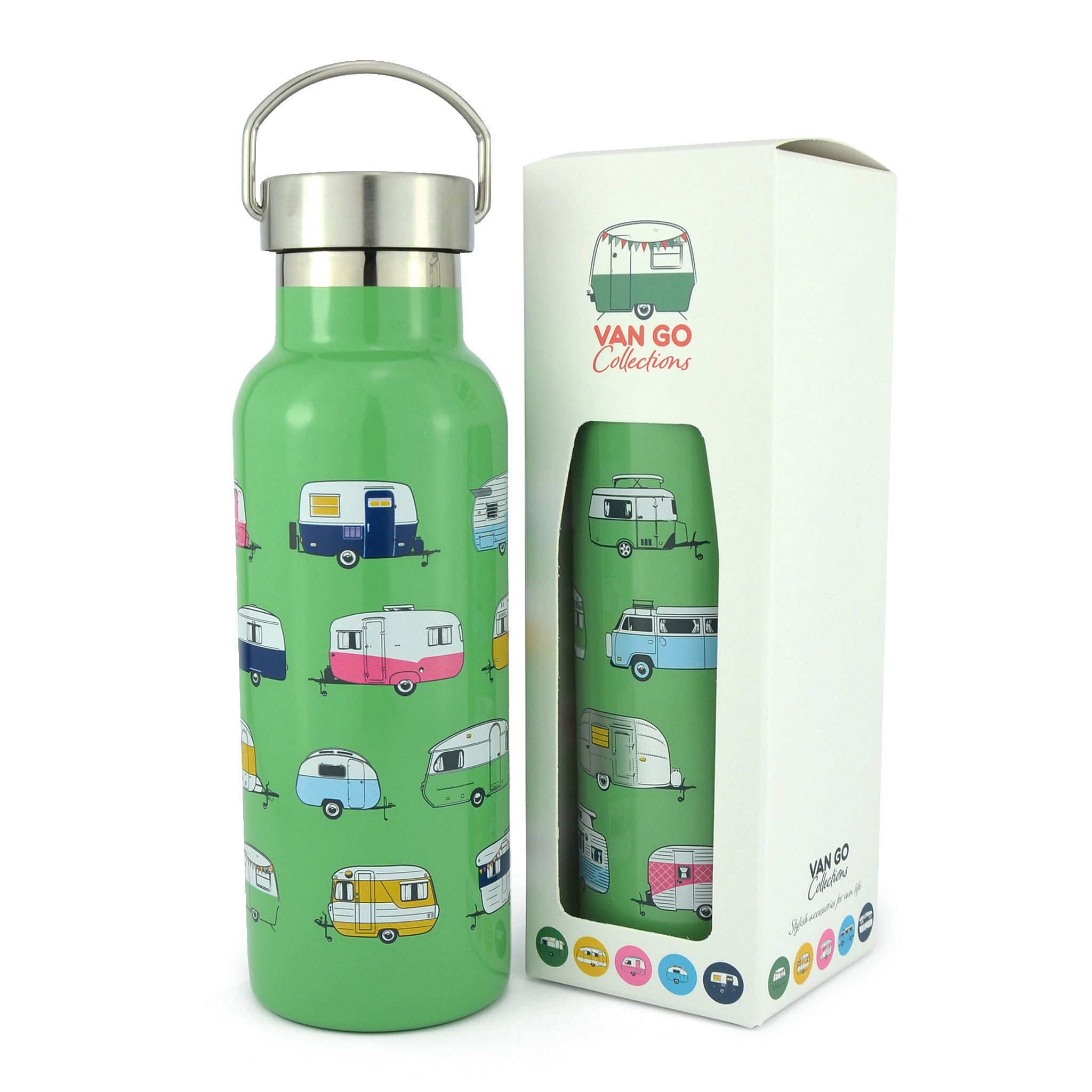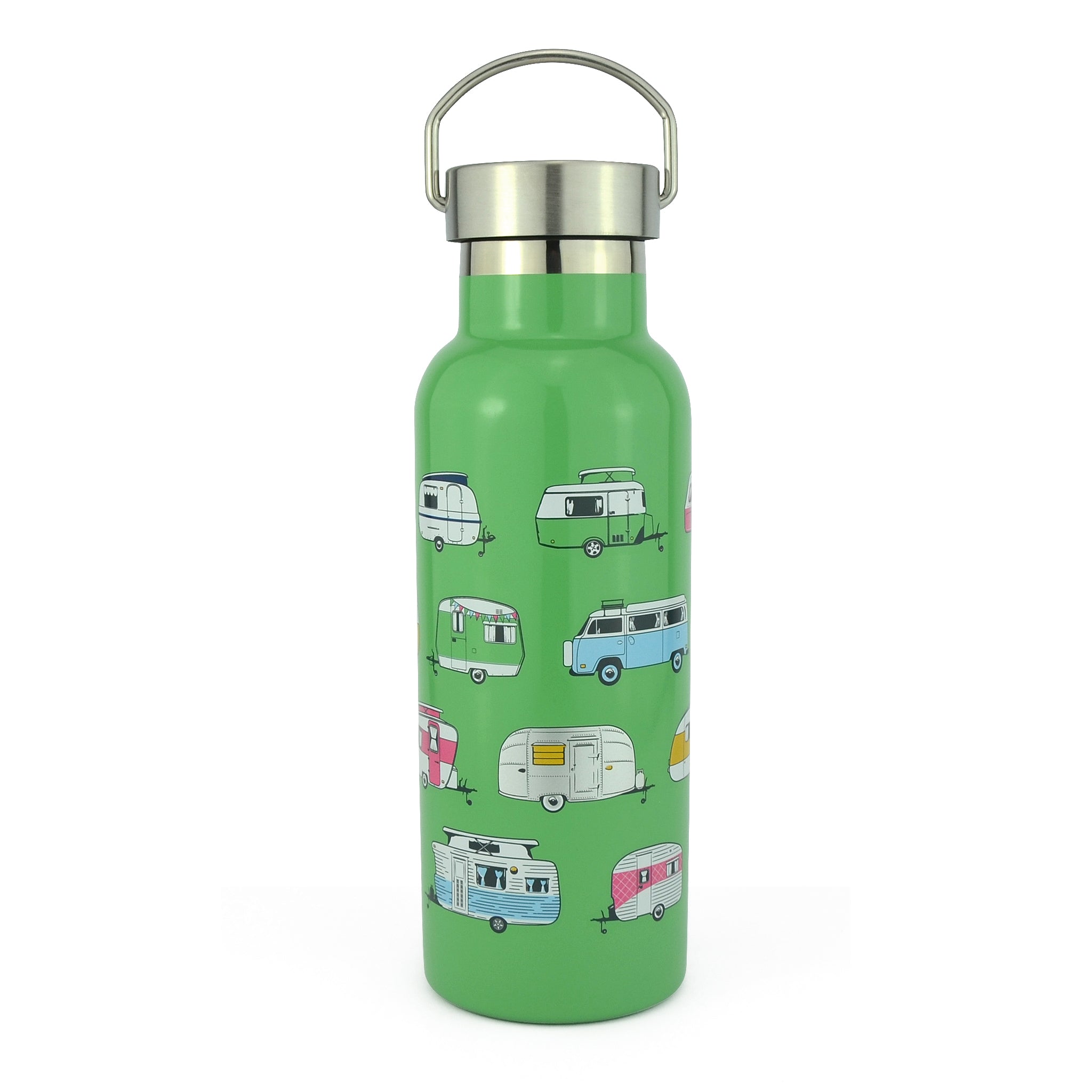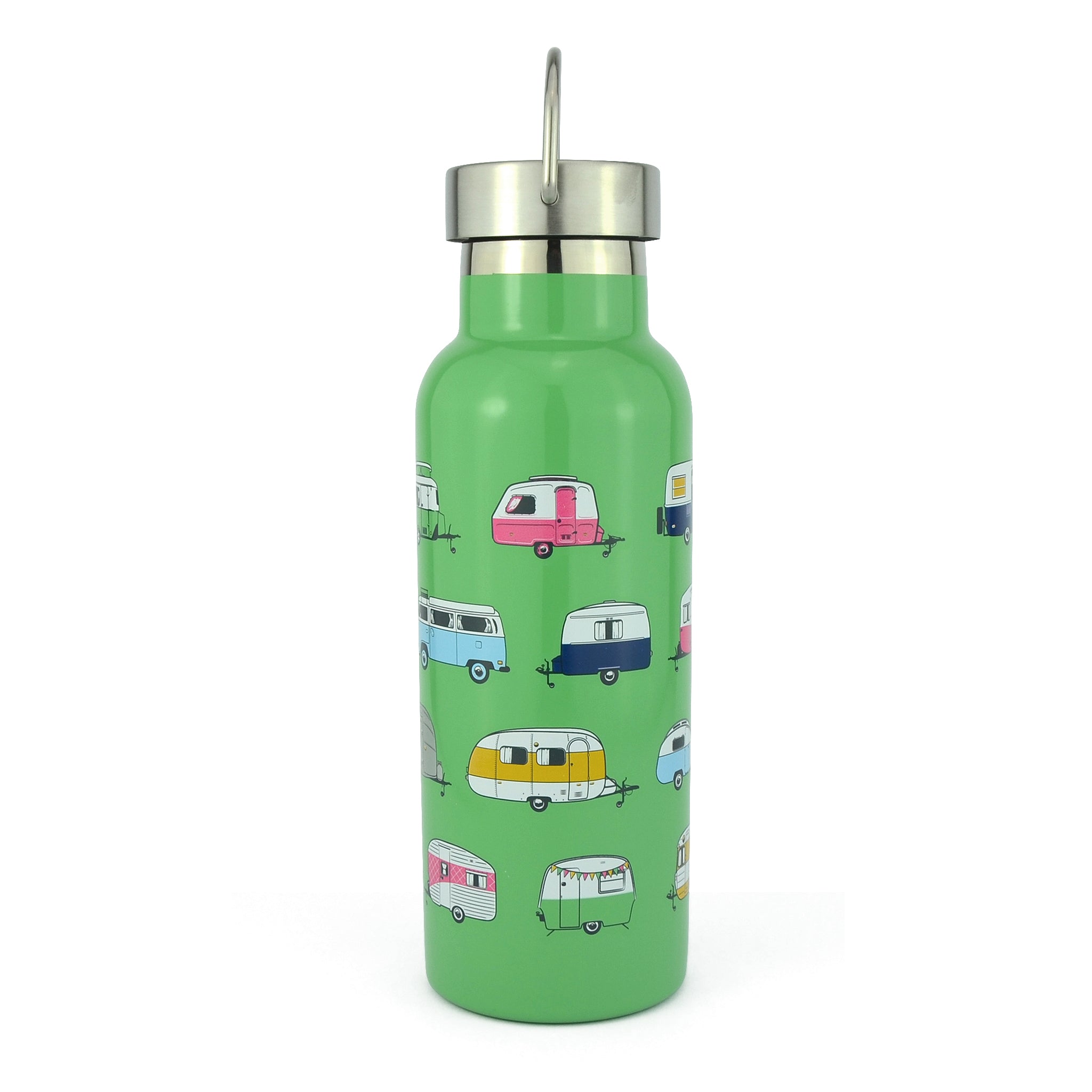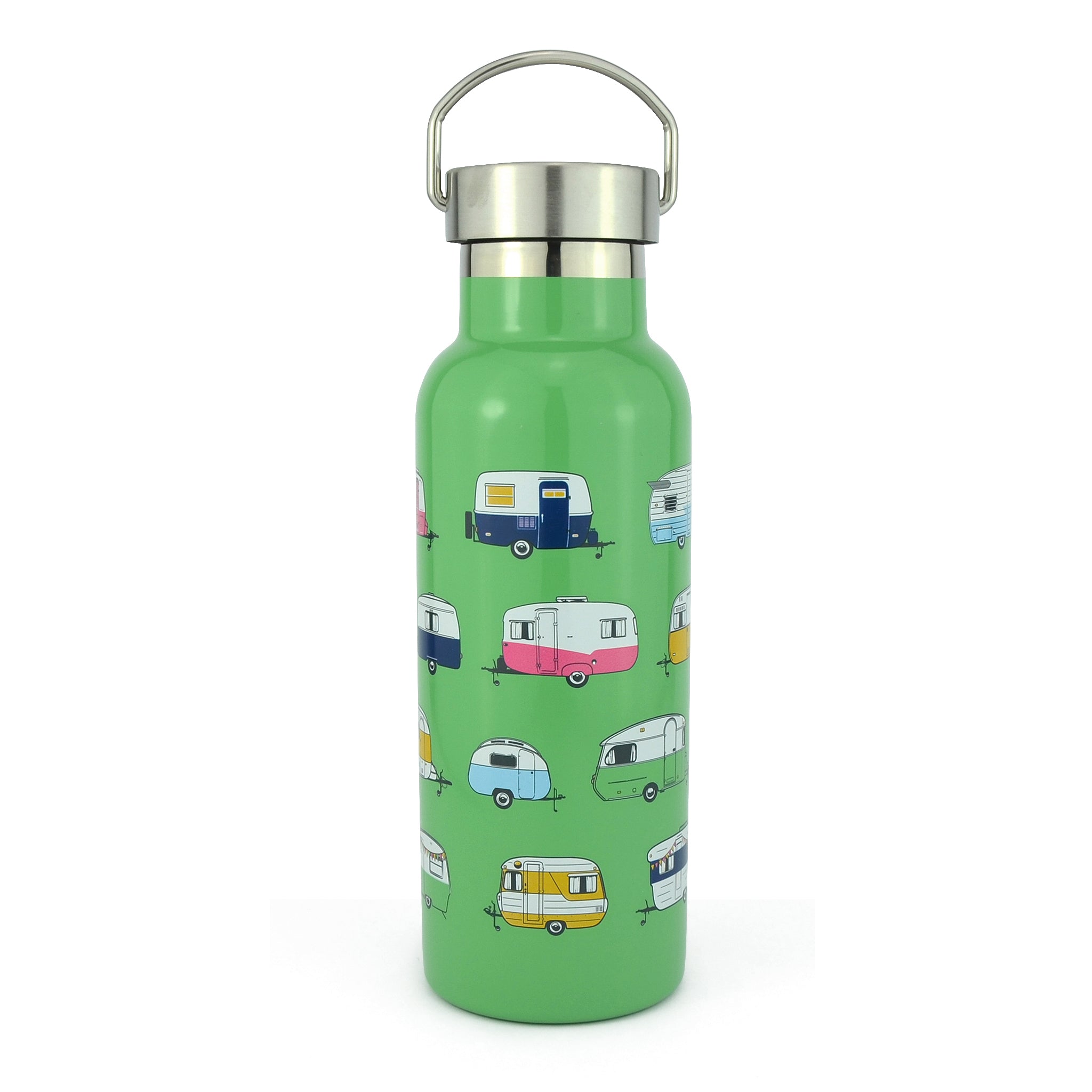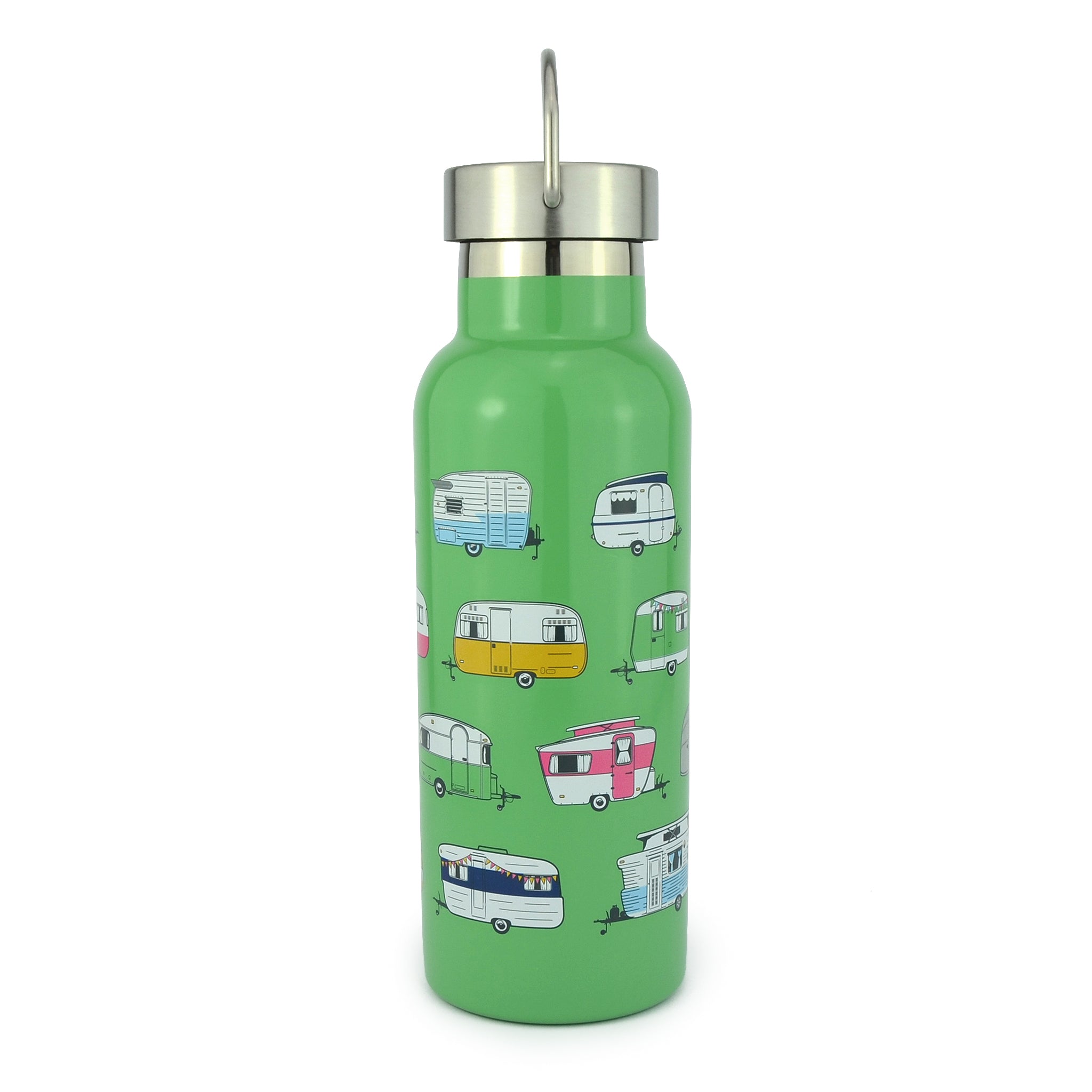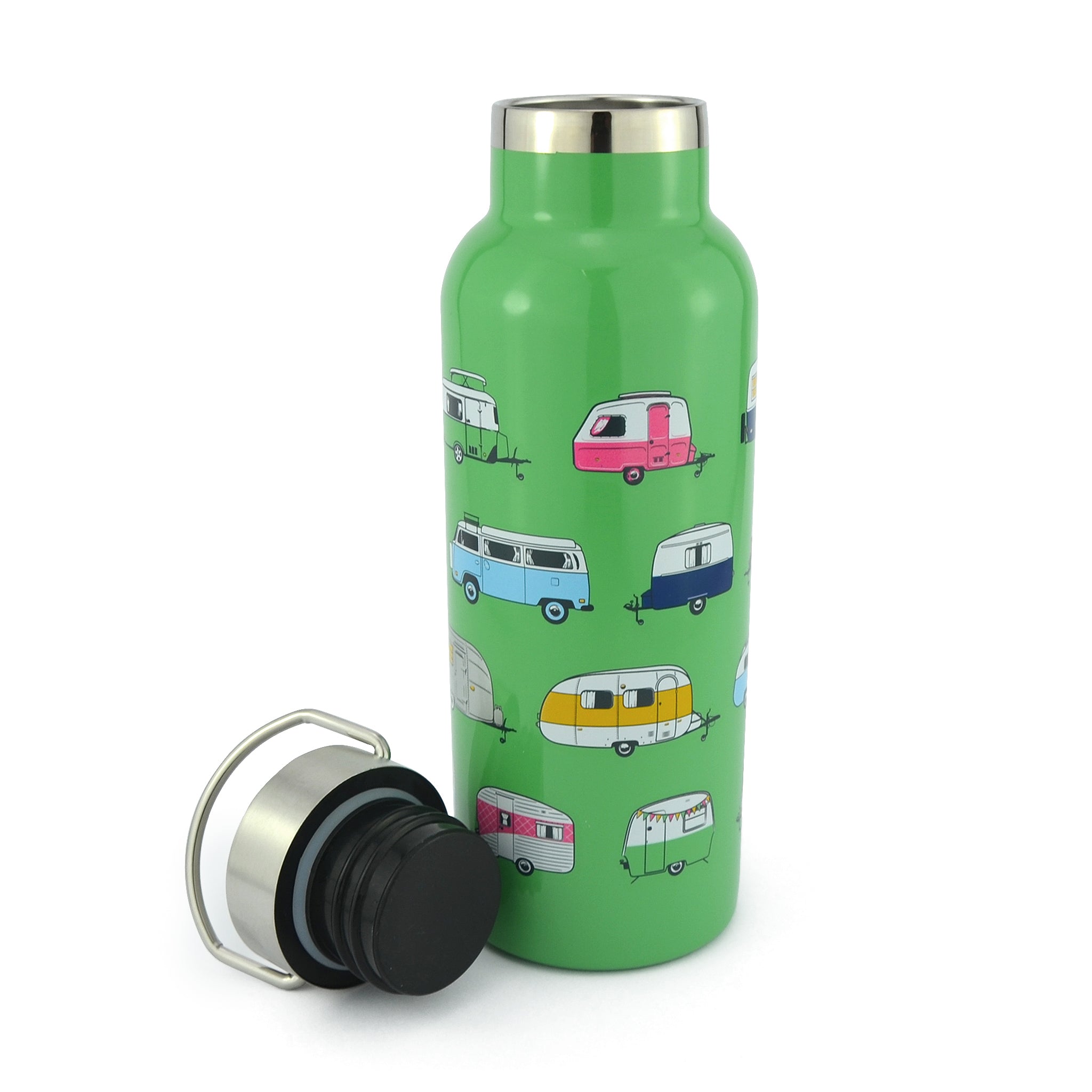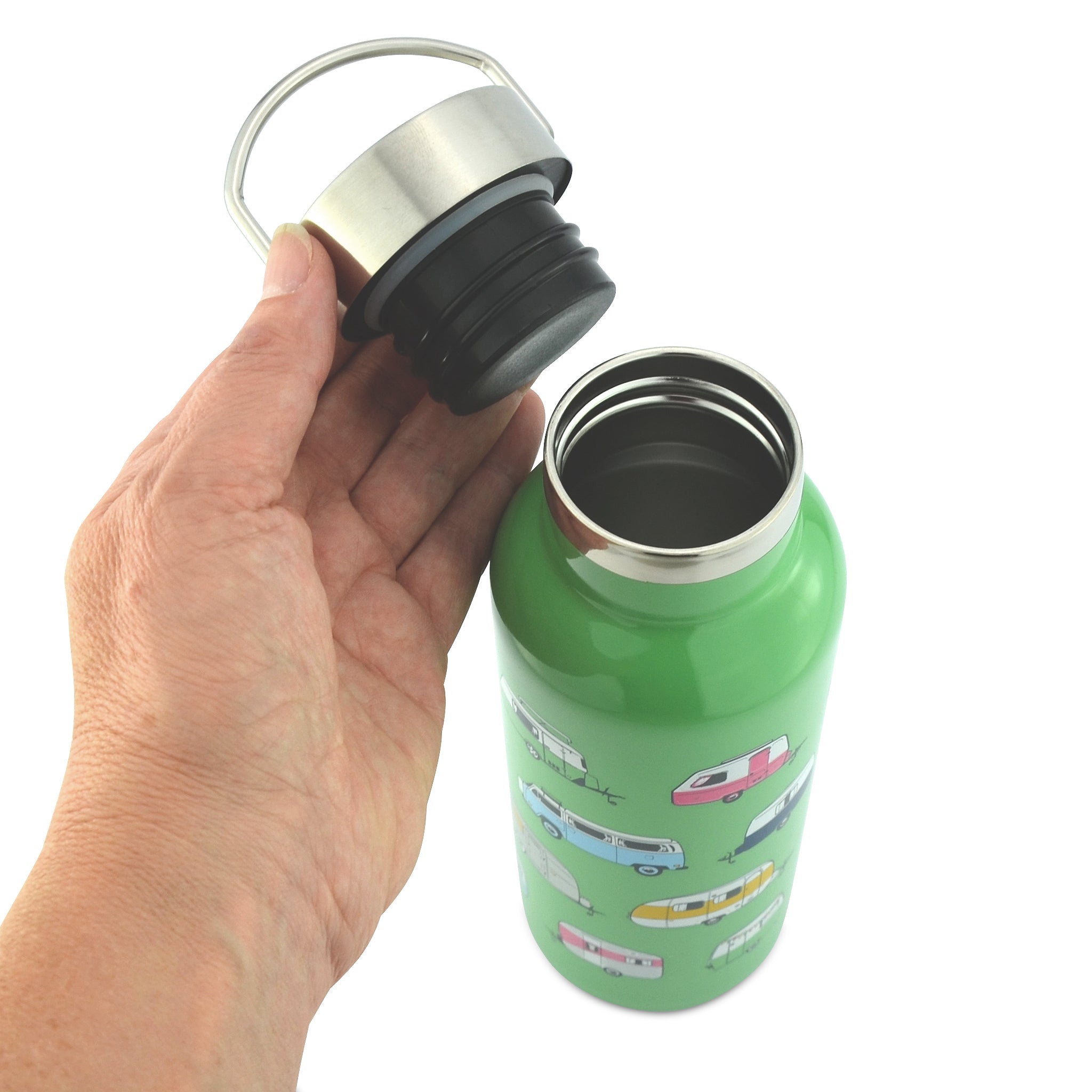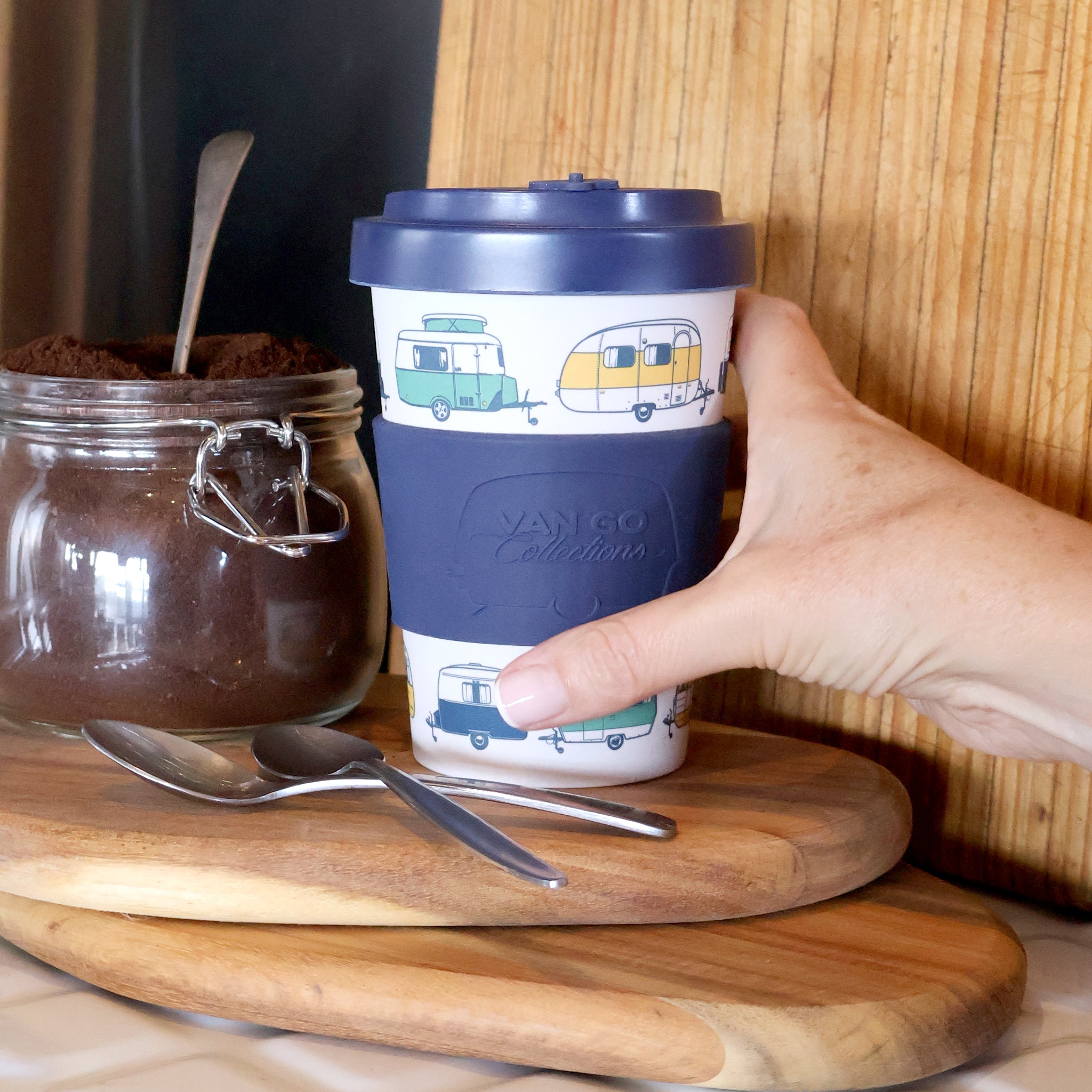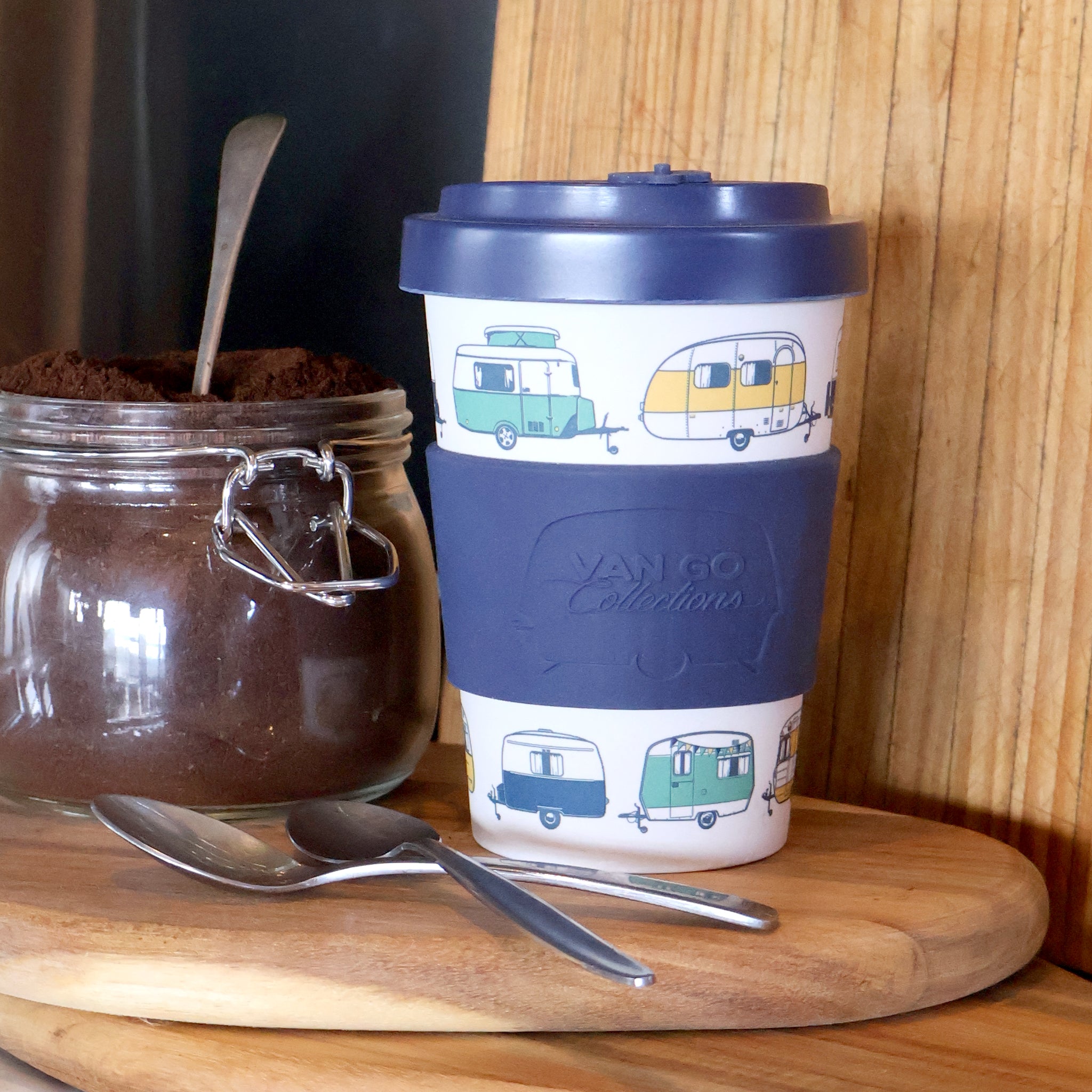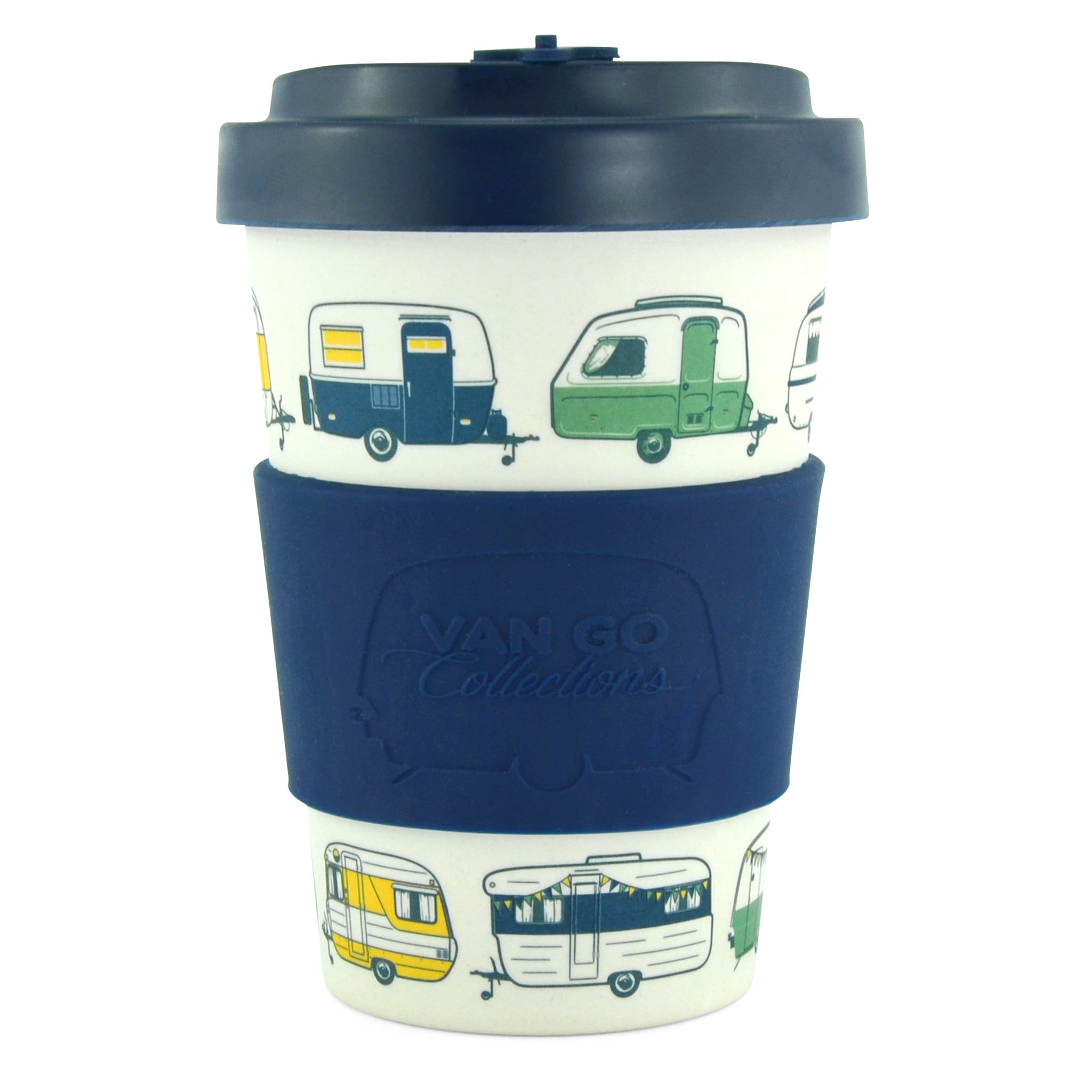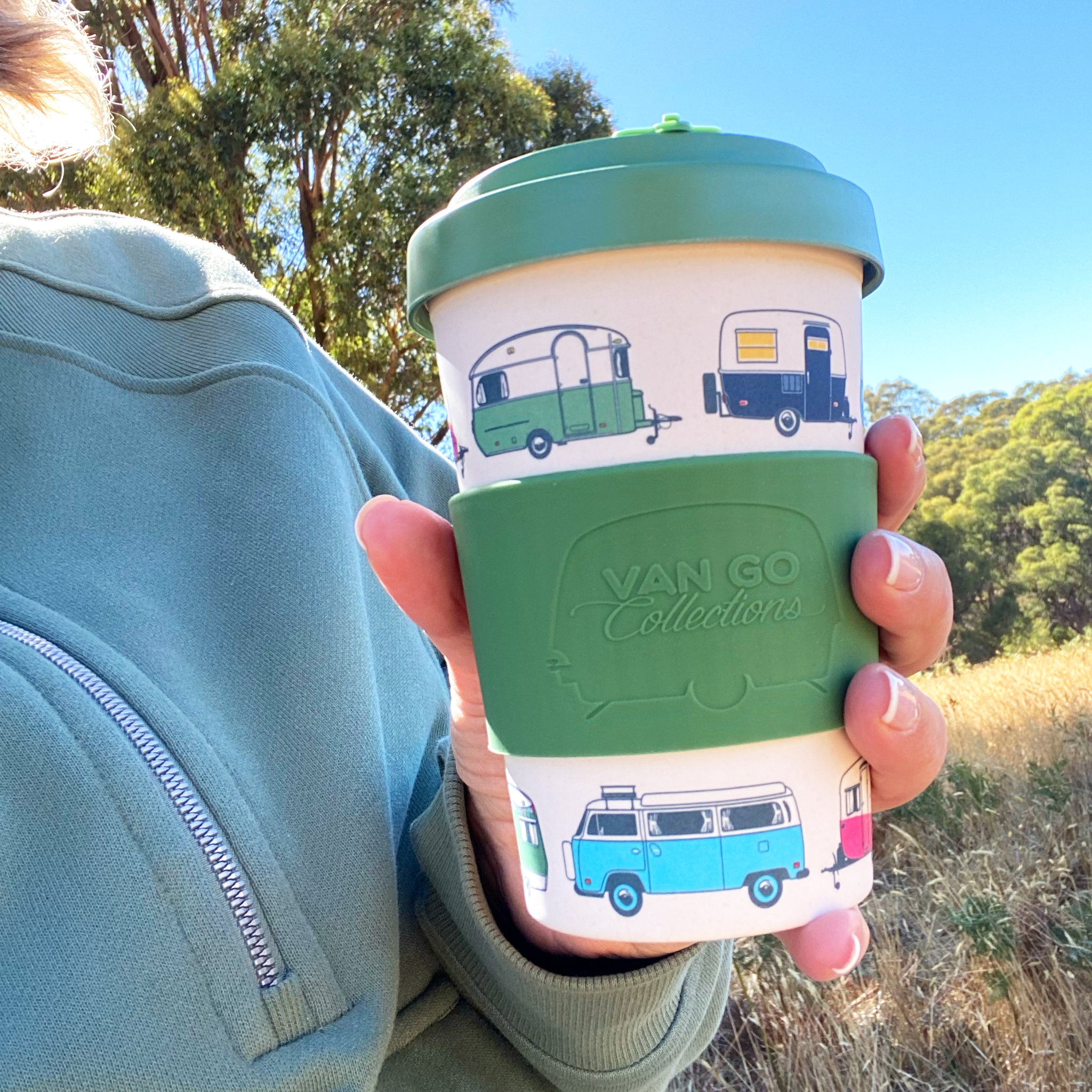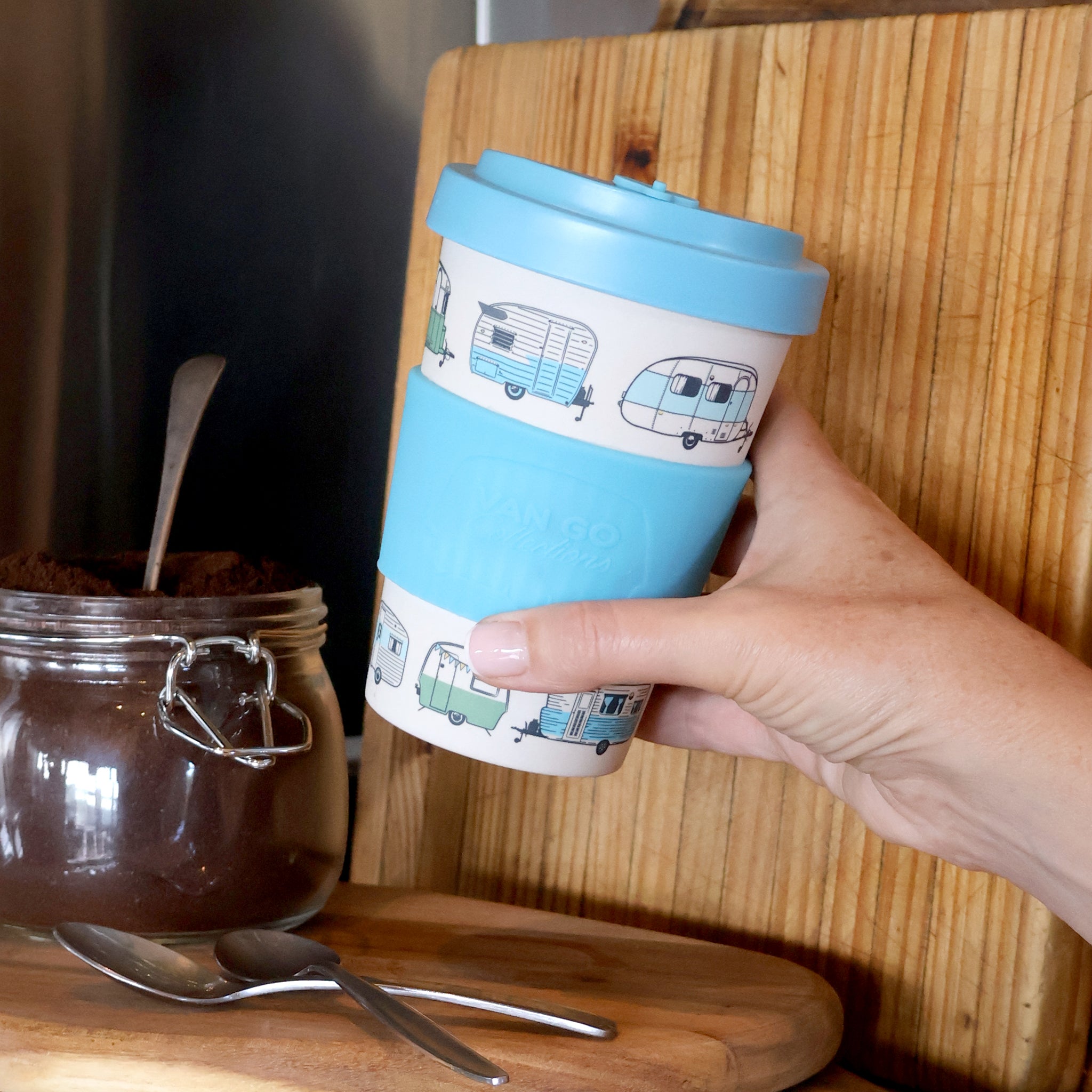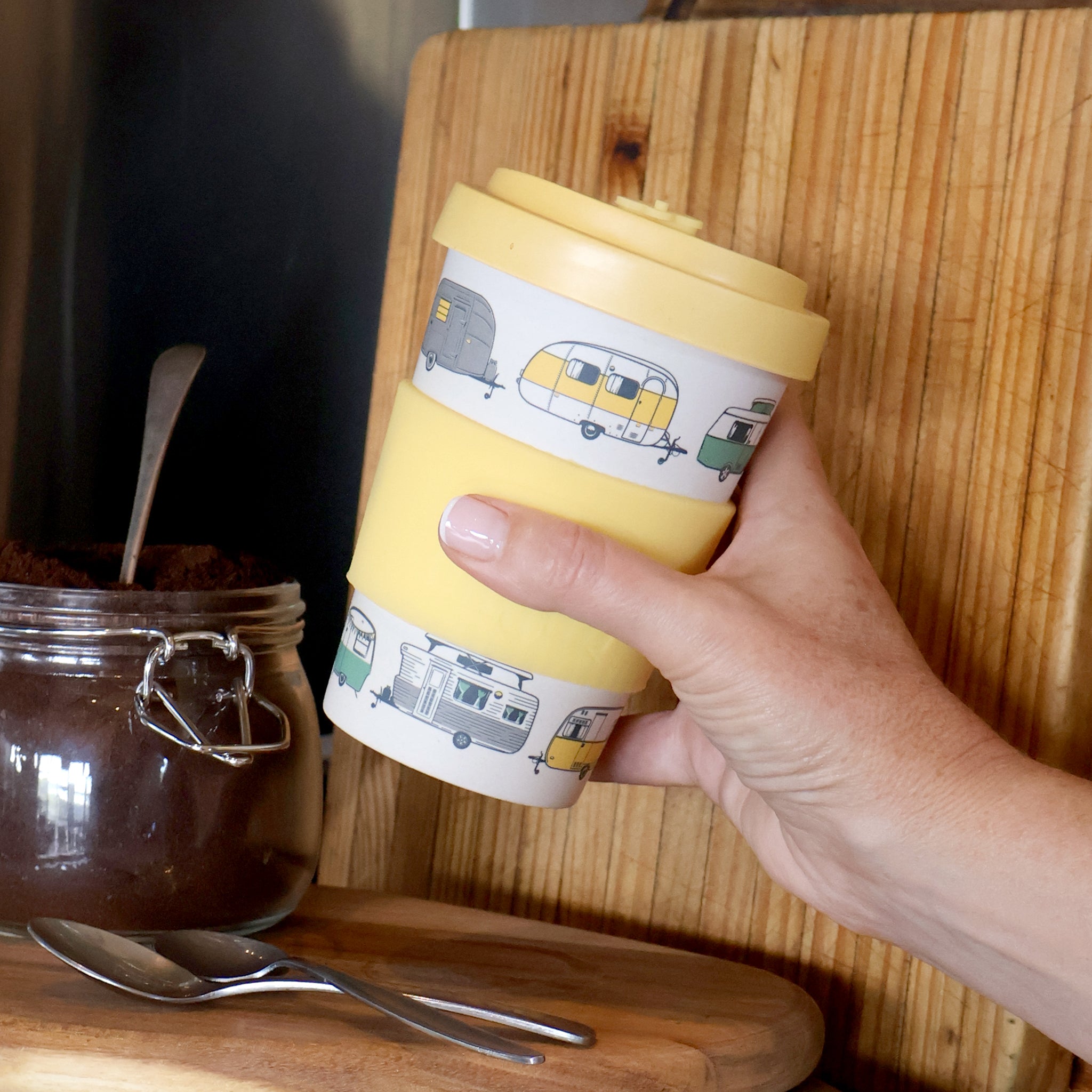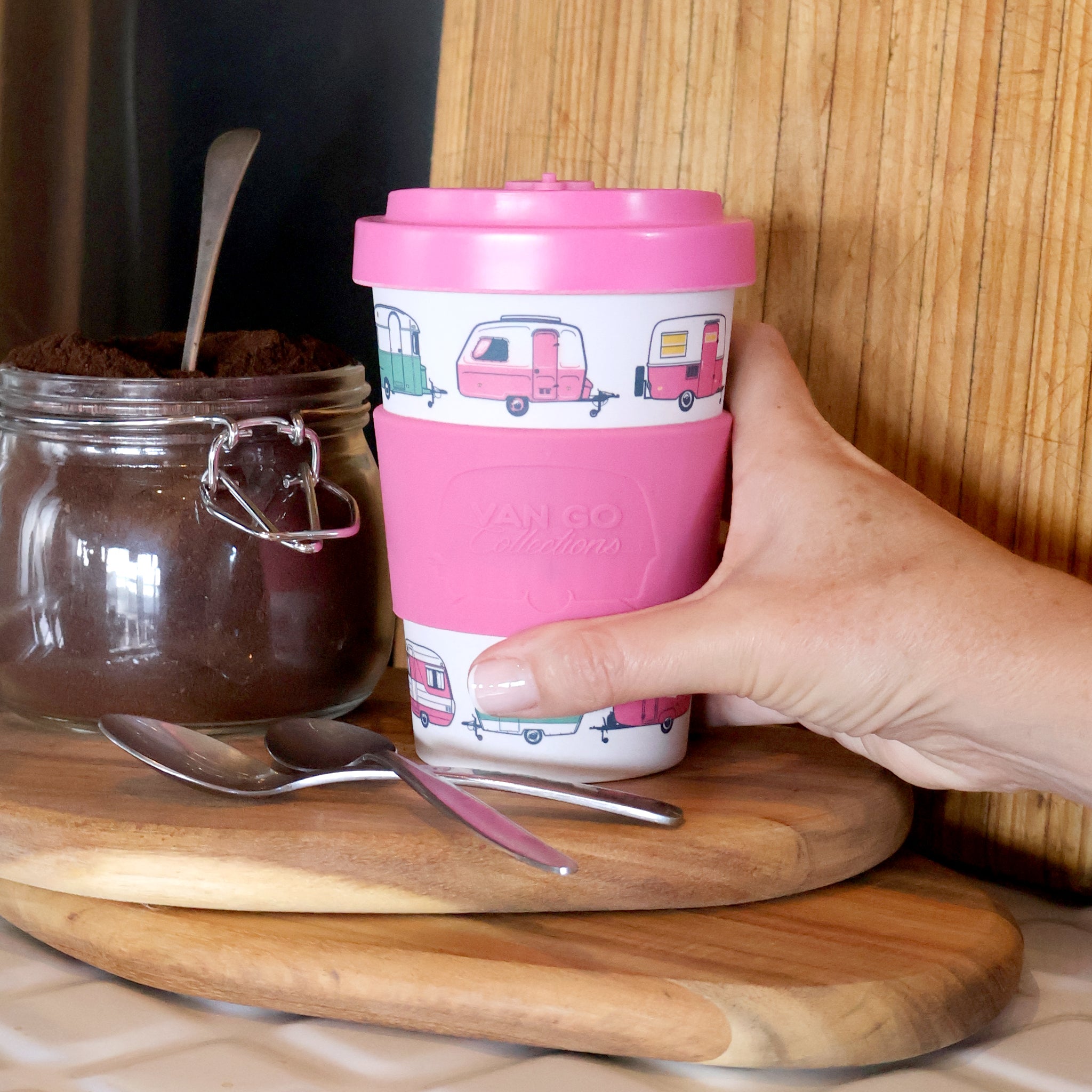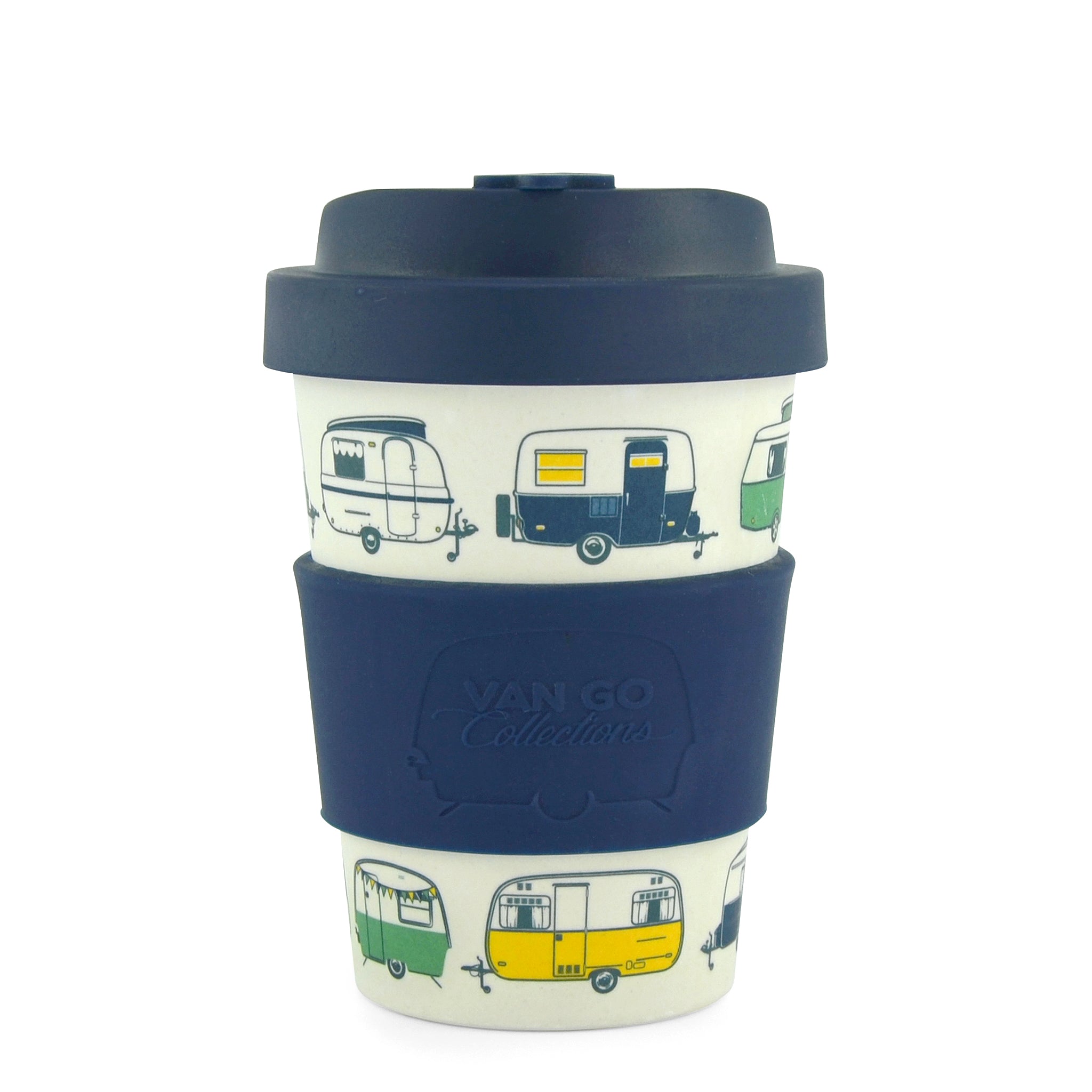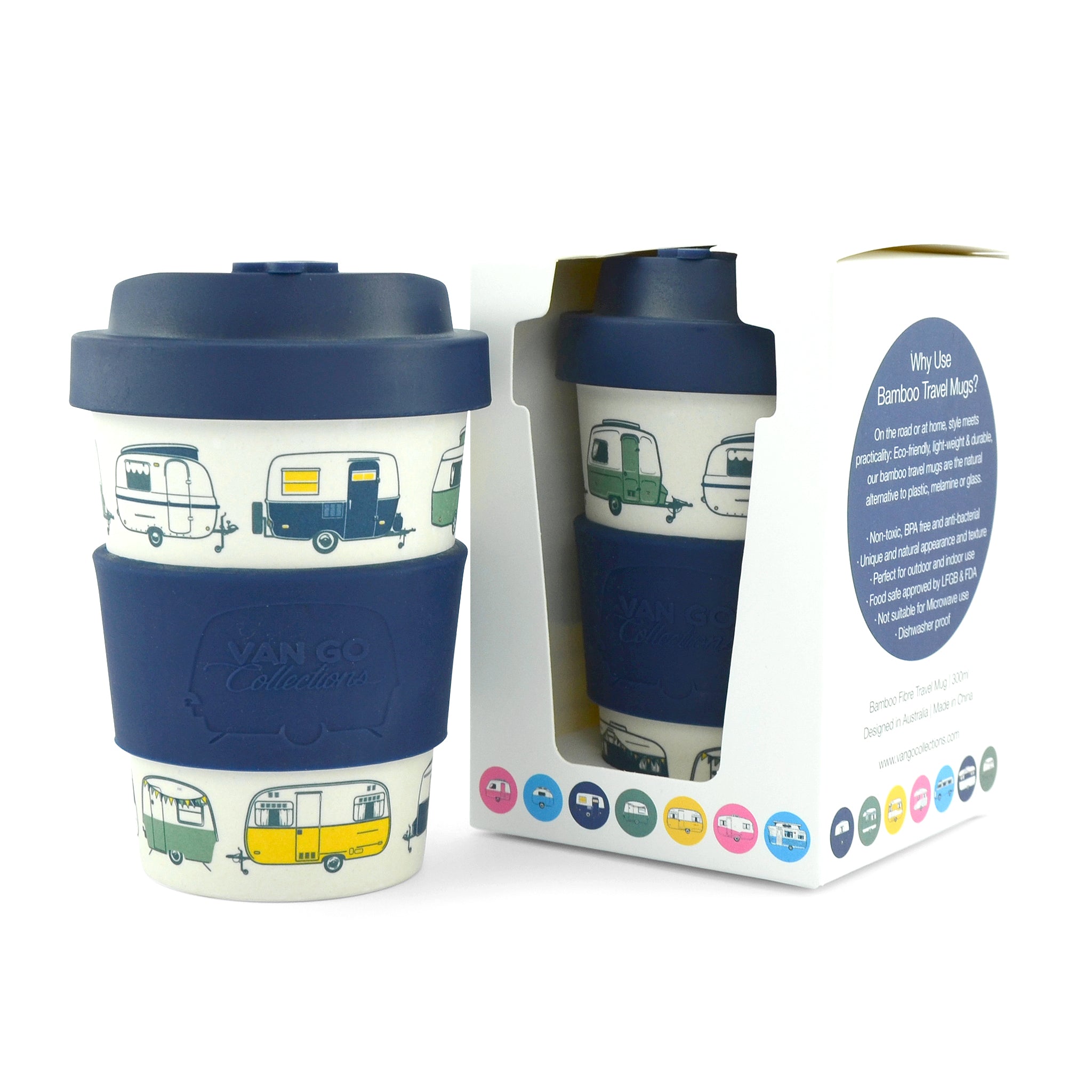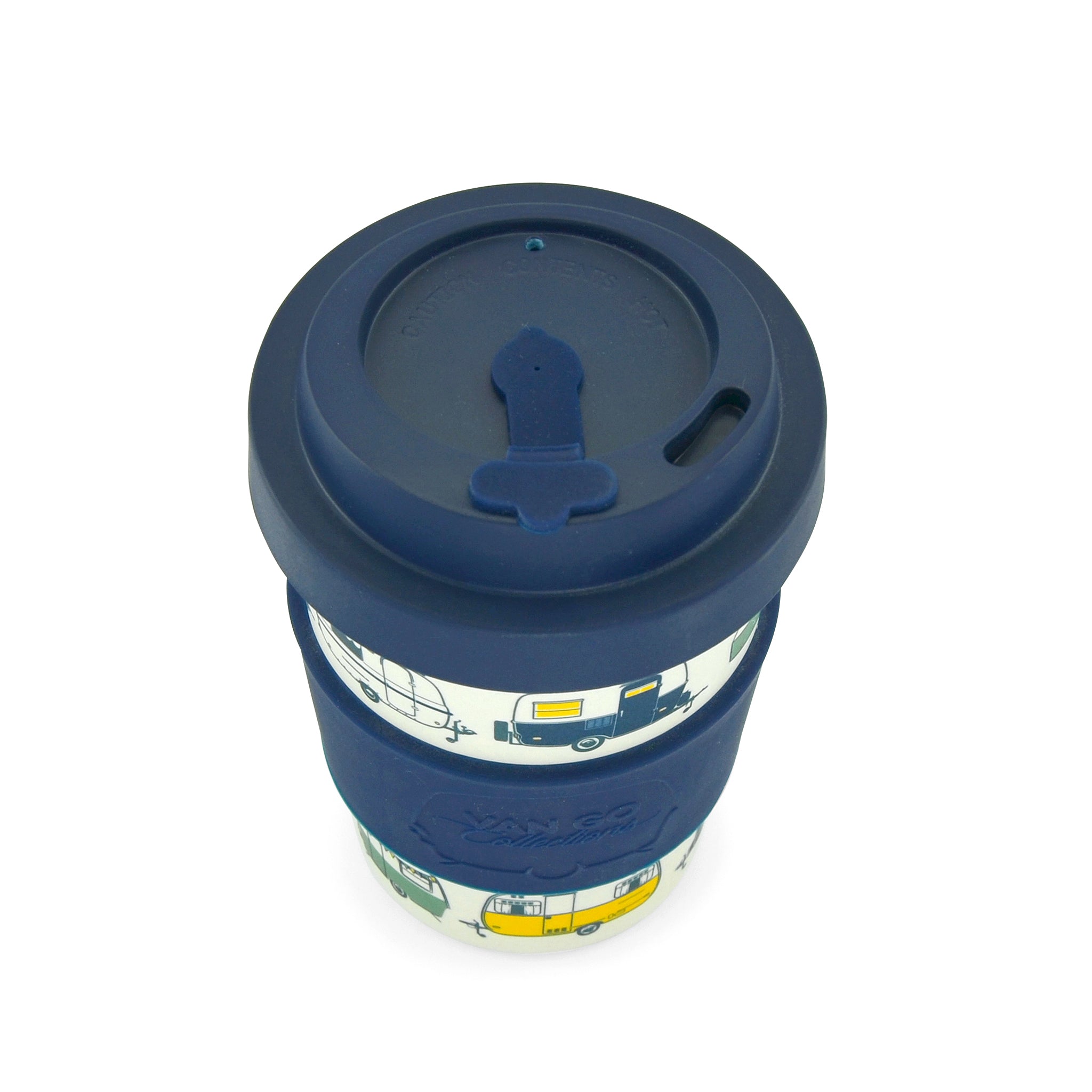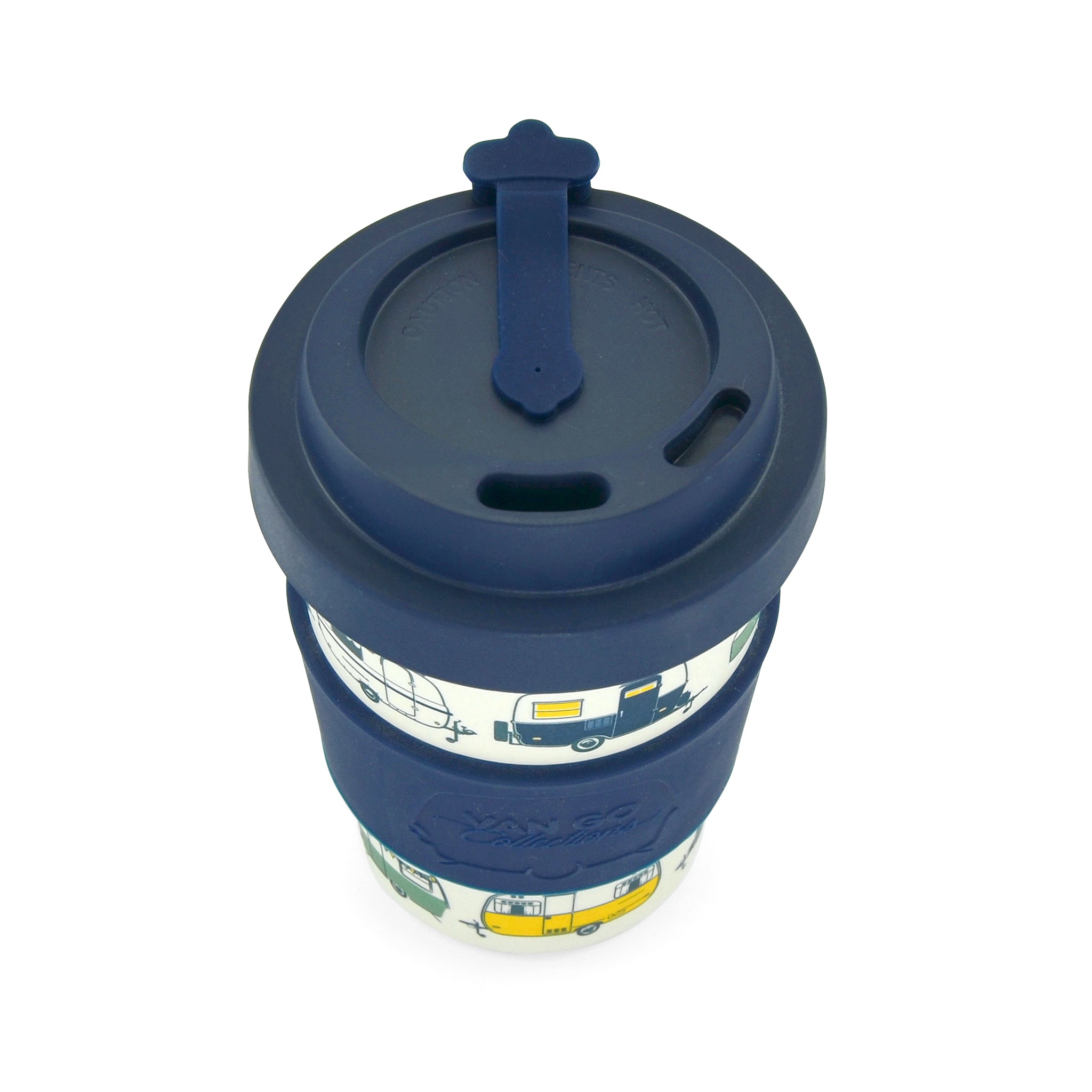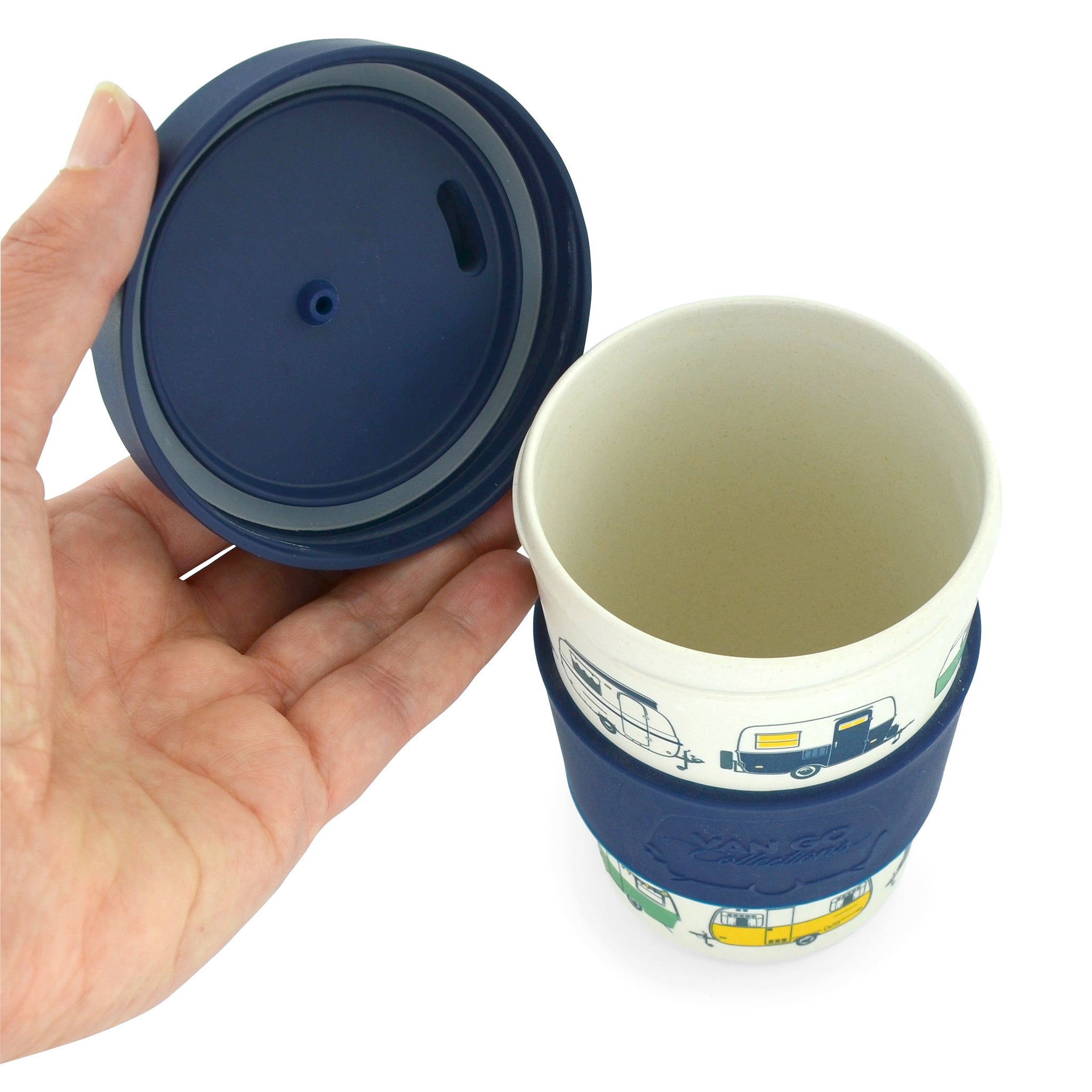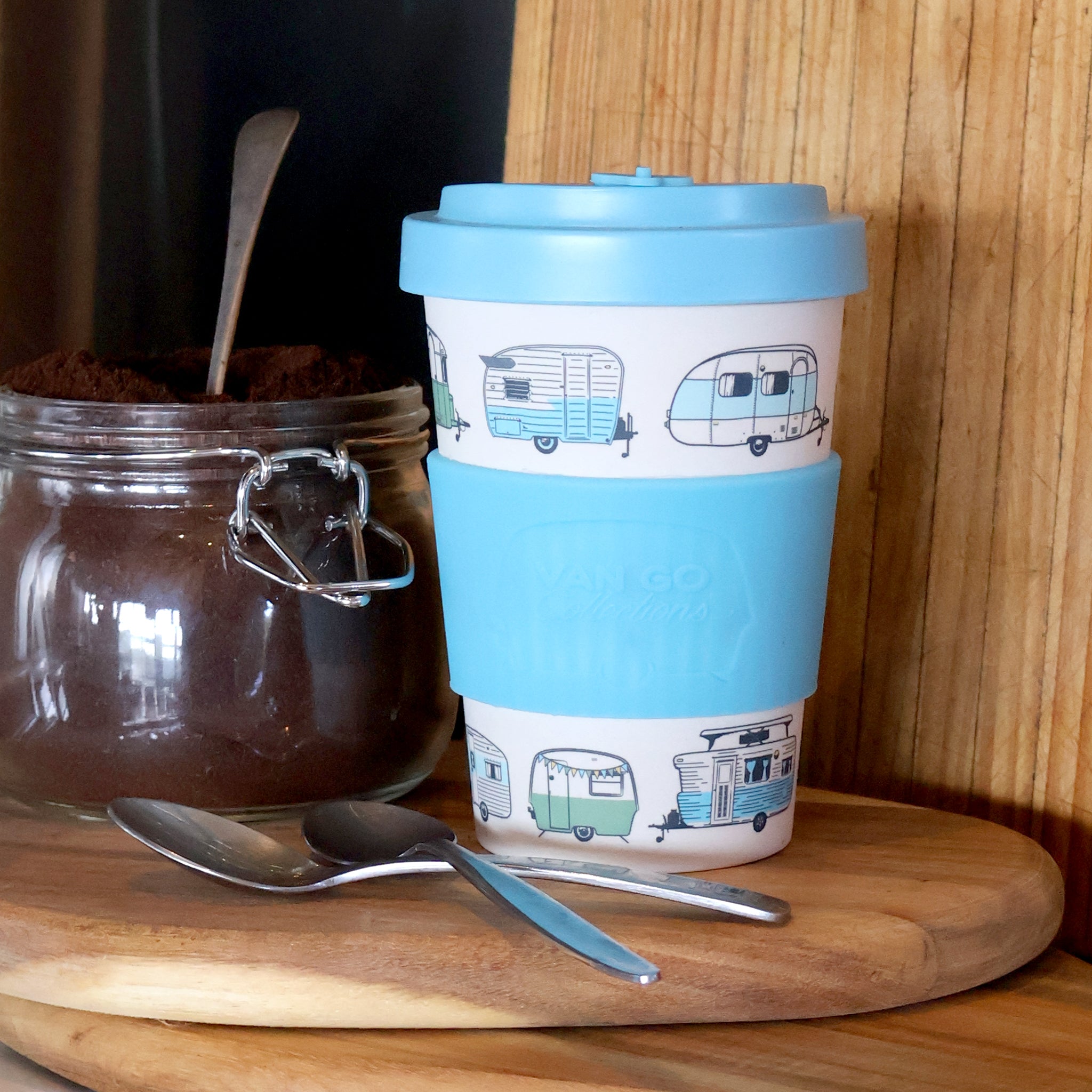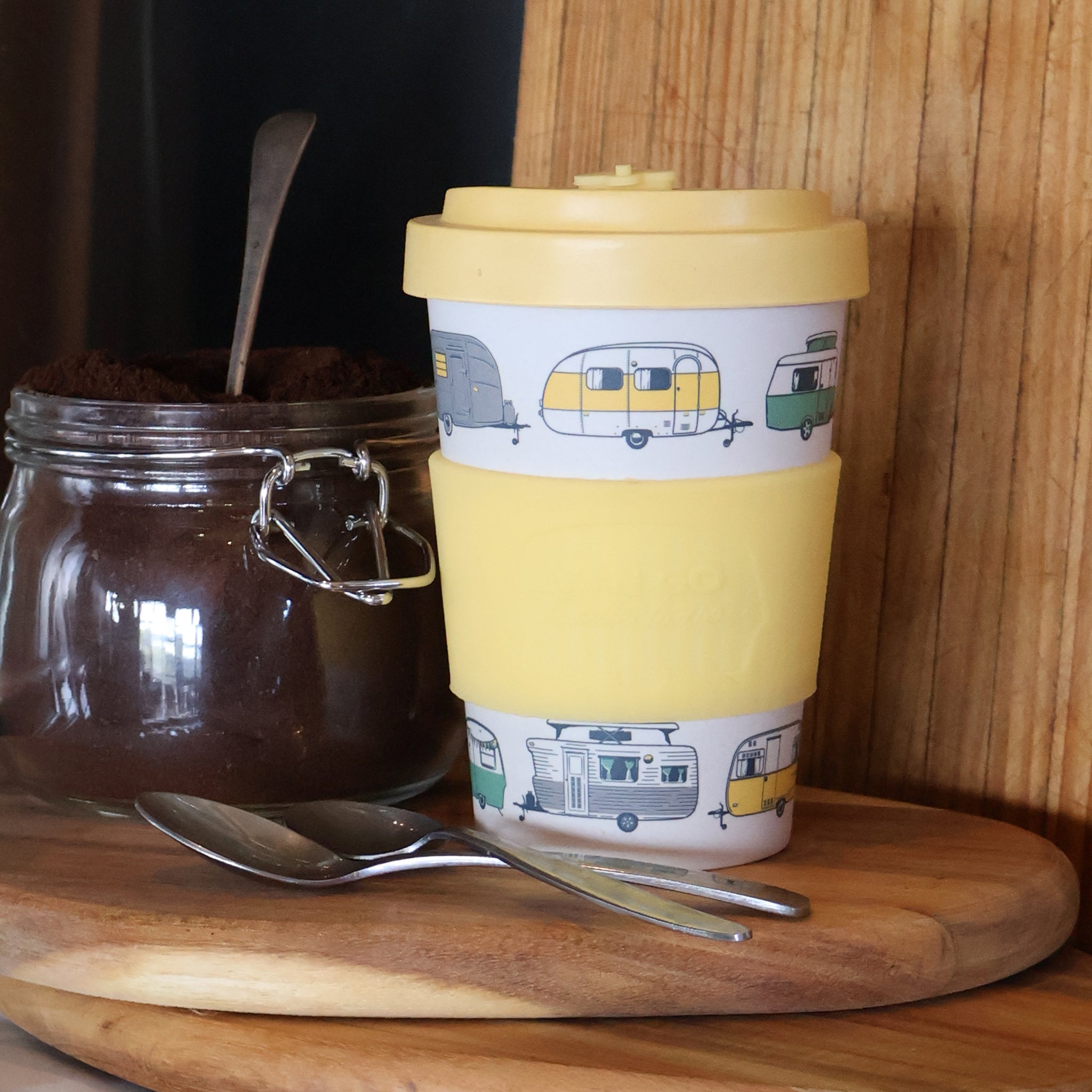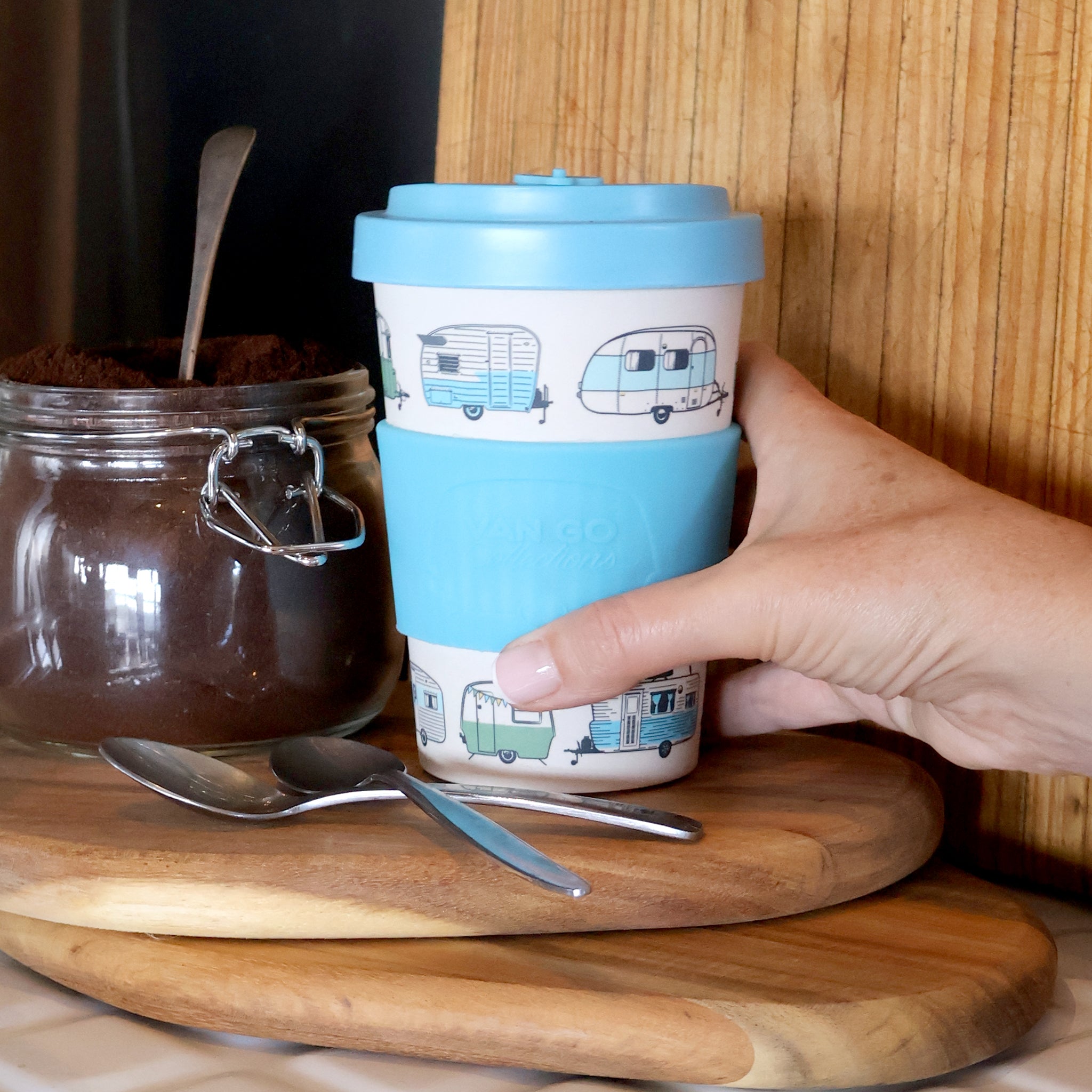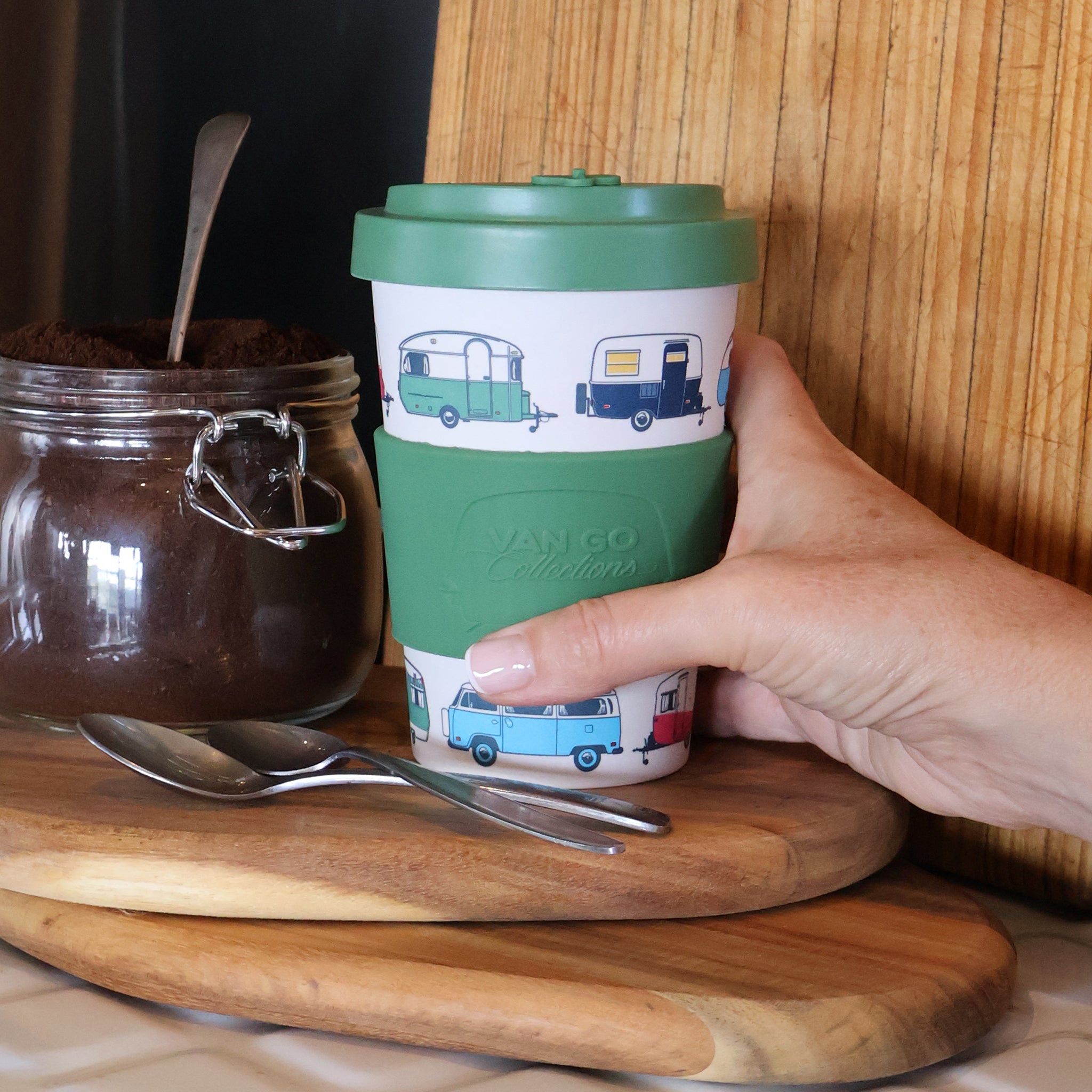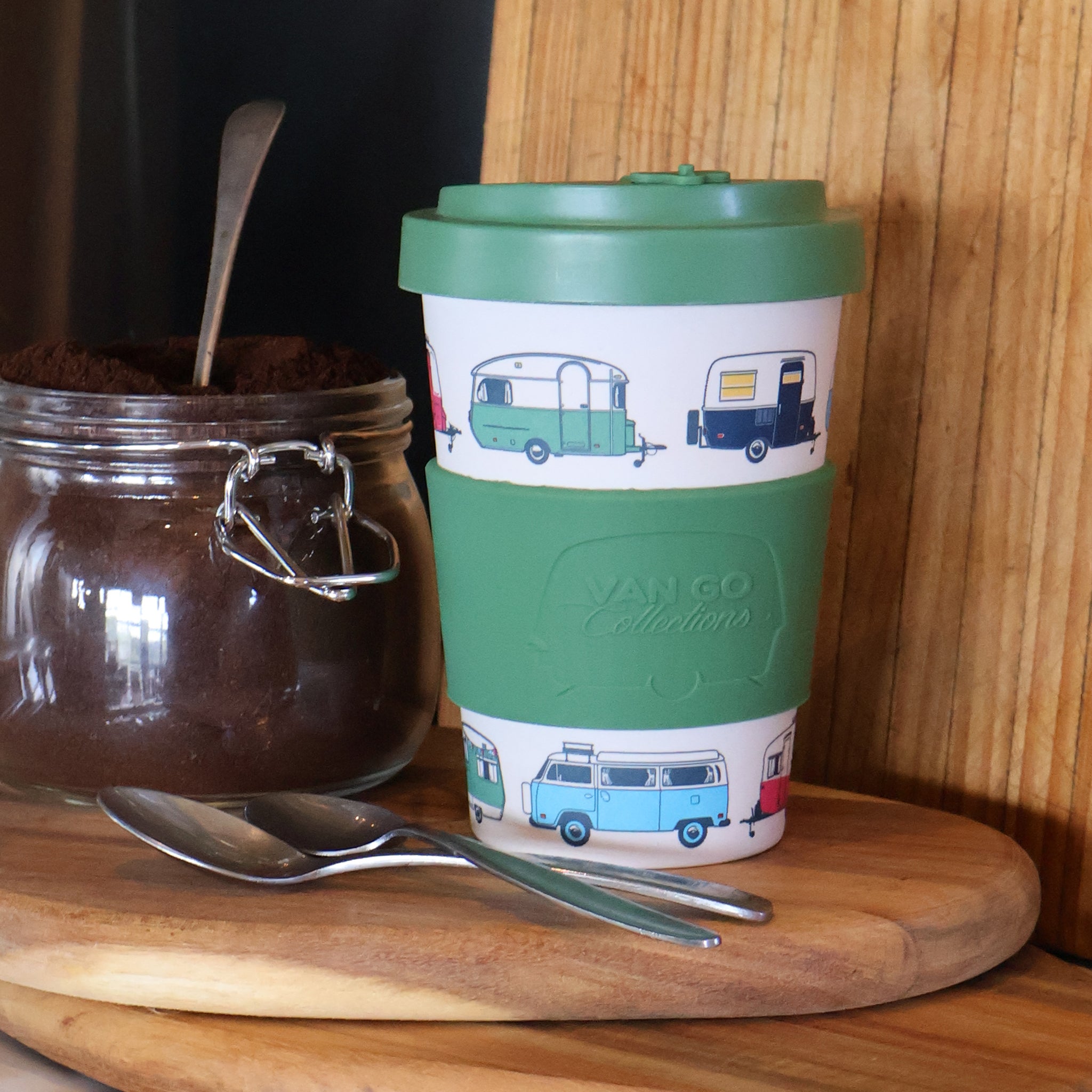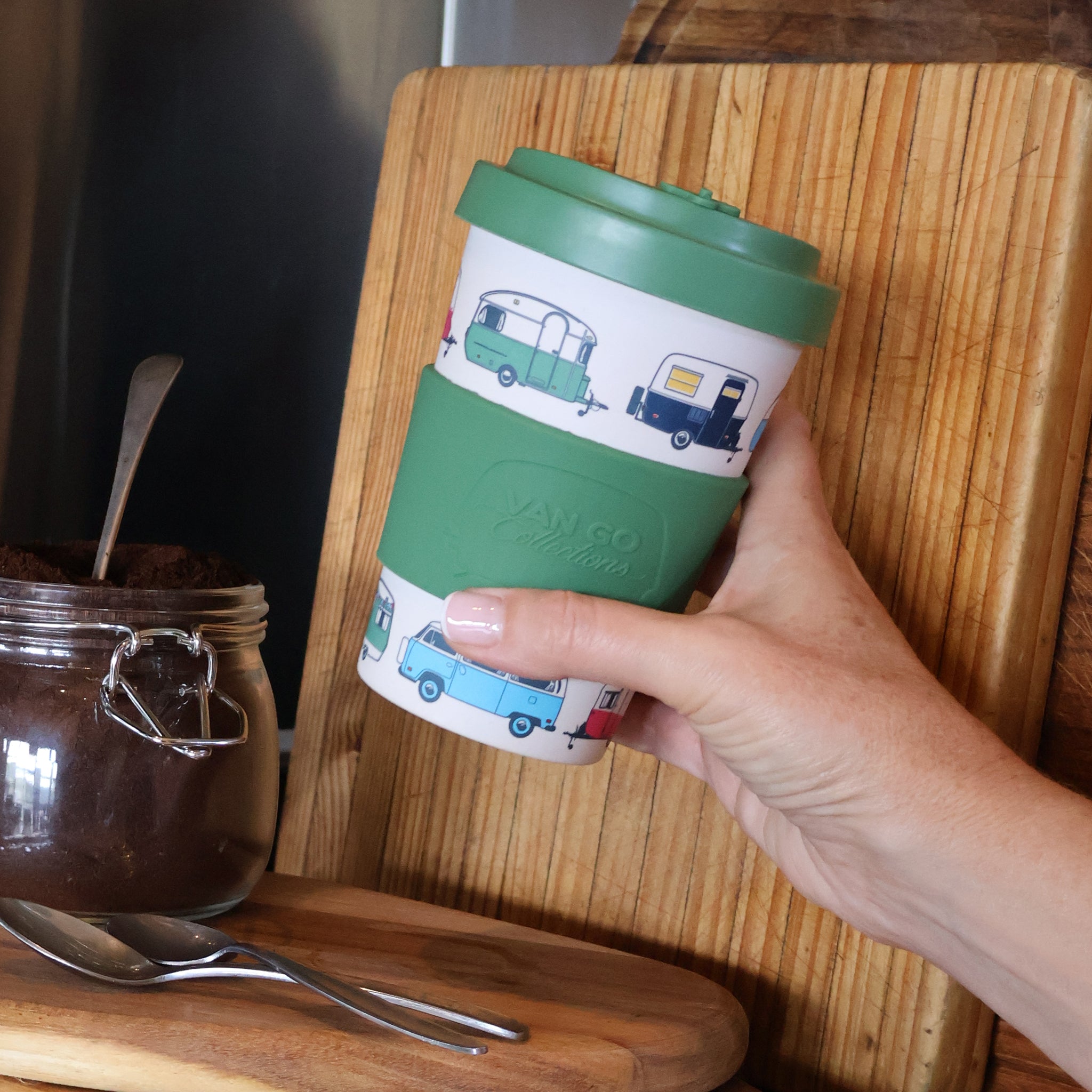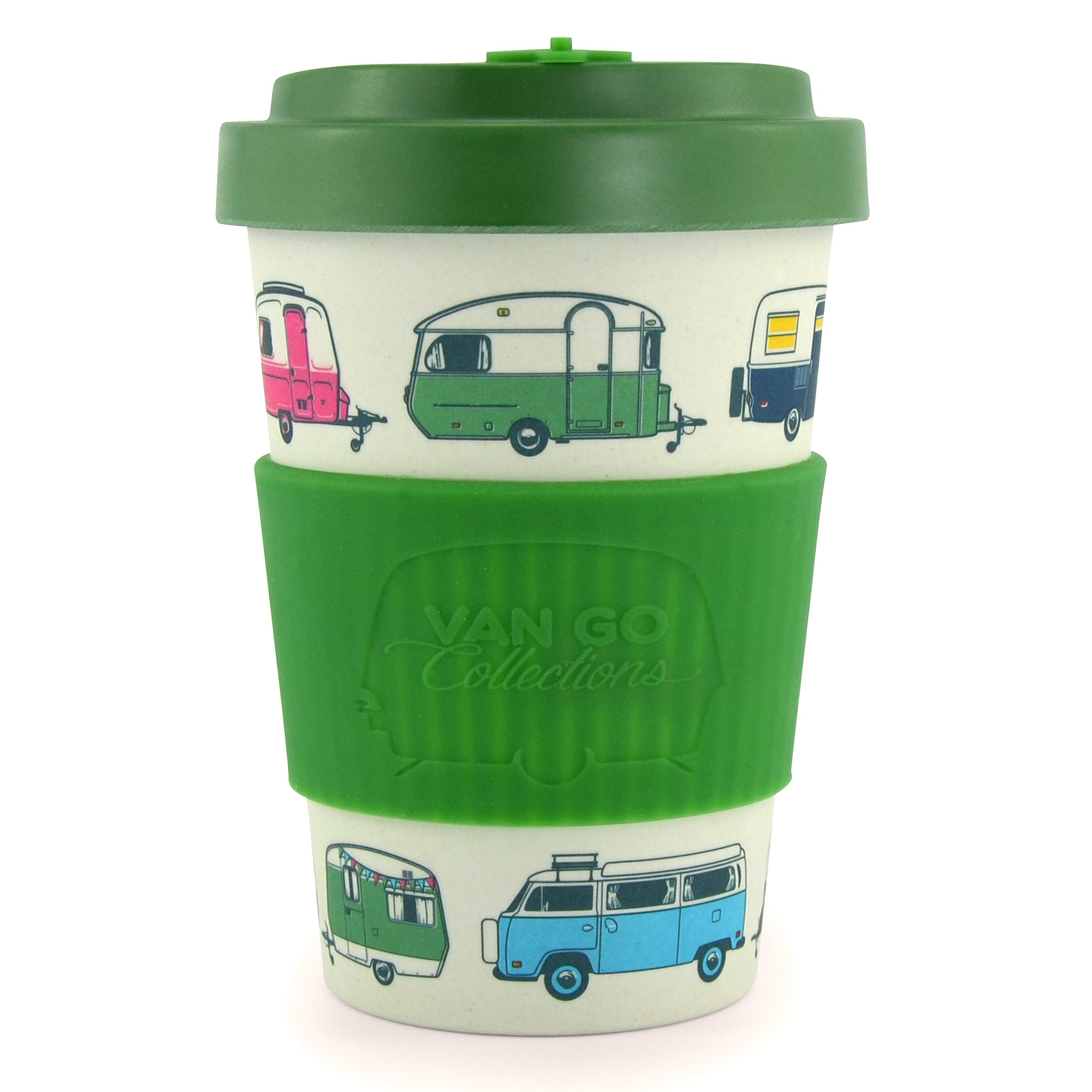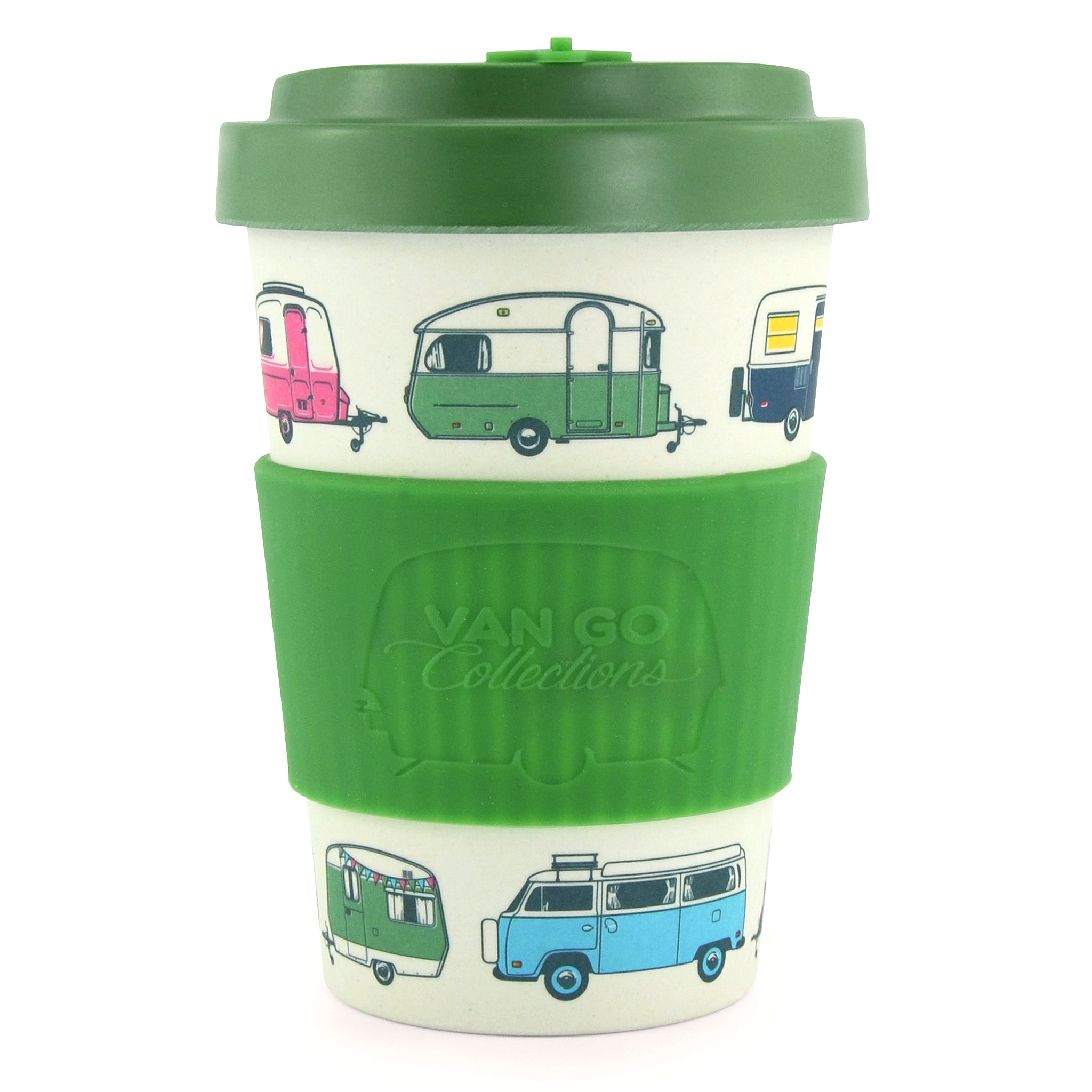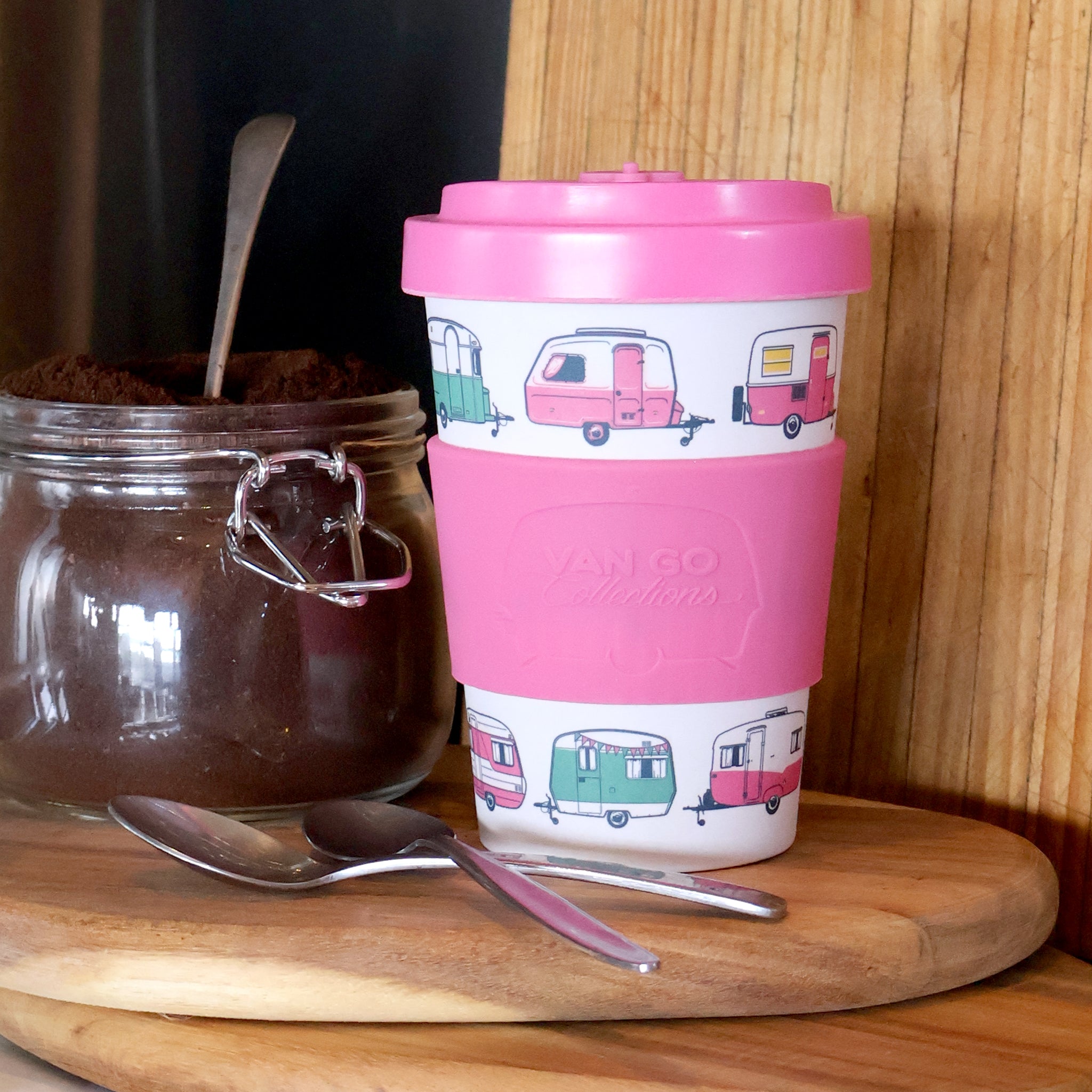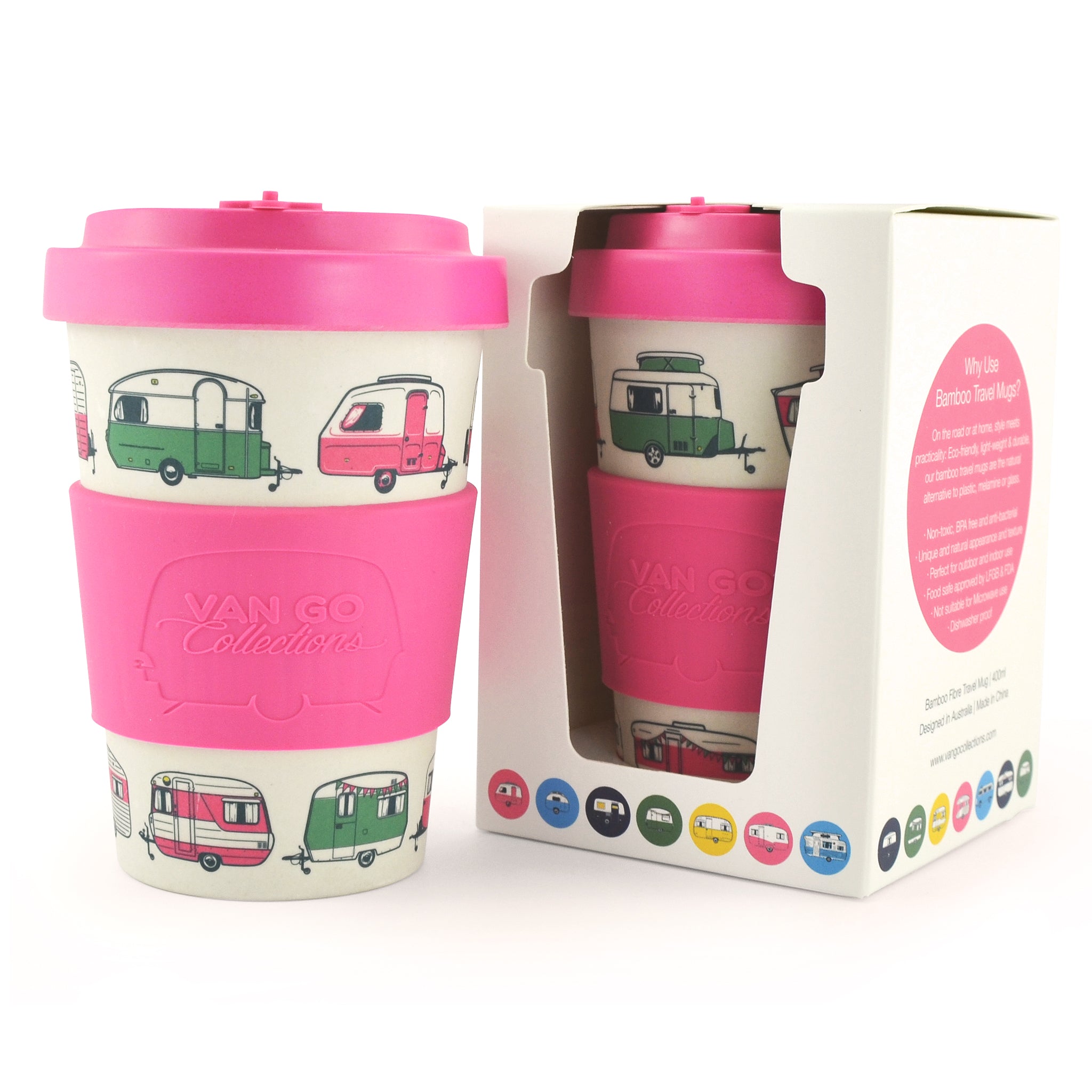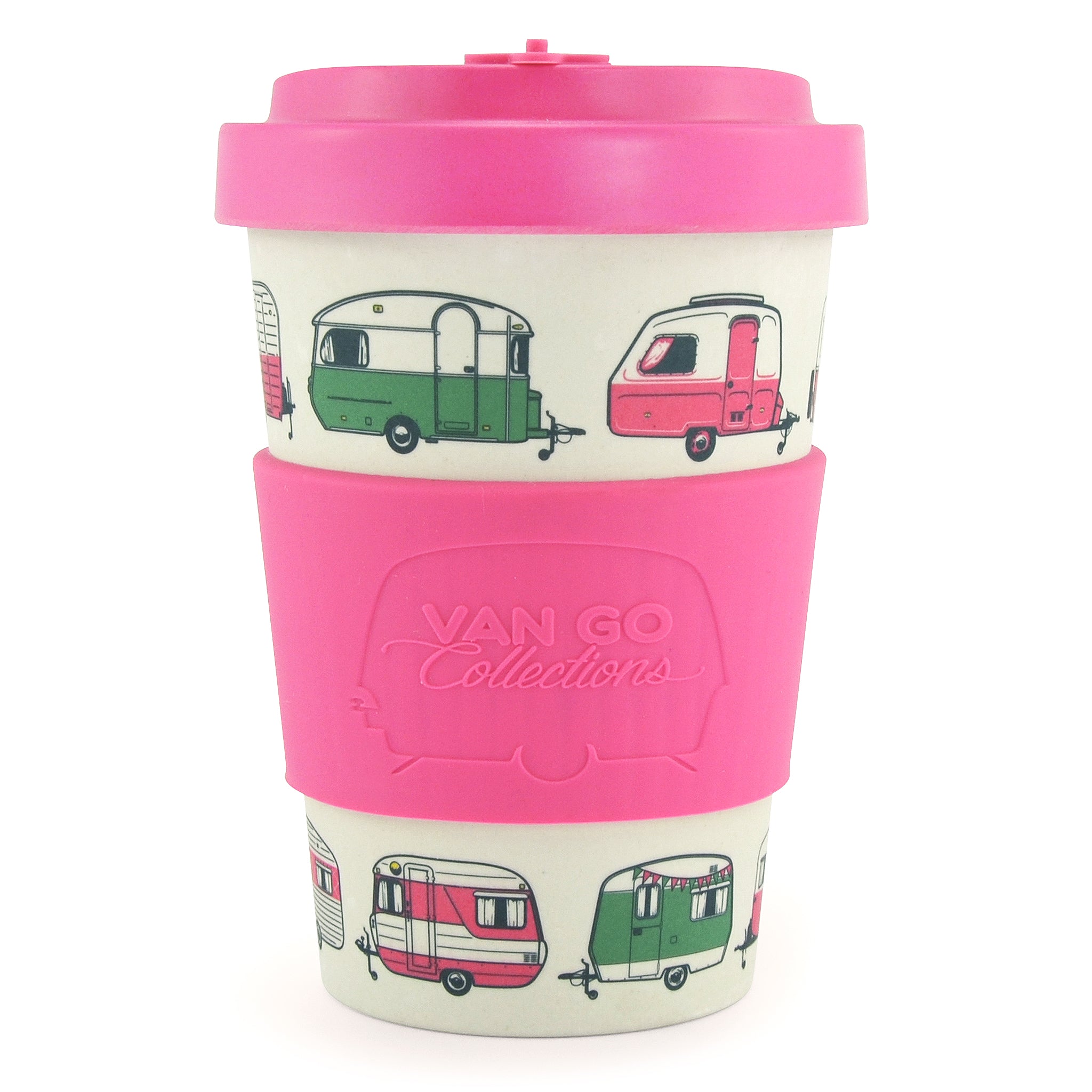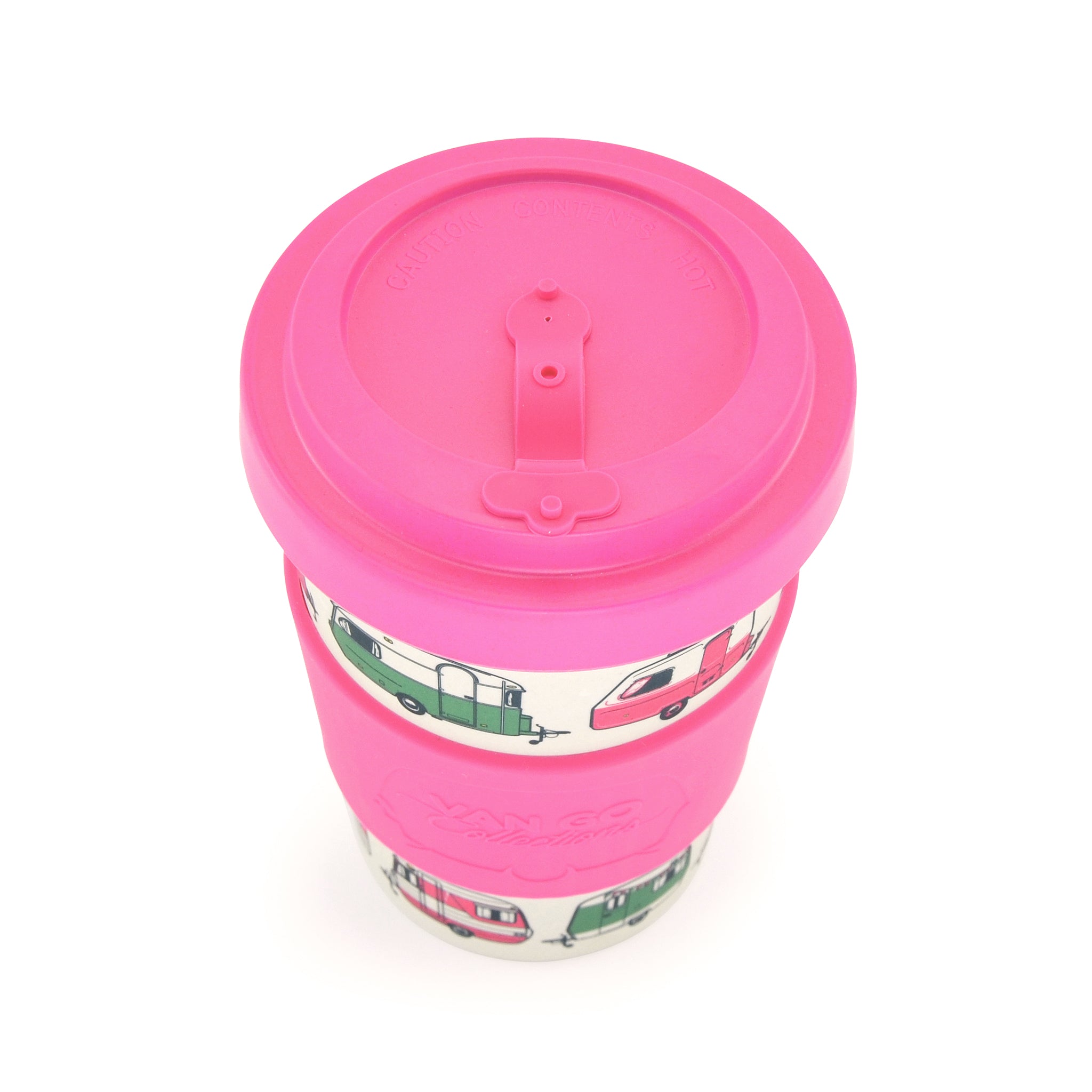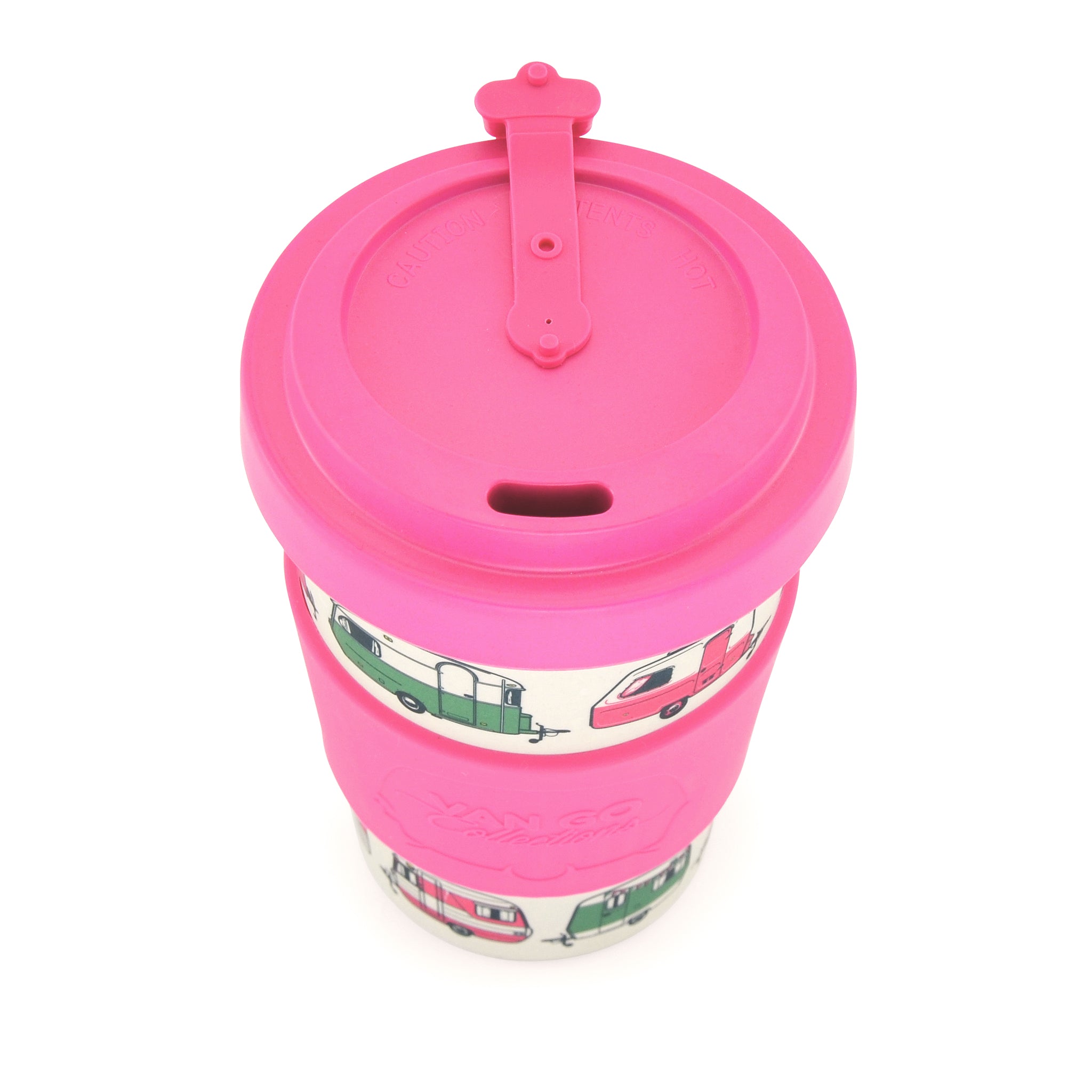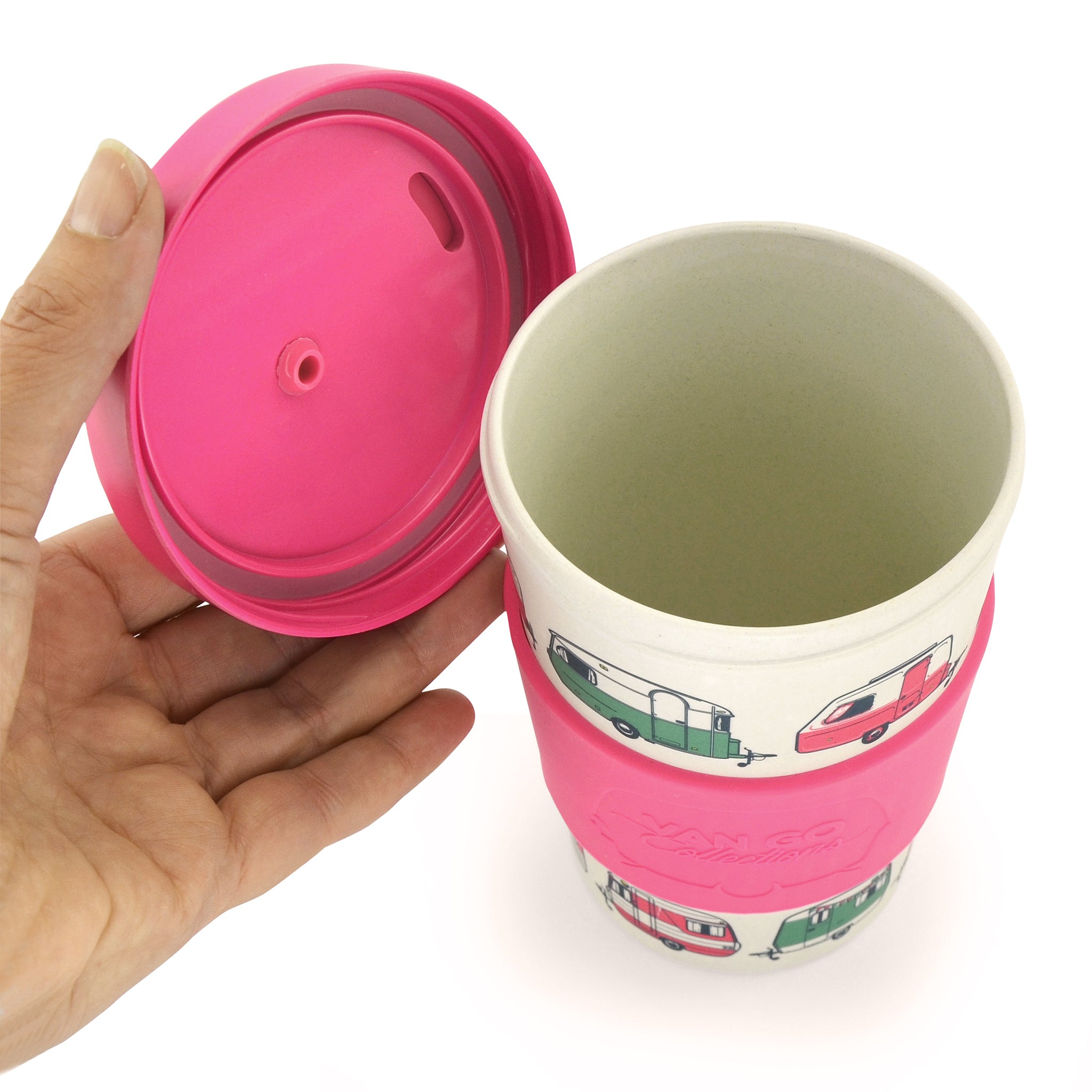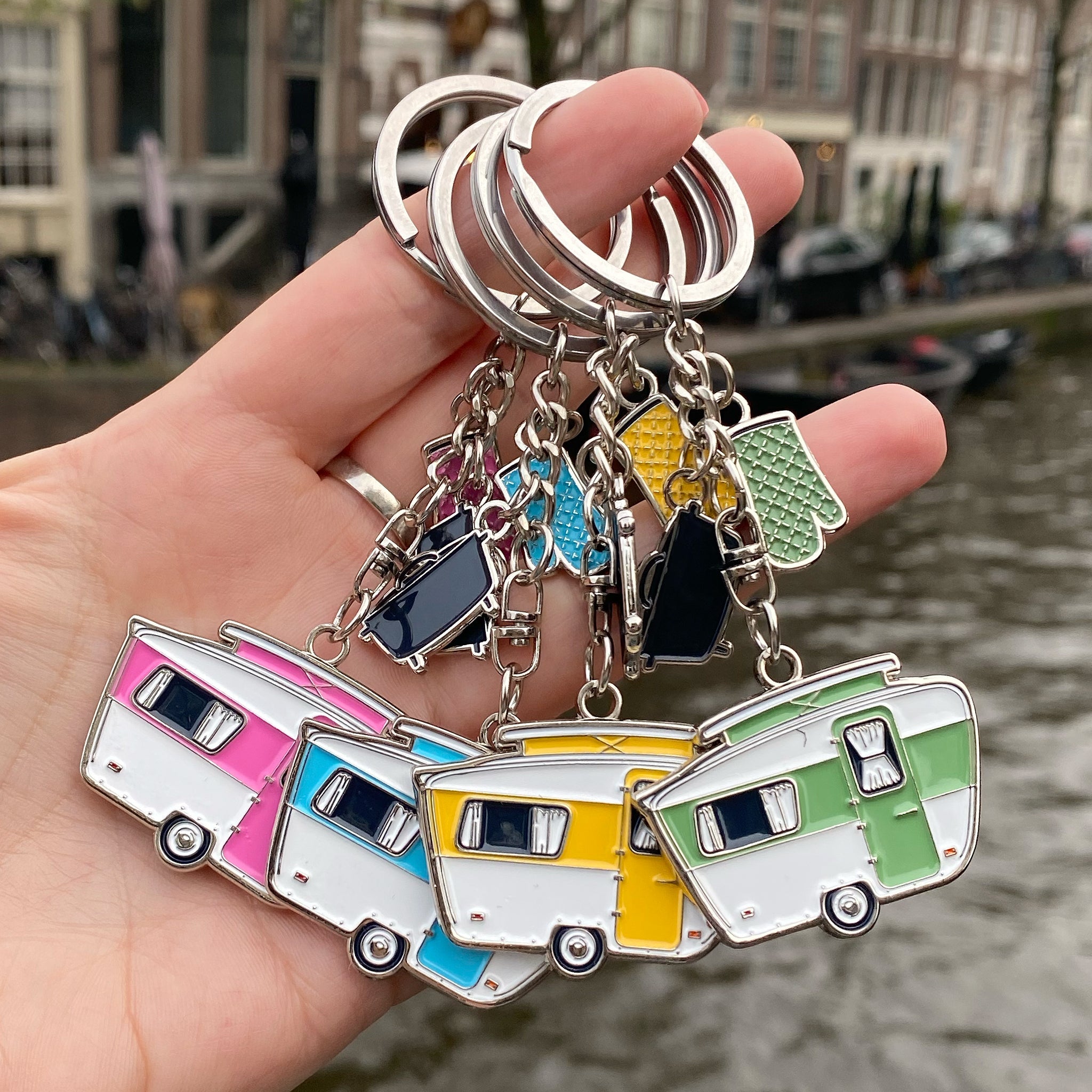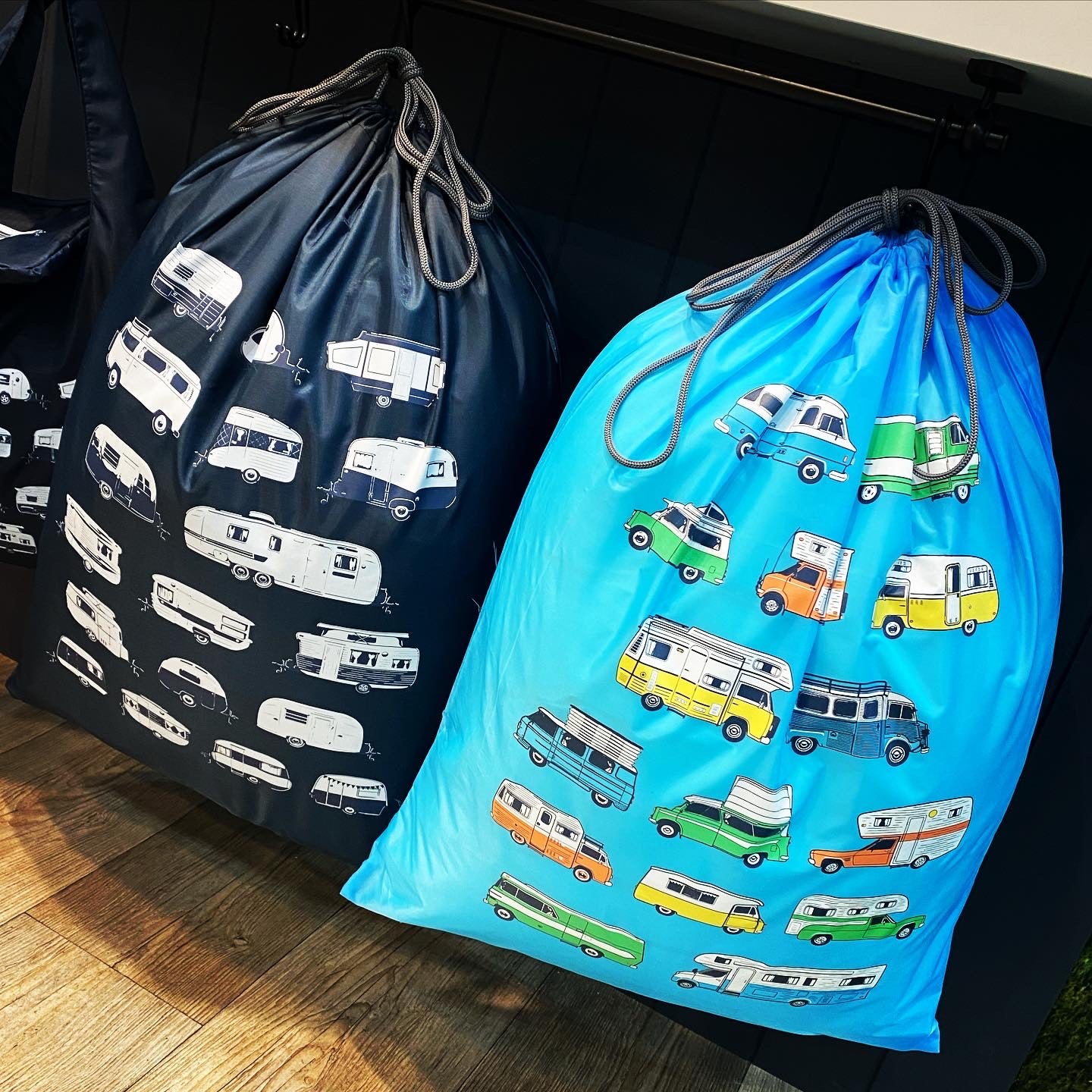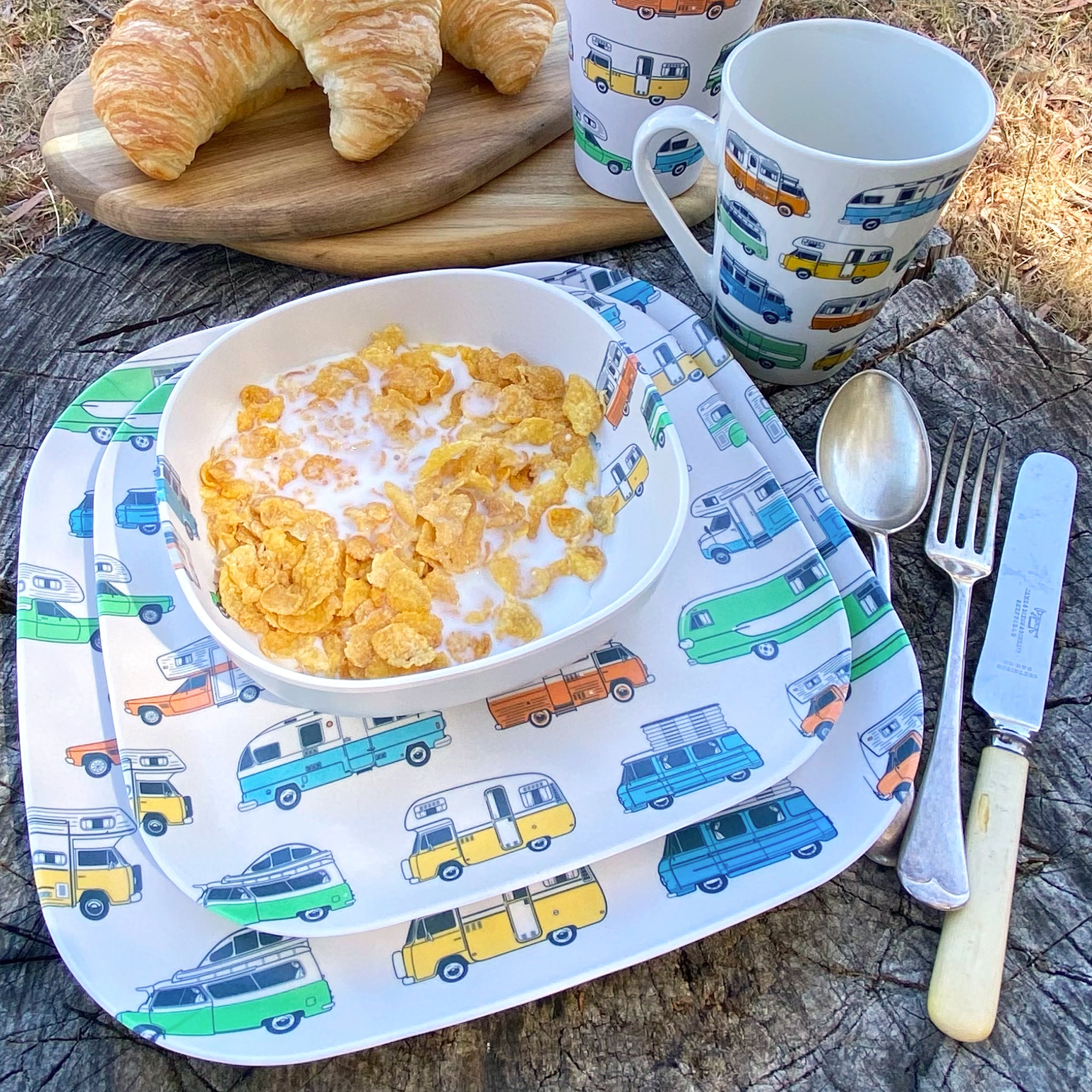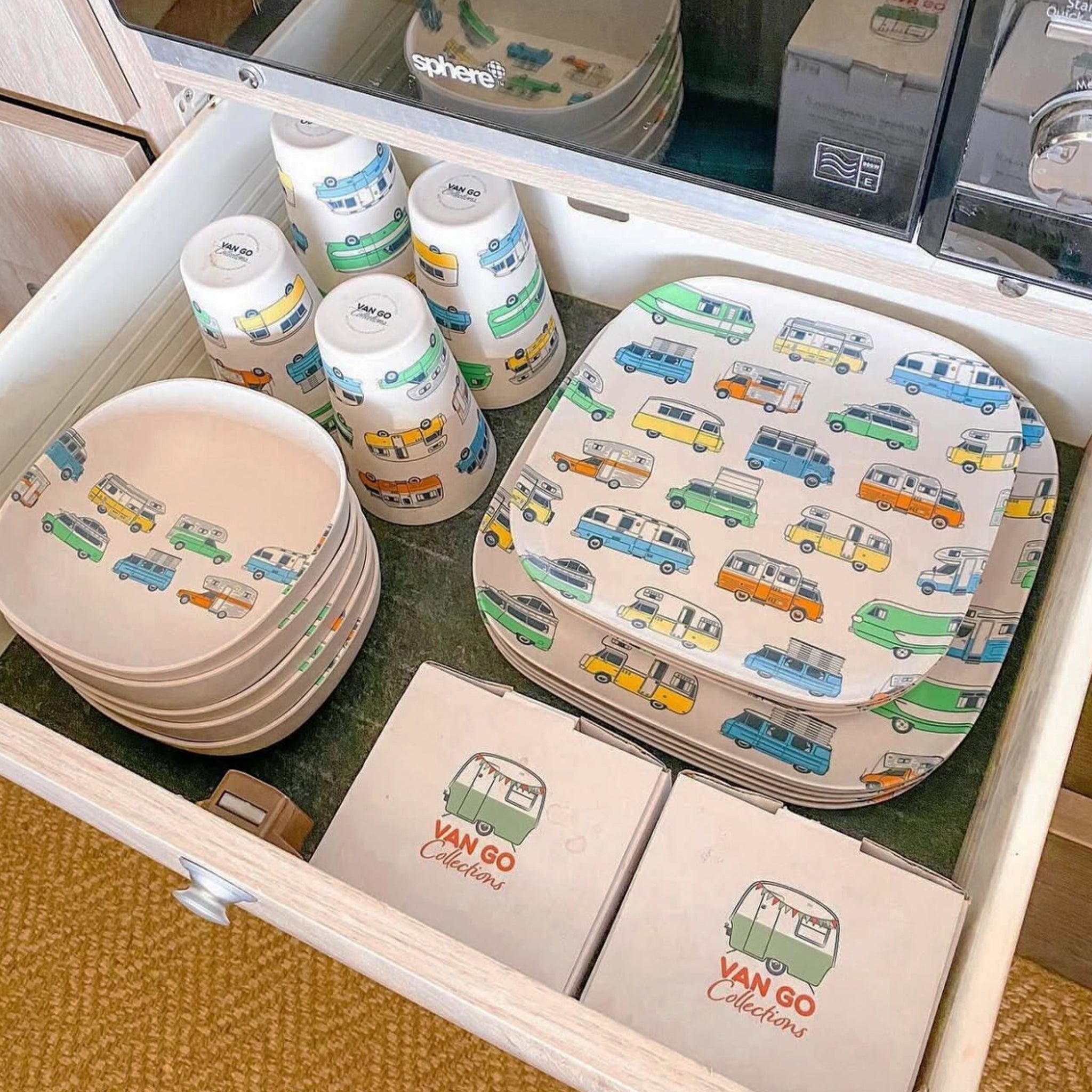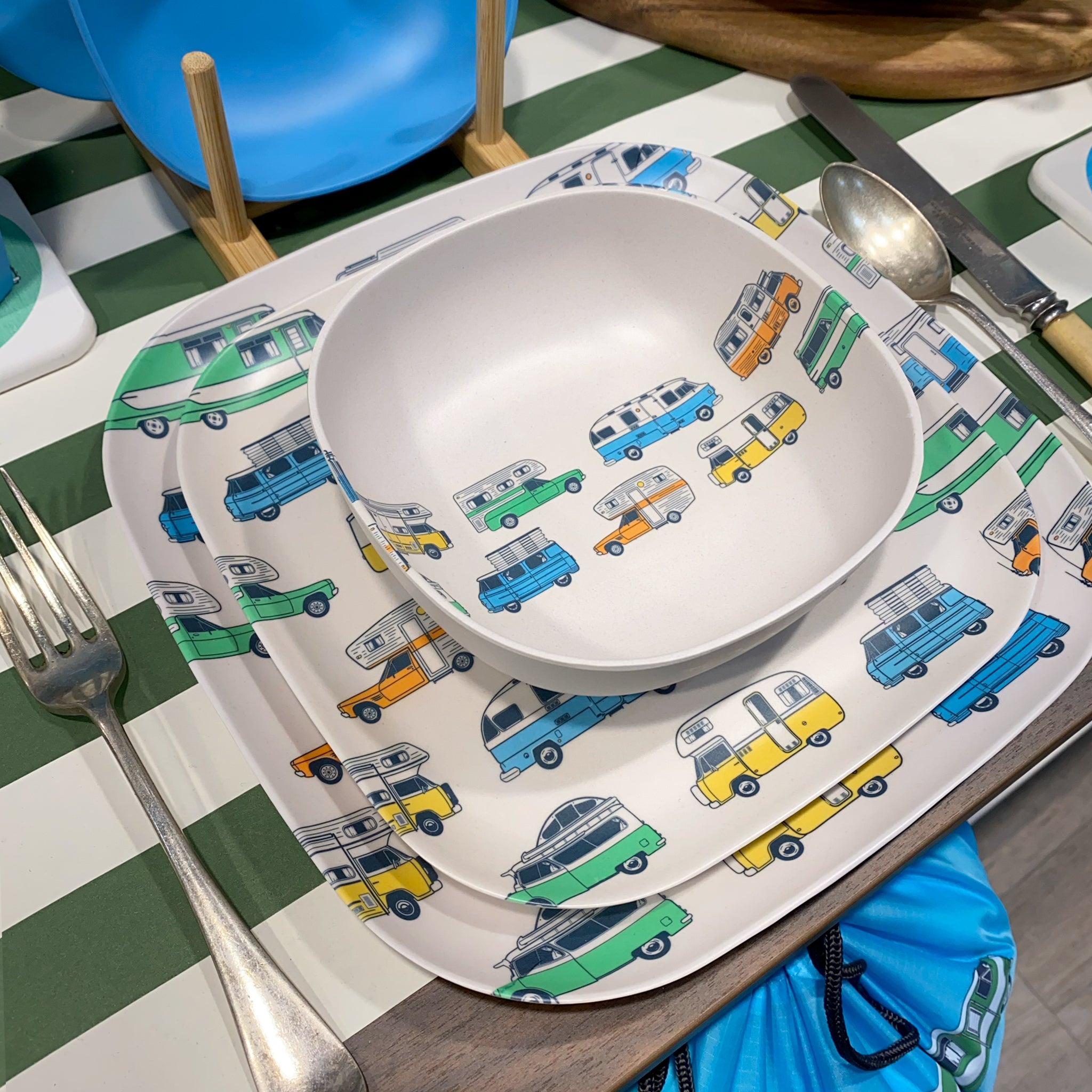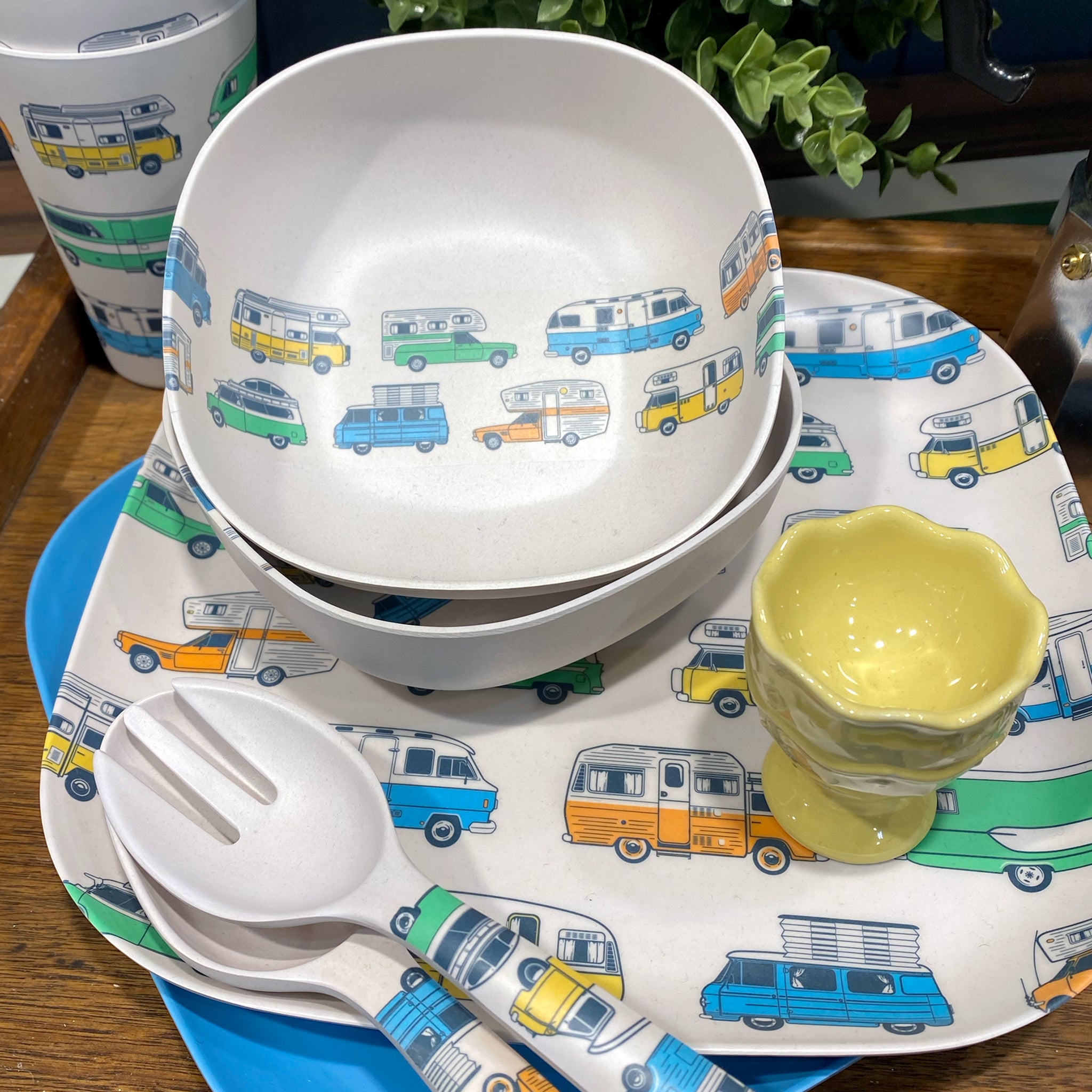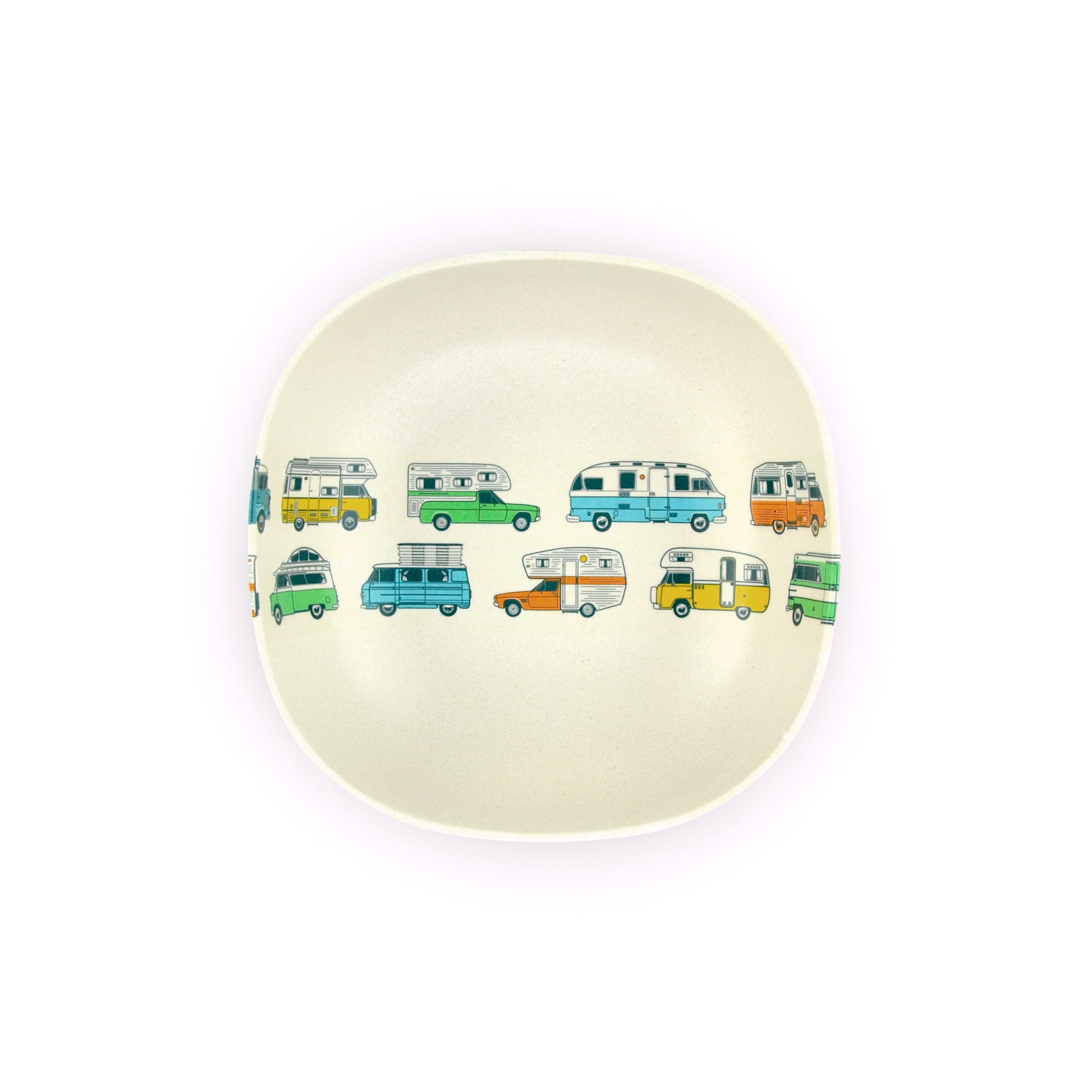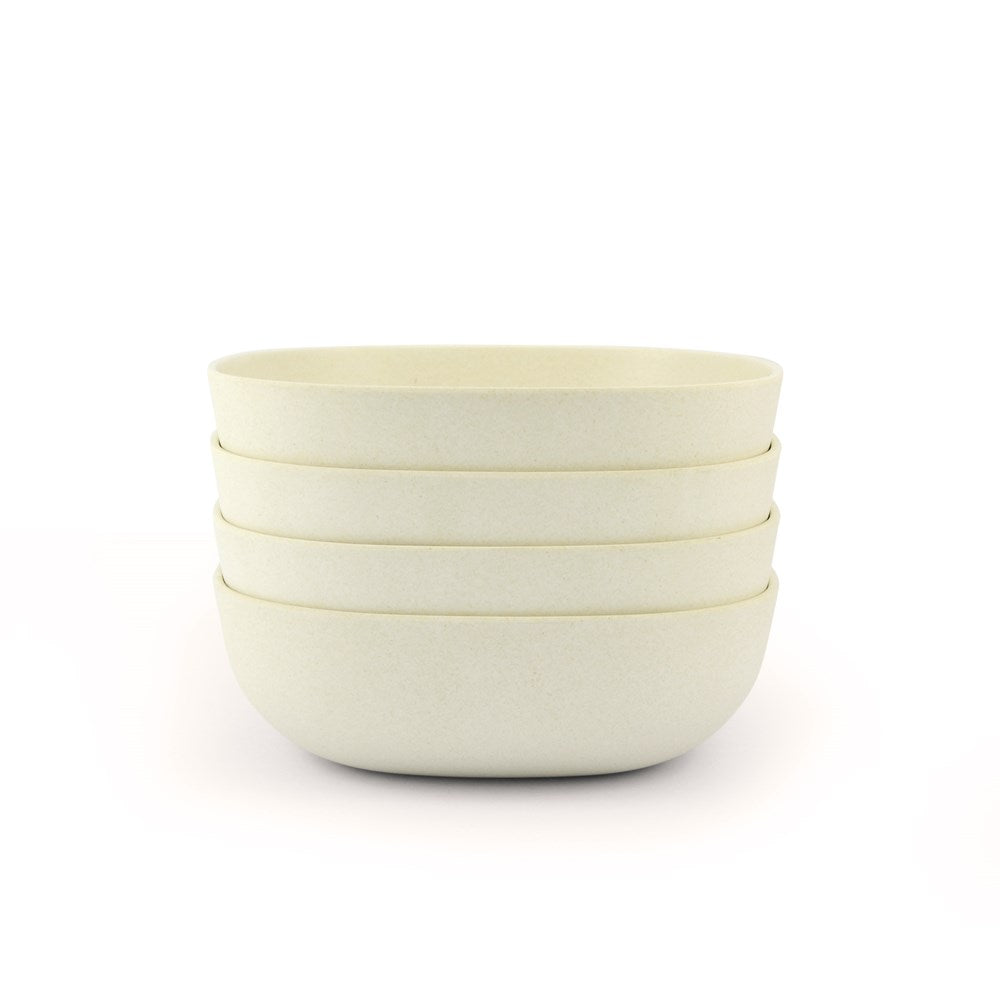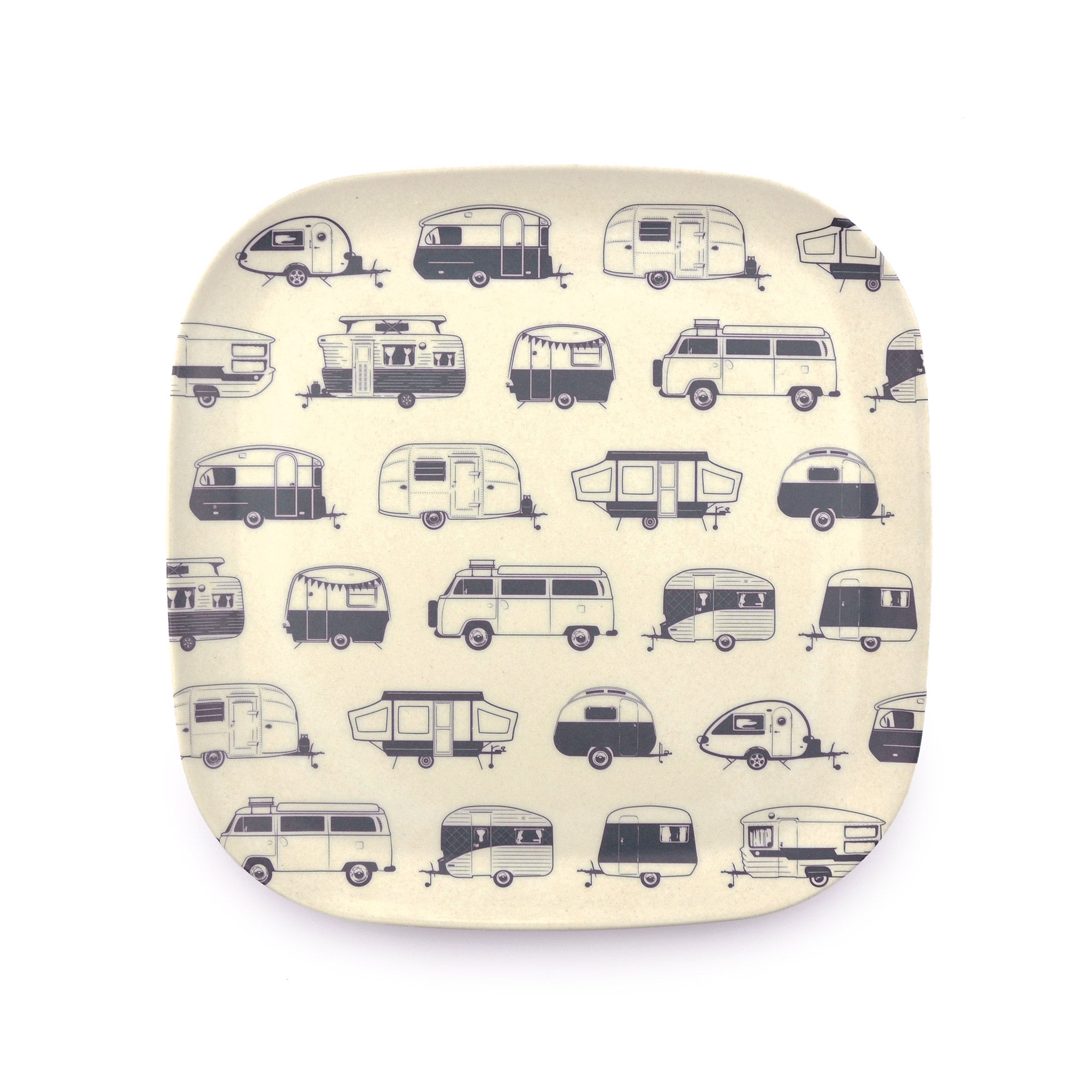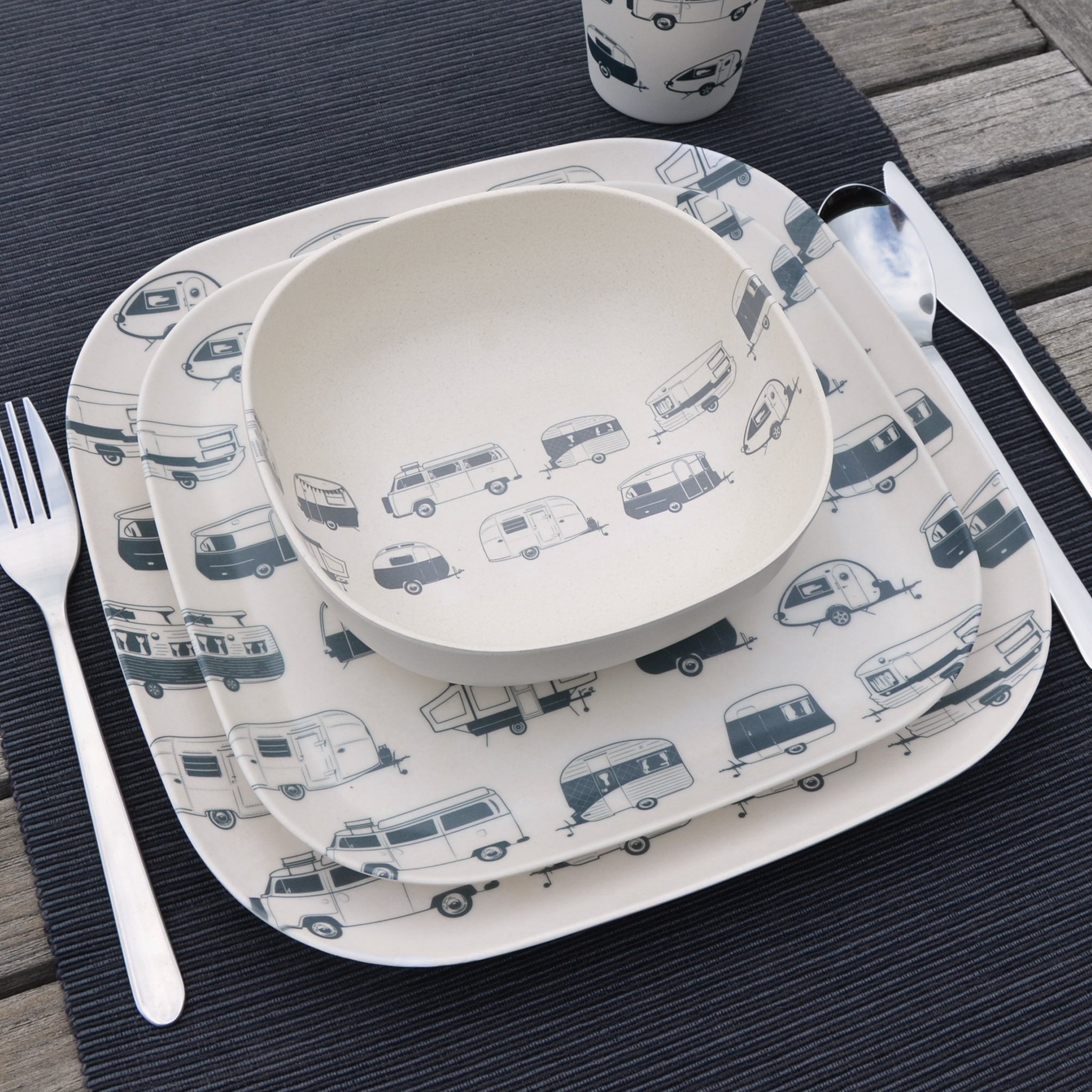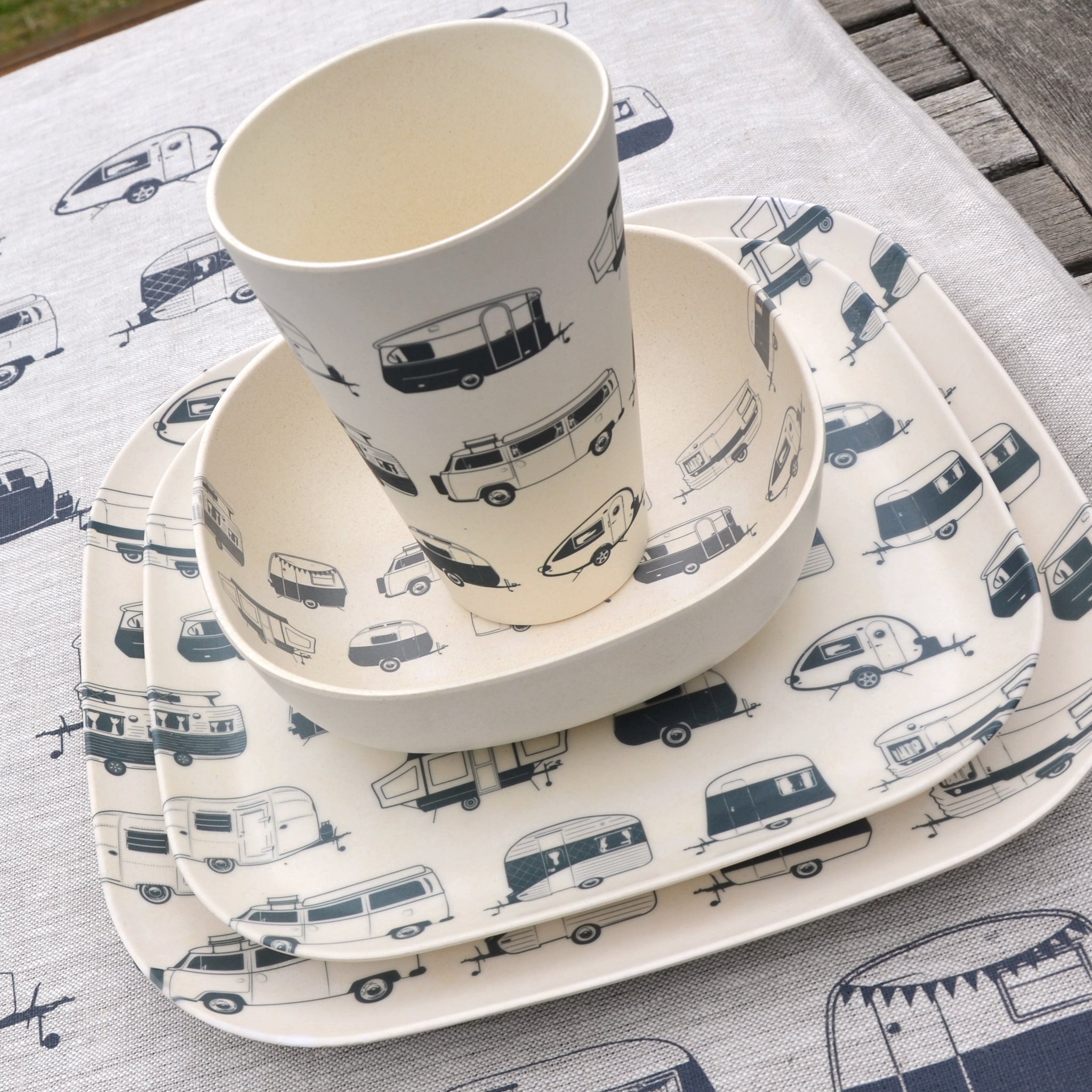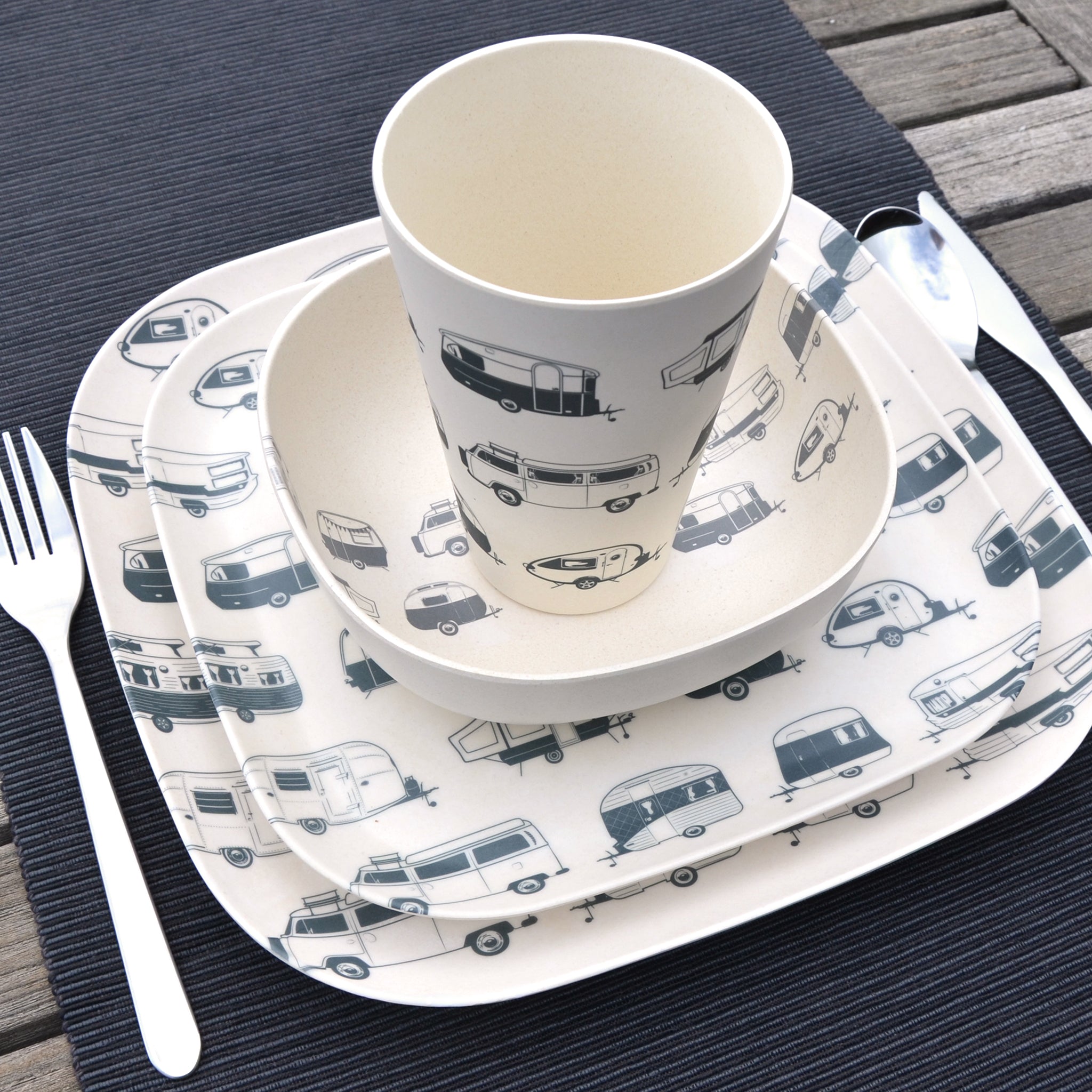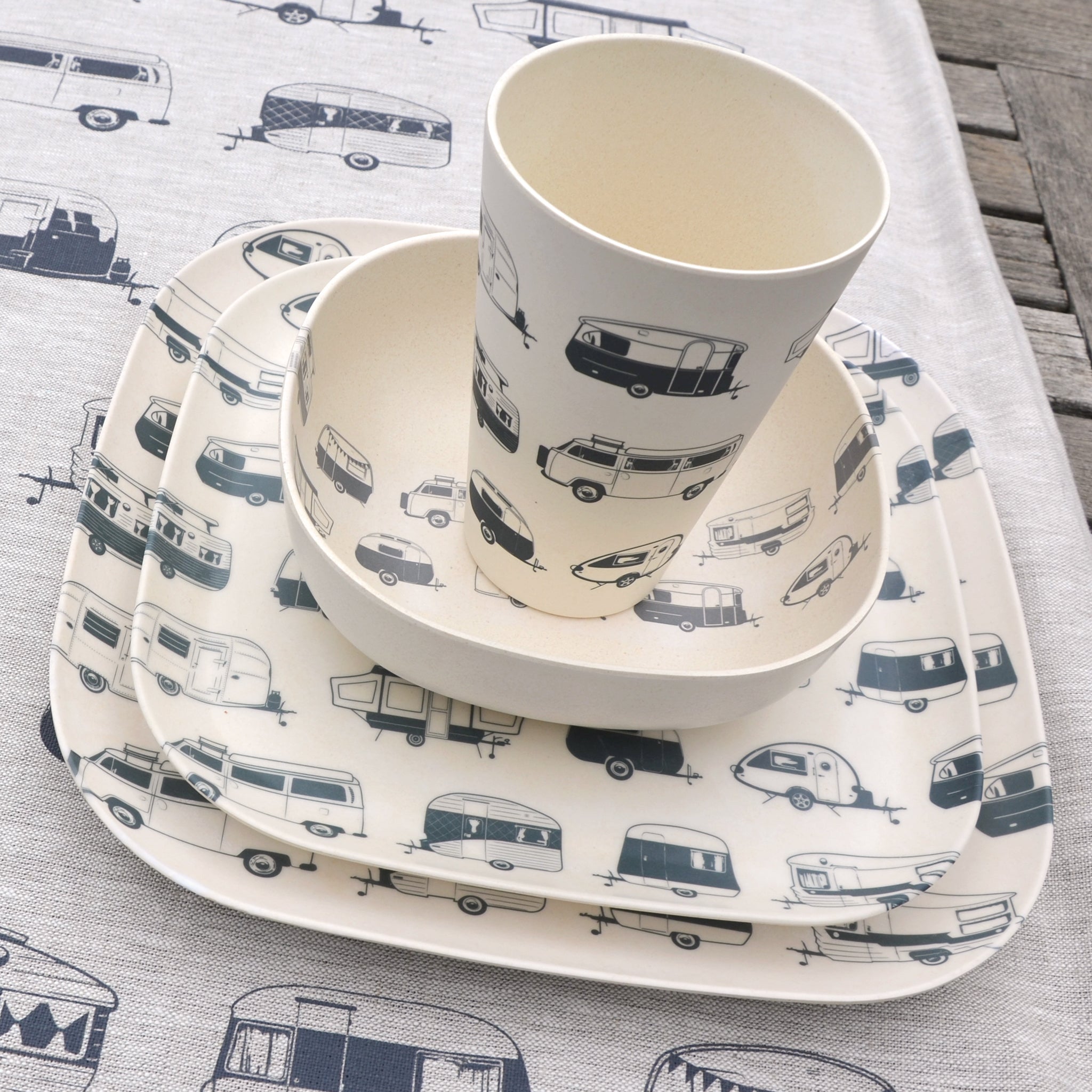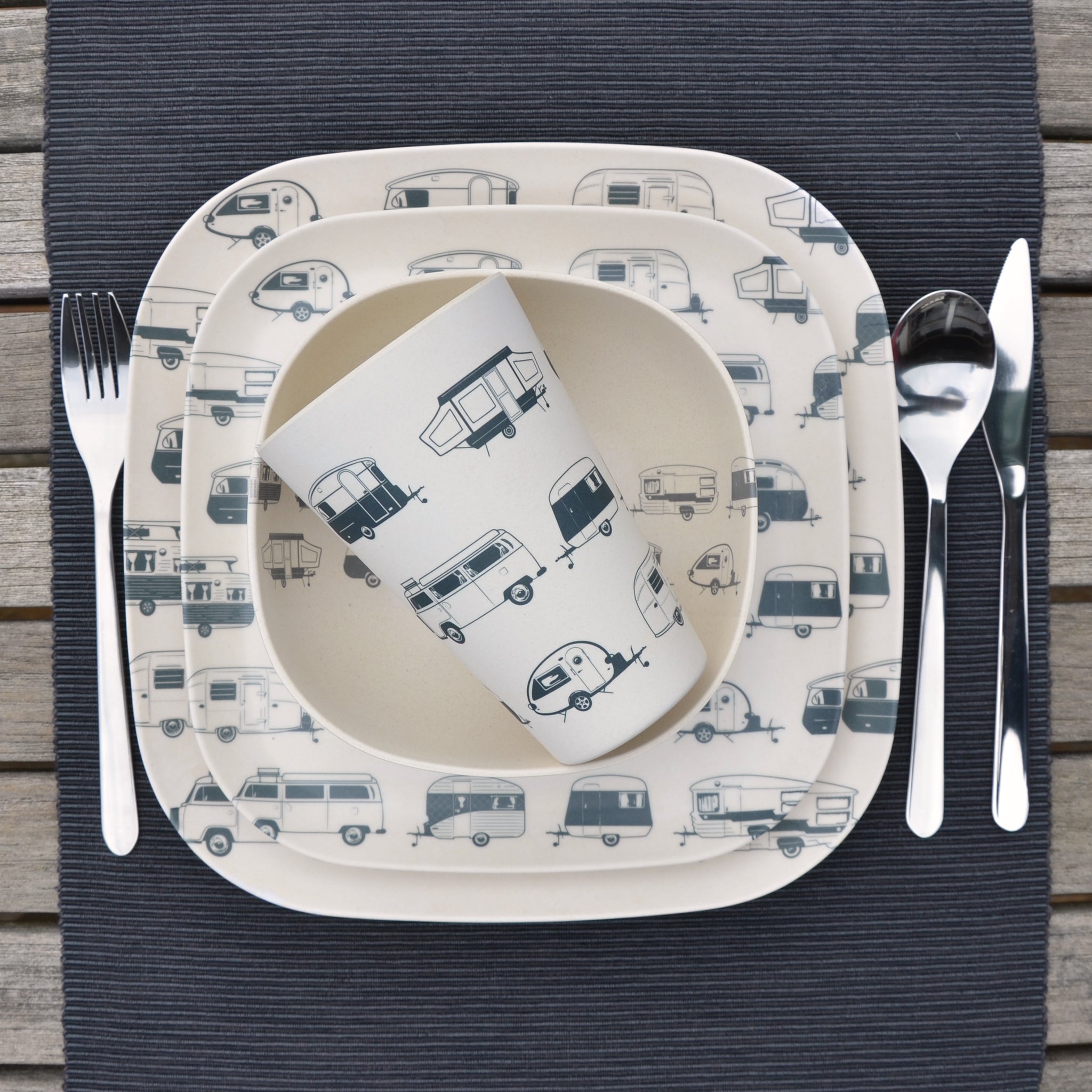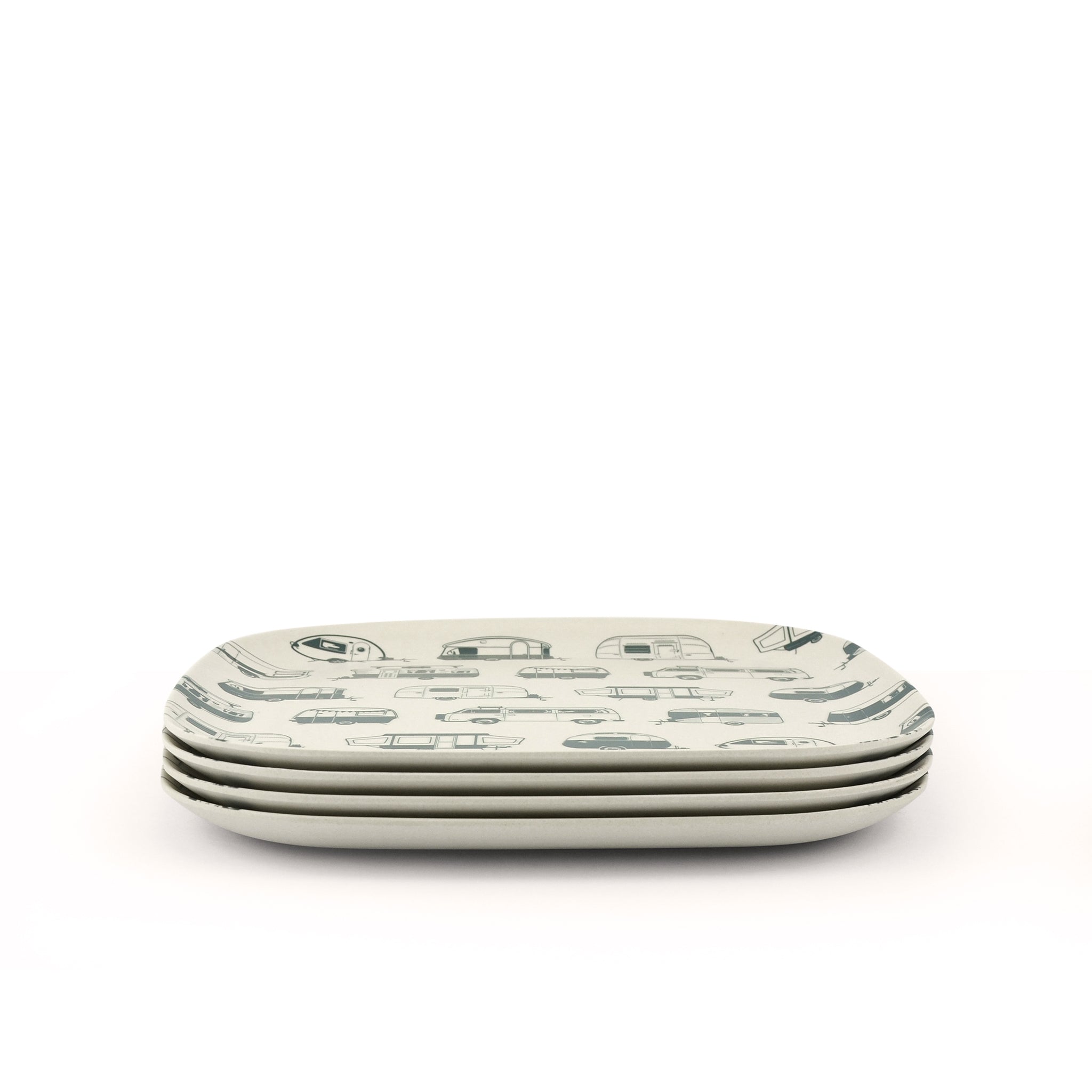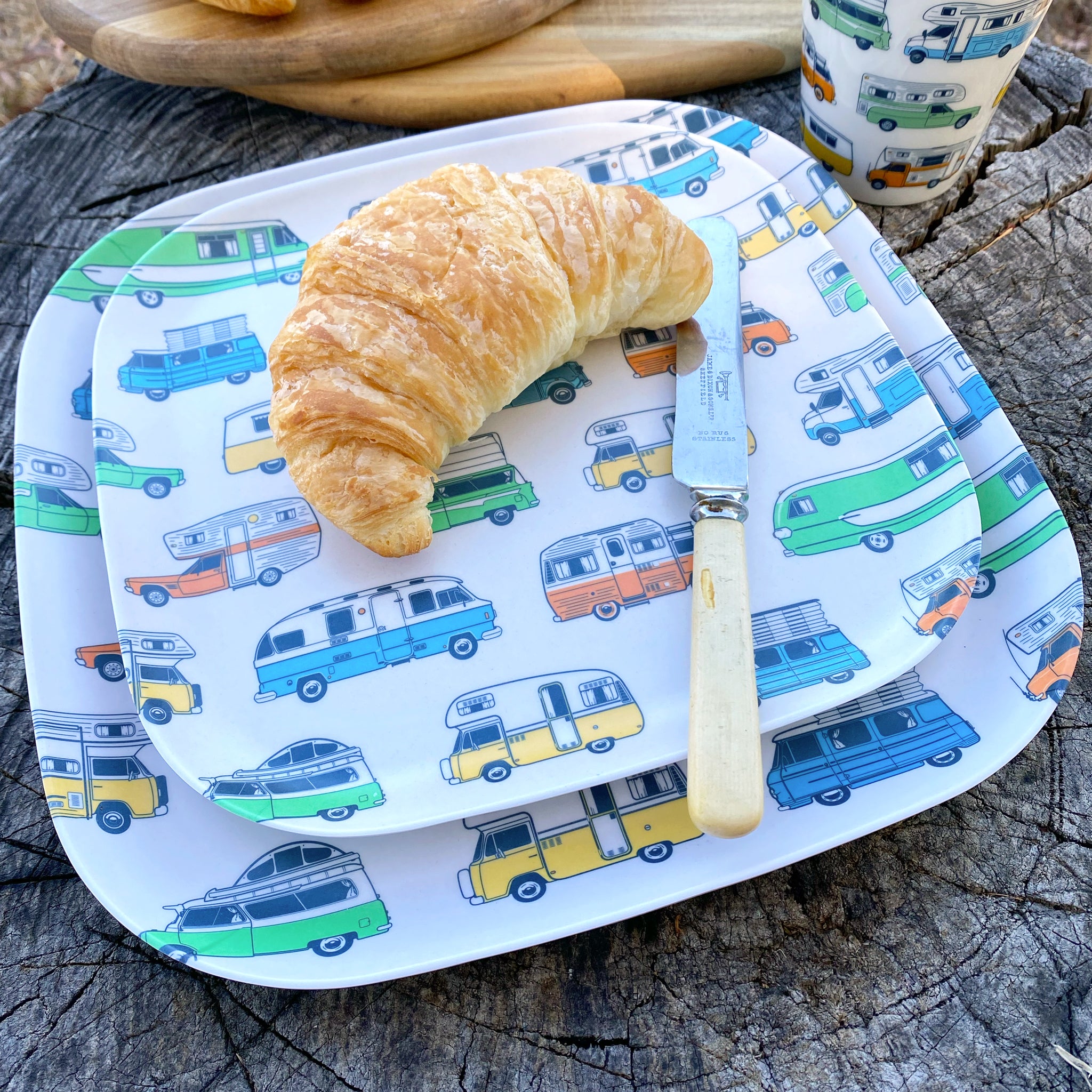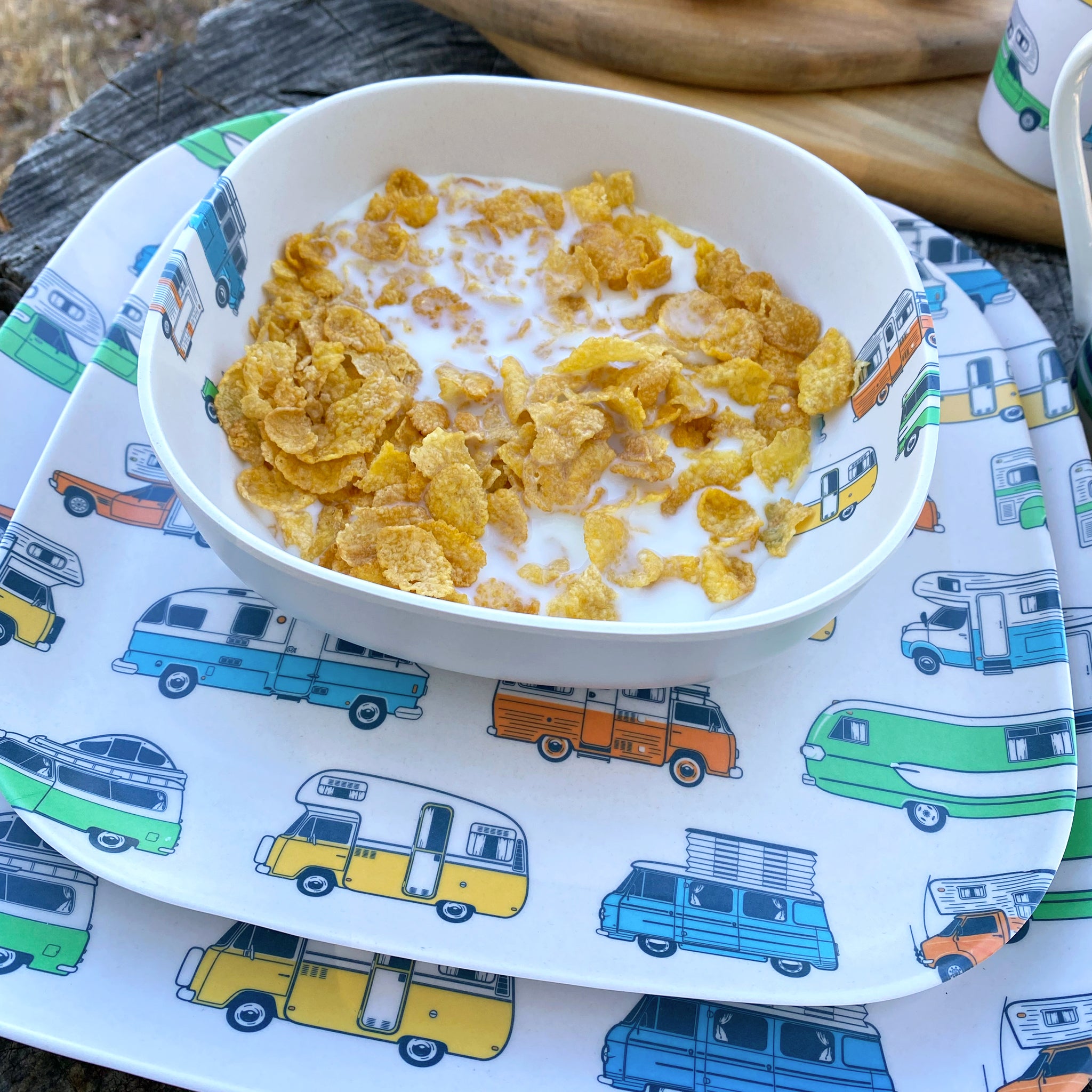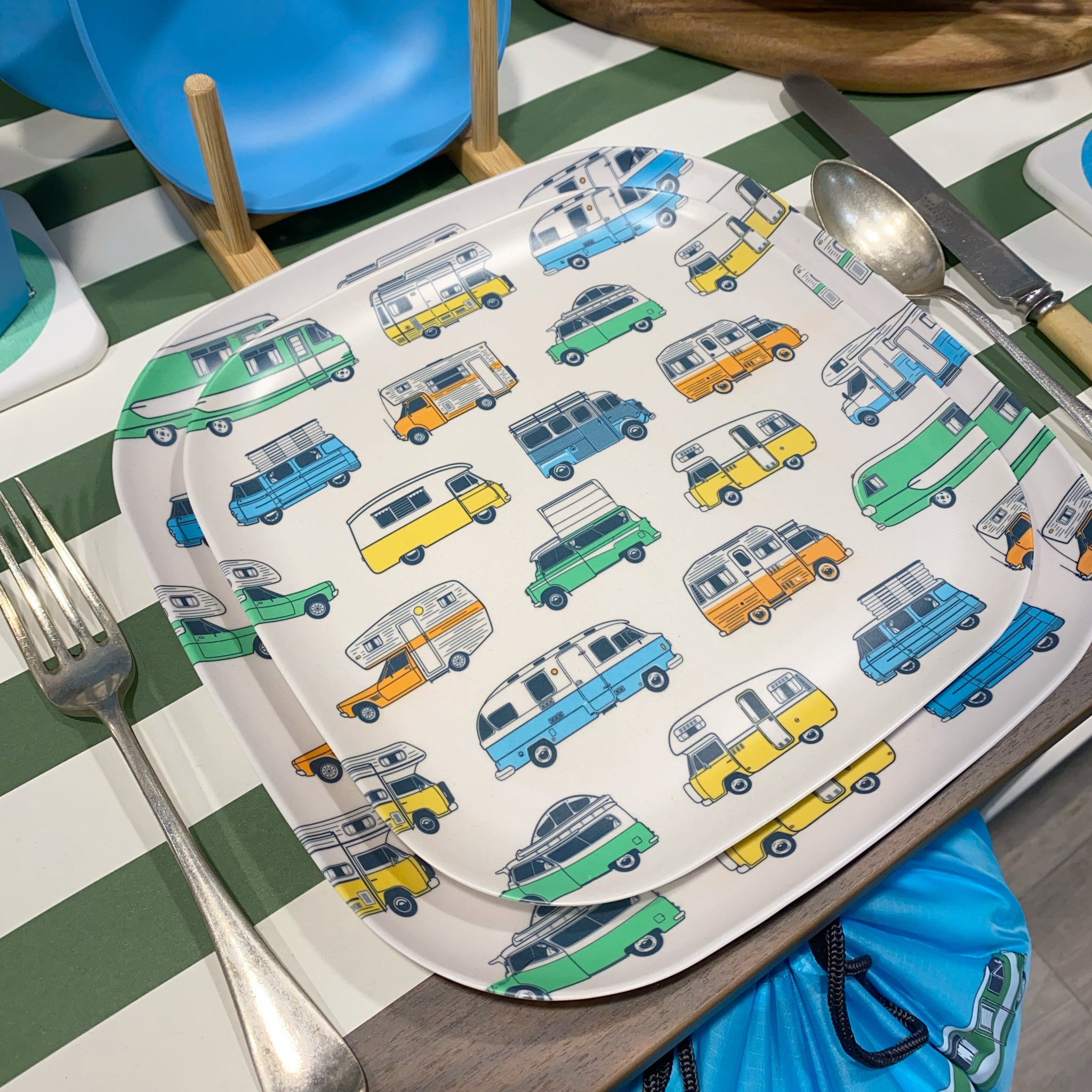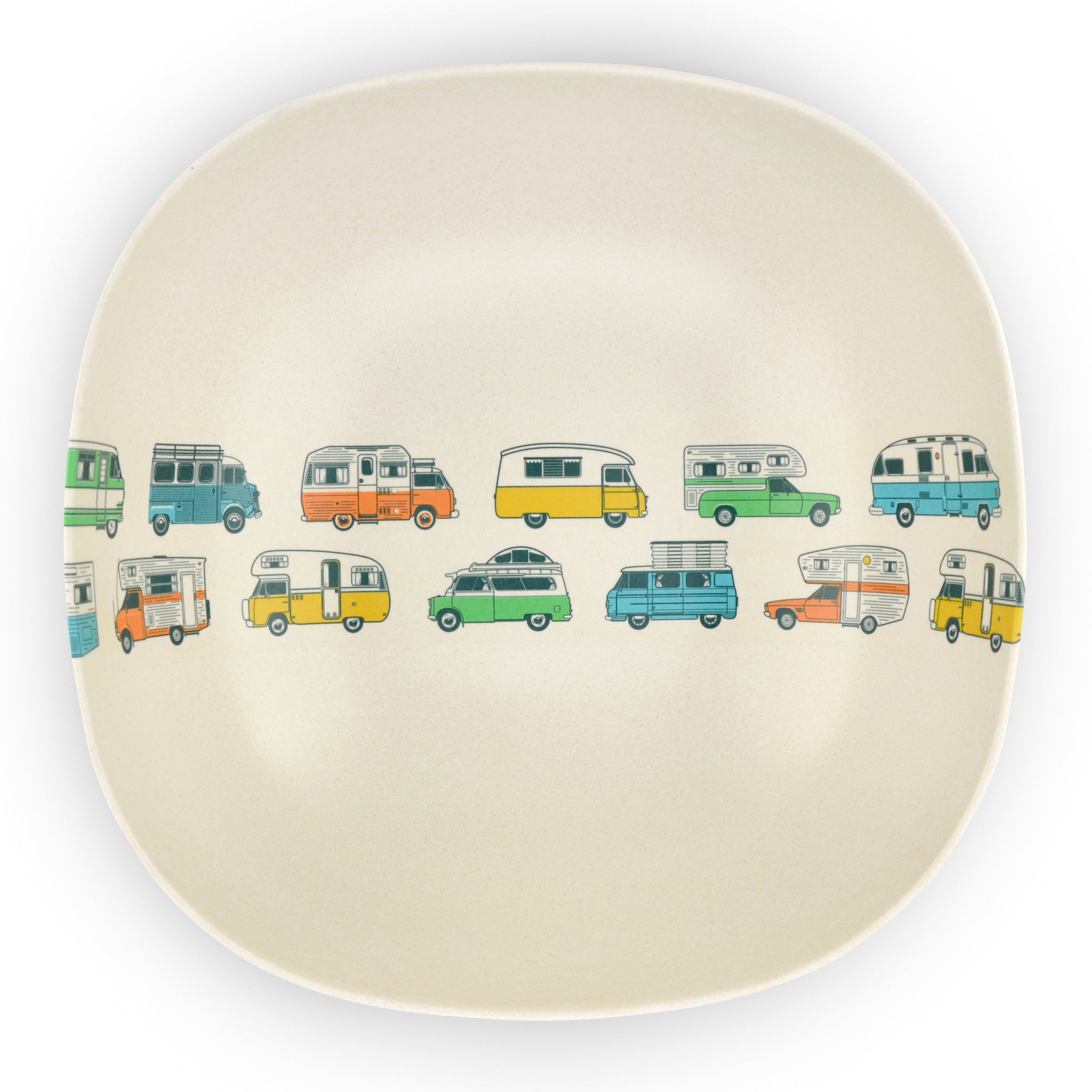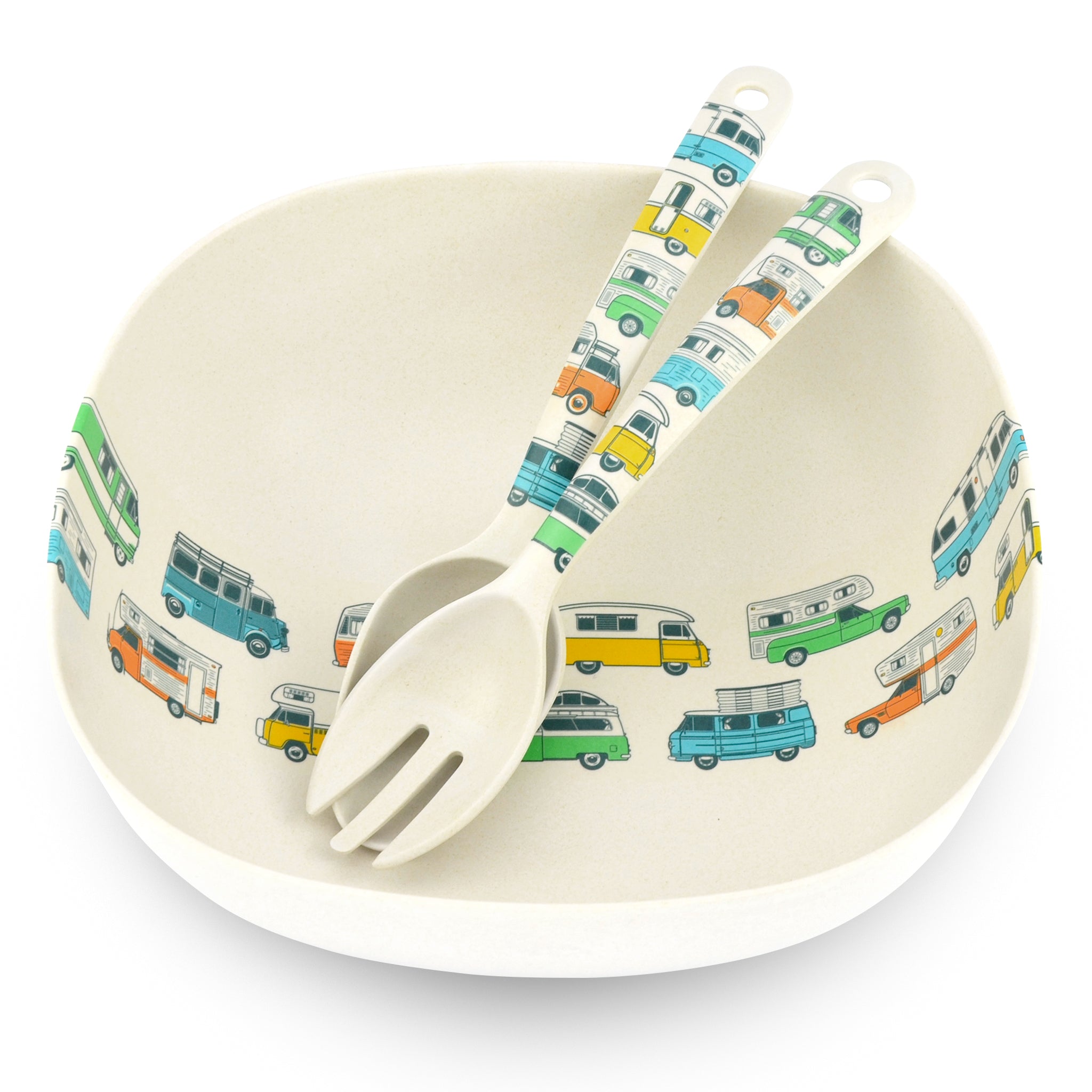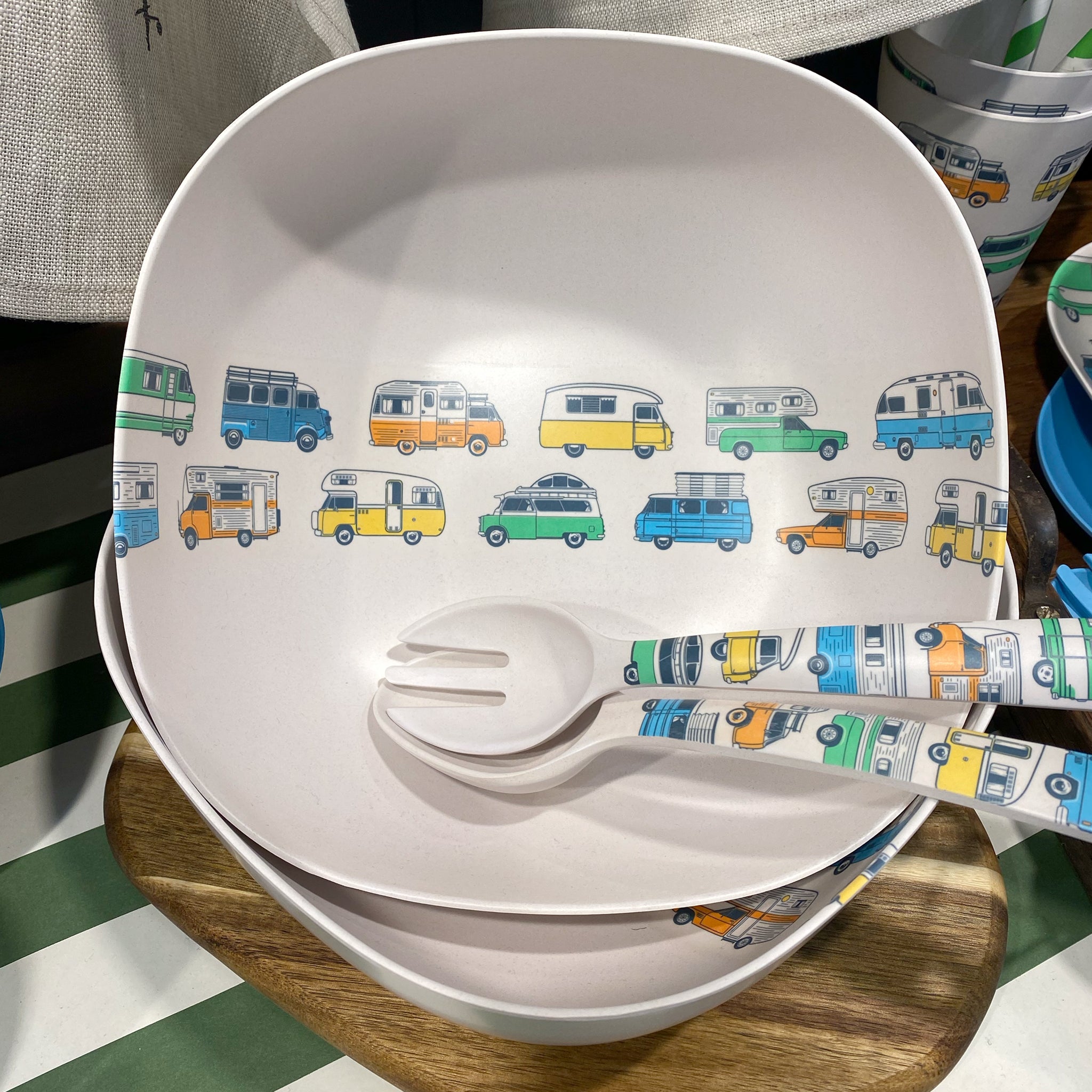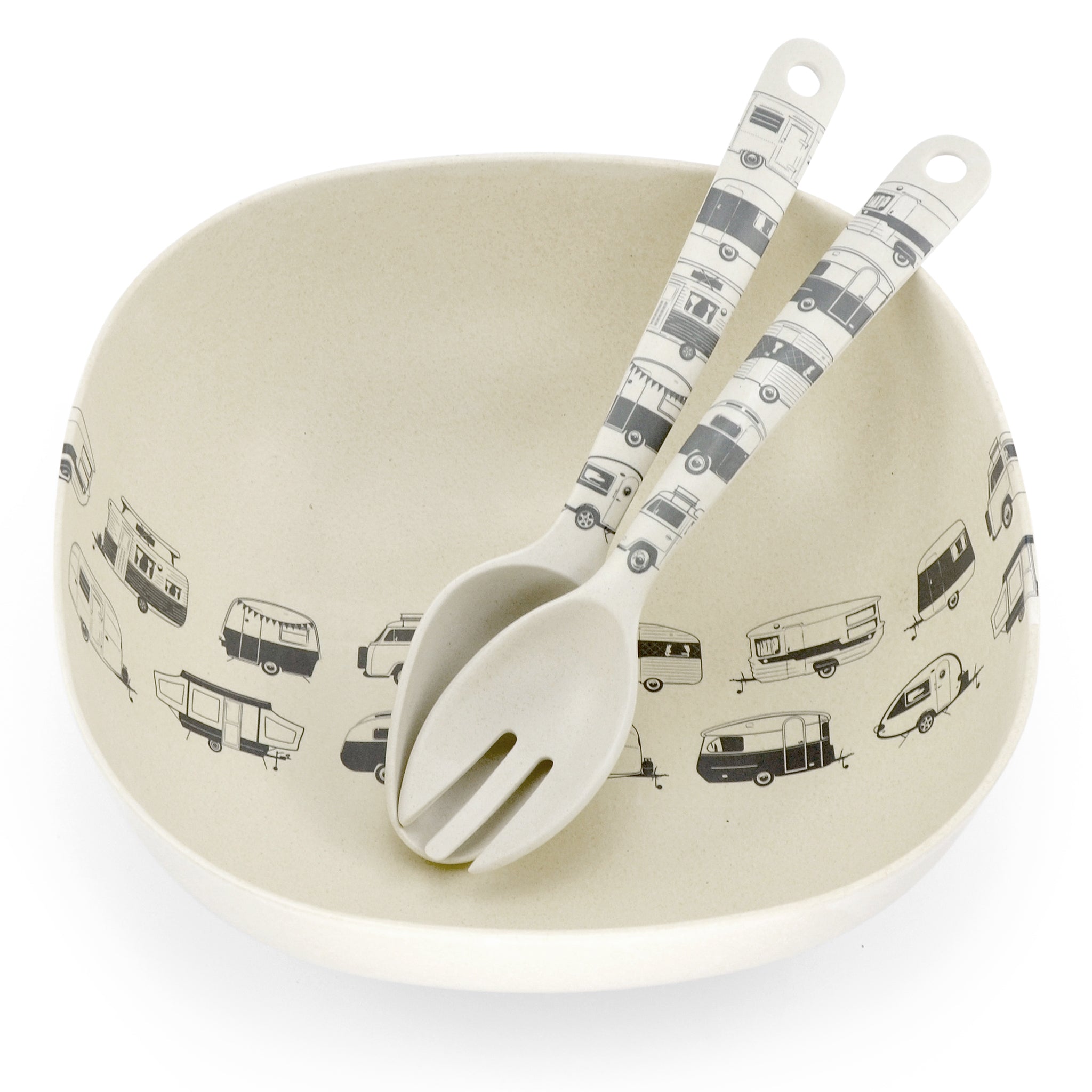

History of the SMV (Sörby Melaniska Verkstad)
Hailing from Sweden, SMV is the oldest caravan factory in Scandinavia. Founder Helmer Berglund originally built cars, but in 1948 decided that caravans were the way forward, thus SMV (Sörby Melaniska Verkstad) was born.
It all began with Berglund’s wife, who wished to own a country retreat, so Berglund sketched a drawing for a mobile home, inspired by American caravans. A prototype was built, then a second one, at the request of a friend...more orders followed…and Berglund had himself a business.
Initially, there were no fancy model names; SMV vans simply came off the production line in consecutive numbers, and only one model was produced at a time. Swedish modesty at its best!
SMV caravans of this time were recognisable by their small windows and the option to lower the kitchen floor for more standing space. Models improved over time, and 1953’s model boasted convex side walls of nailed aluminium plates and larger size.
The model 6 arrived three years later, incorporating larger windows and a proper washing facility, followed by the 8, which saw the movable kitchen floor being discontinued.
The SMV factory always remained small; around this time, there were 750 units being manufactured annually.
SMV caravans became more comfortable on the inside and generous in size as time went on. Also a notable change was that the door was moved to the other side when Sweden changed its road driving side from left to right in 1967.
Due to high costs, the early 1970’s saw the classic cedar interior being replaced by oak veneer and vinyl, much to the chagrin of loyal SMV enthusiasts. It was also around this time that three employees took over the factory.
In 1976, the factory switched to model numbers relating to the caravan lengths, such as 420 and 520. One year later, the entry-level model increased to 440, and from 1978, every chassis was galvanised.
SMV has always remained a small factory with a maximum production of 750 units in 1964. In 1973, 3 employees took over the factory, in 1984 and 1985 bankruptcies followed and from 1987 on again became SMV.


A year later, the entry-level model grew to the slightly longer 440 and from 1978 every chassis underwent a galvanization process.Labor-intensive production put SMV in an increasingly difficult competitive position, which prompted the management to decide in 1979 to opt for flat side walls made of bubble plate with rectangular windows; according to many an impairment of character. As novelties for 1980, the factory unveiled the 525 as the successor to the 520, the compact 380 and, at the other end of the spectrum, the 590 Boggie, a tandem axle. After a short time, this giant got a world first in the quality of an aluminum base. The 525 disappeared from the scene a year later, but now the 460 presented itself. For 1984, SMV came up with the only briefly made, double-axle 550 GL, the "regular" 550 and the completely different Trofe with a particularly angular appearance, while the 460 retreated again. The 380 and the Boggie were no longer on the program.Within the quest for broadening, the Campero was born in 1985, a camper based on the Ford Transit, but it did not help to prevent SMV from reaching the edge of the abyss. A few employees managed to save the factory from bankruptcy in the nick of time and continued the company under the leadership of Raimo Tunsved, who is still managing it today. The salvation mainly lay in the addition of a few important disciplines: maintenance, repair and restoration of (older) SMV caravans. As the years passed, production slowed down and a number of types were gradually scrapped: the Campero in 1987, the 440 in 1990, the Trofe in 1993 and the 550 in 1995. However, they appeared in 1989 and 2003 respectively. the 450 and 500 on the scene, which today can still be supplied on special request, with options for processing special customer requirements. A few years ago SMV experimented with the Journey, a brand new model full of progressive techniques, but it never made it further than a scale model. A special project that should not be left unmentioned is the Bastuvagn, or a fully operational "sauna caravan" from 2003, of which only one exists. So now and then the company sometimes shows its stubborn character, but the glory years seem to be over.
If you love caravans, then check out our amazing range of Caravan themed bamboo travel mugs, drinkware and tablewear which are guaranteed to brighten up your day!

